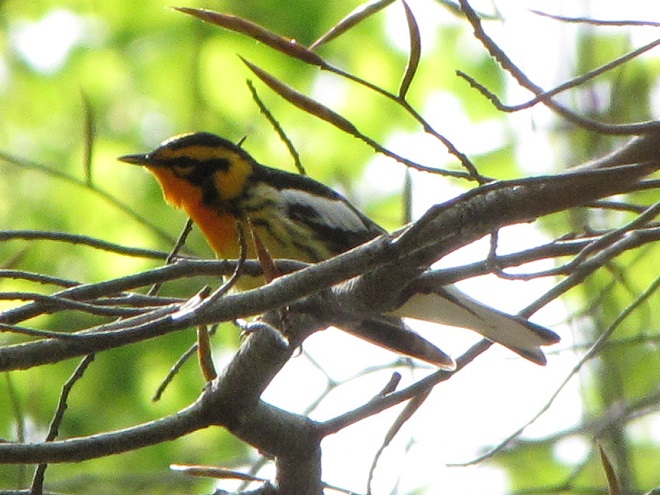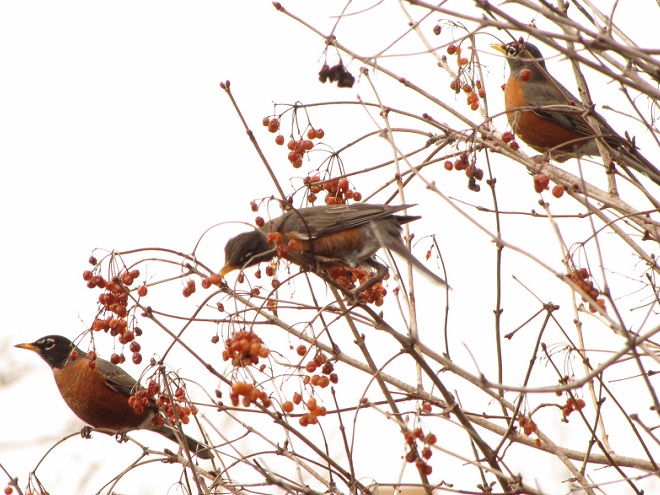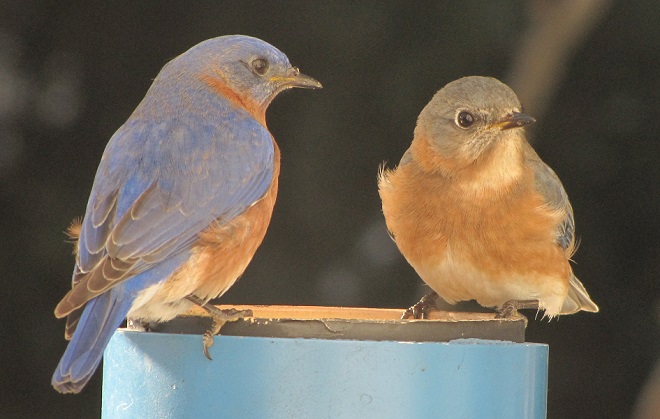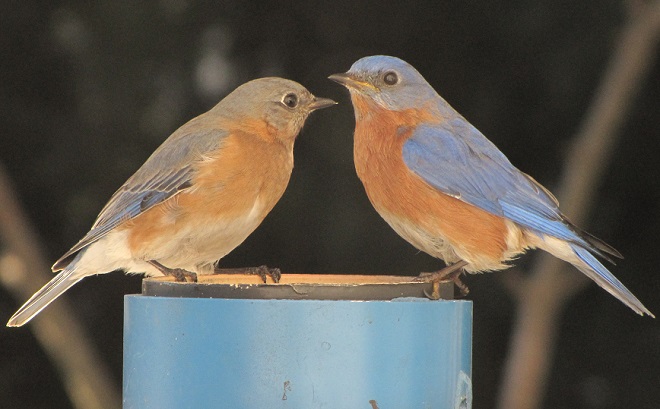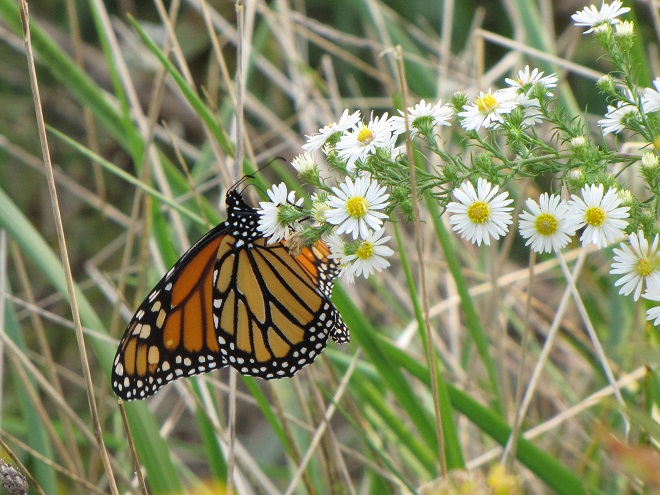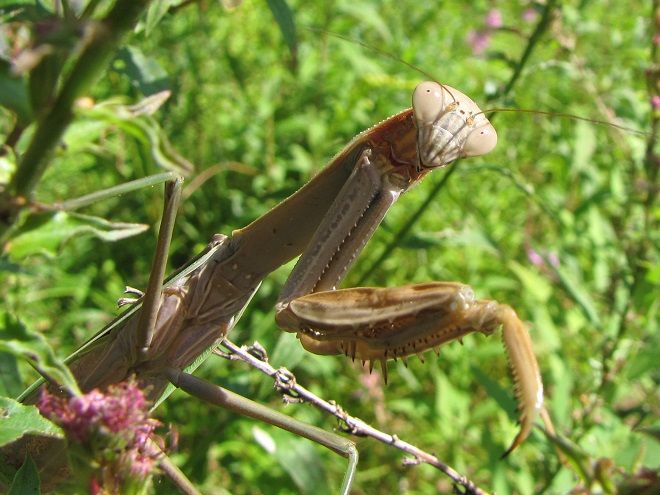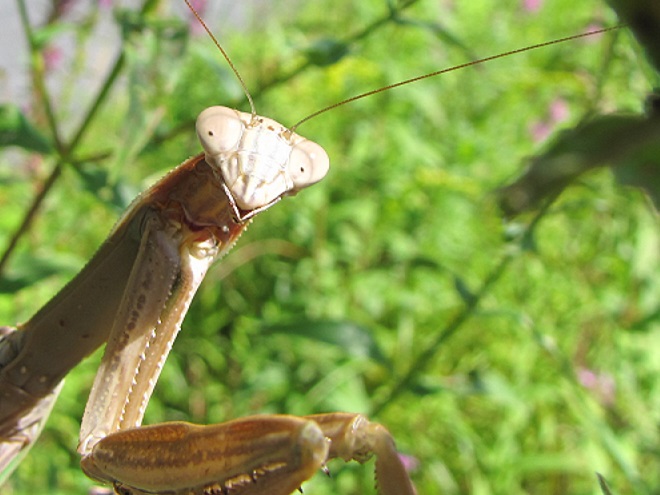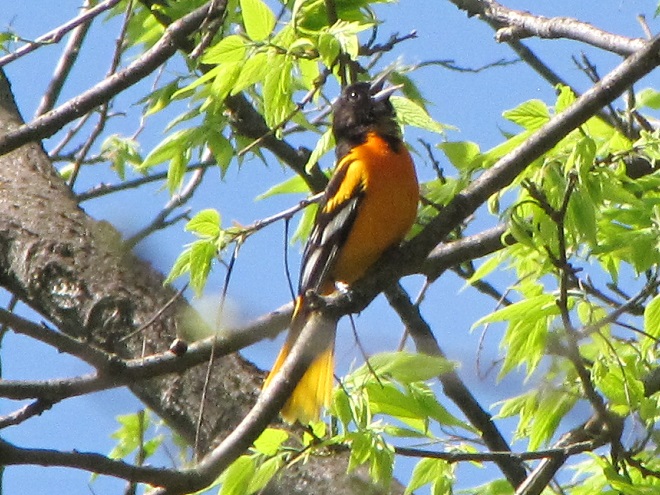
Photo of the Day
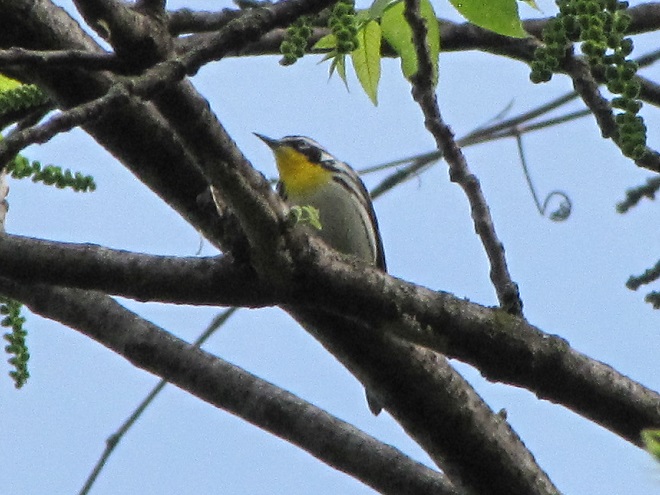
Photo of the Day
Early May Migration
National Weather Service radar showed a sizeable nocturnal flight of migrating birds early this morning. Let’s go for a short stroll and see what’s around.
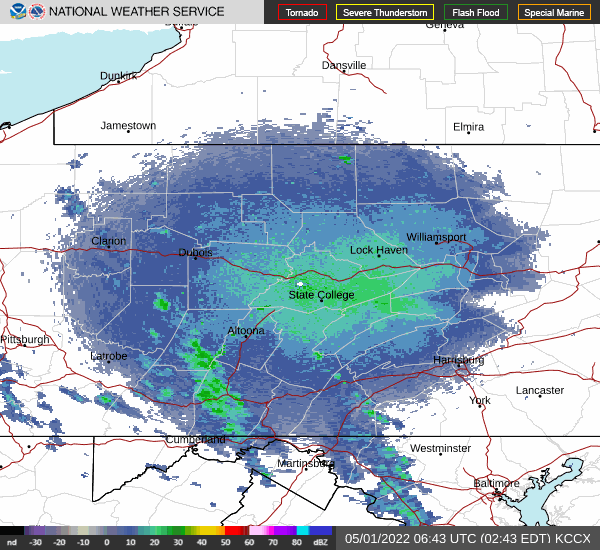
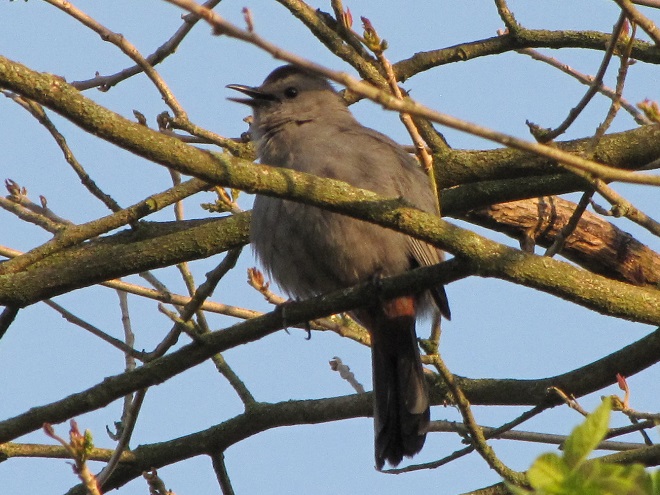
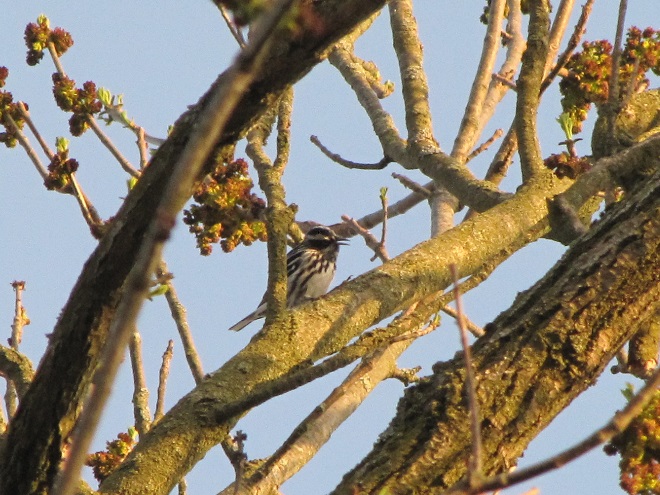
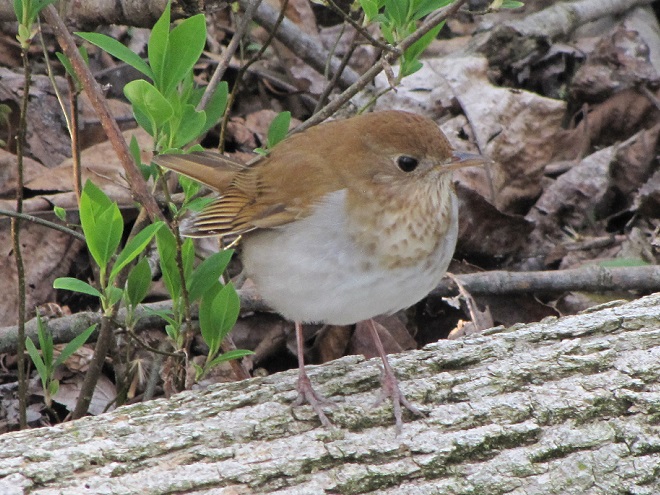
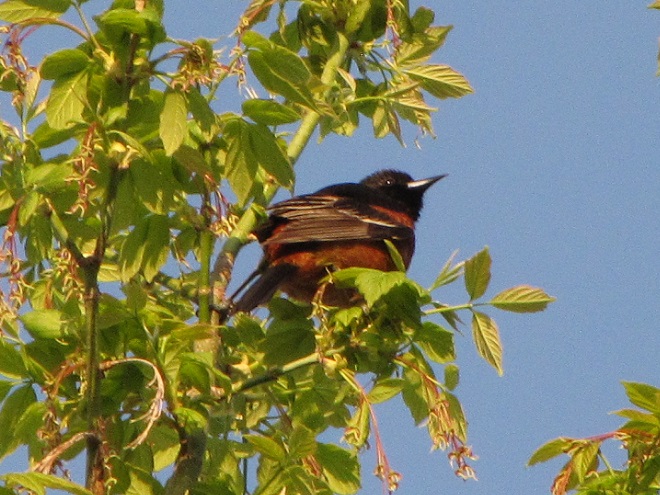
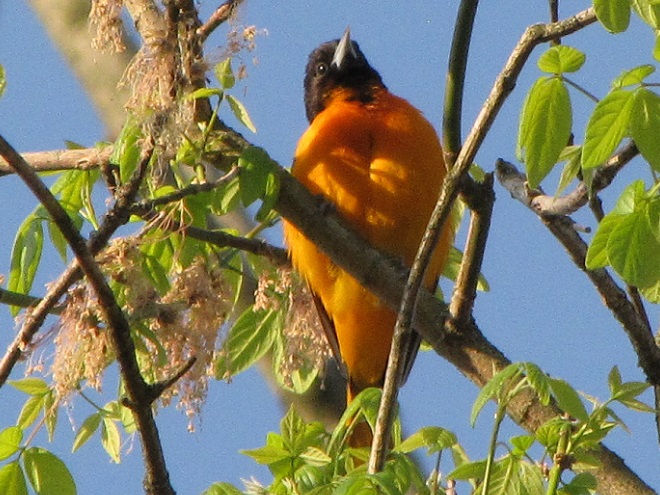
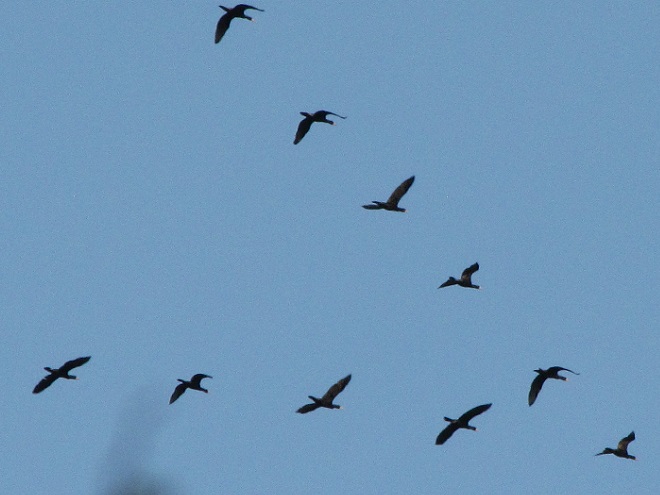
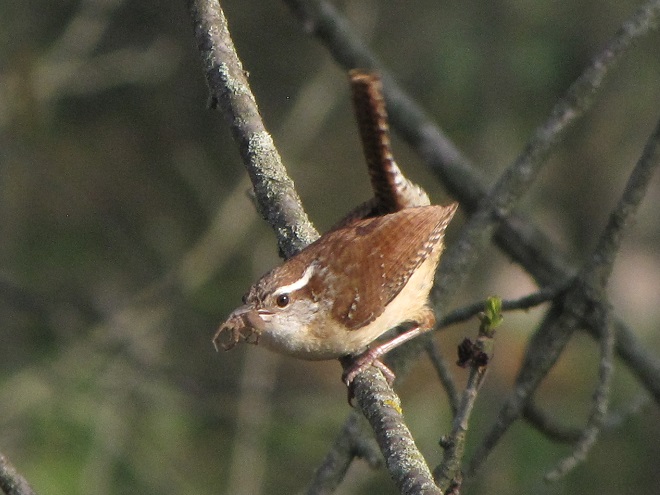
Photo of the Day
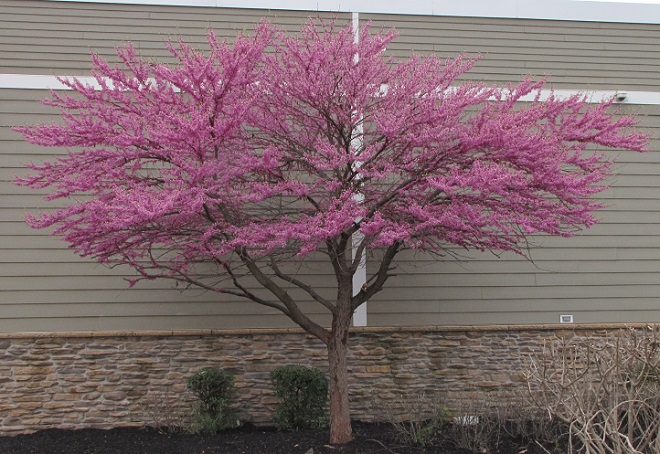
Times Are Tough
Rising prices, an exhausted workforce, political polarization, and pandemic fatigue—times are tough. Product shortages have the consumer culture in a near panic. Some say the future just isn’t what it used to be.
Well, Uncle Tyler Dyer reminds us that things could be worse. He shares with us this observation, “Man, as long as people are spending money poisoning the weeds on their lawns instead of eating them, things aren’t that bad.”
Uncle Ty is particularly fond of the Common Dandelion (Taraxacum officinale), “Check it out. Roasted dandelion roots can make a coffee substitute, the blossoms a wine, and the leaves used to create my favorites, nutrient-dense salads or green vegetable dishes.”
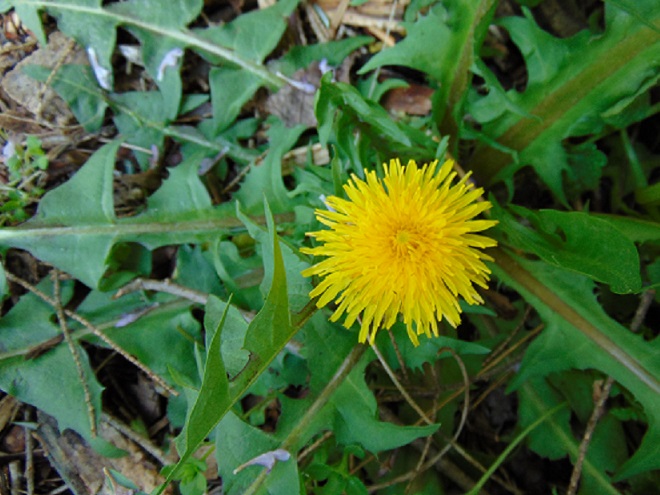

So have a homegrown salad and remember, maybe things aren’t that bad after all.
Photo of the Day

Photo of the Day
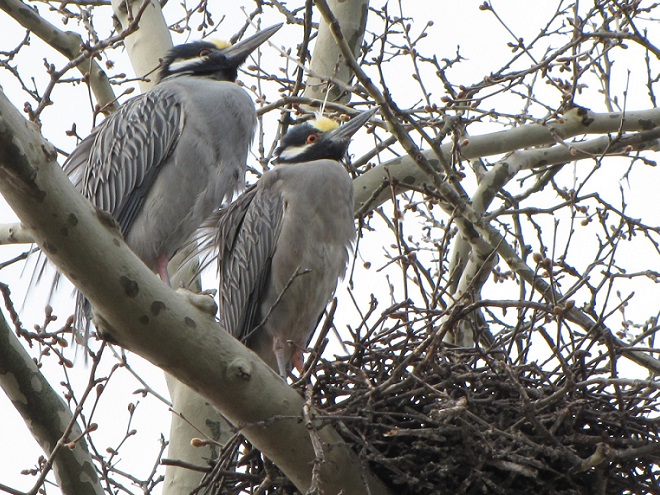
Photo of the Day
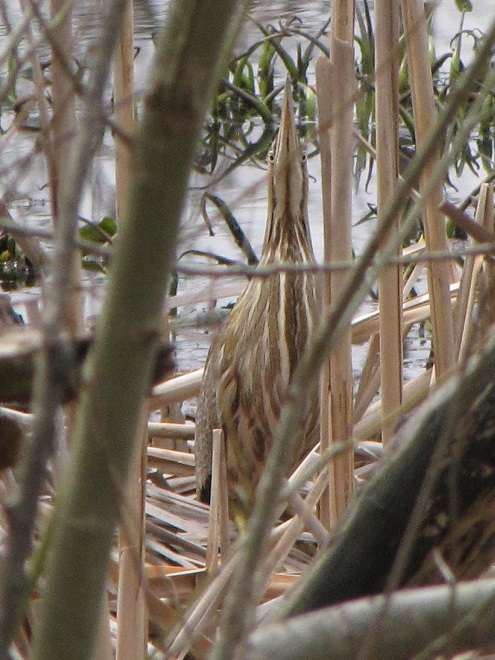
Photo of the Day
Five Best Values for Feeding Birds
Despite being located in an urbanized downtown setting, blustery weather in recent days has inspired a wonderful variety of small birds to visit the garden here at the susquehannawildlife.net headquarters to feed and refresh. For those among you who may enjoy an opportunity to see an interesting variety of native birds living around your place, we’ve assembled a list of our five favorite foods for wild birds.
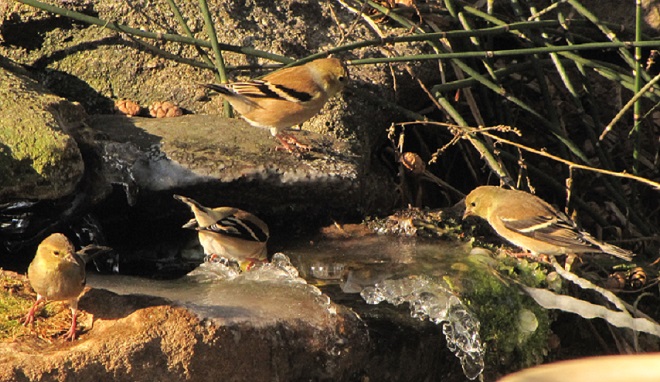
The selections on our list are foods that provide supplemental nutrition and/or energy for indigenous species, mostly songbirds, without sustaining your neighborhood’s non-native European Starlings and House Sparrows, mooching Eastern Gray Squirrels, or flock of ecologically destructive hand-fed waterfowl. We’ve included foods that aren’t necessarily the cheapest but are instead those that are the best value when offered properly.
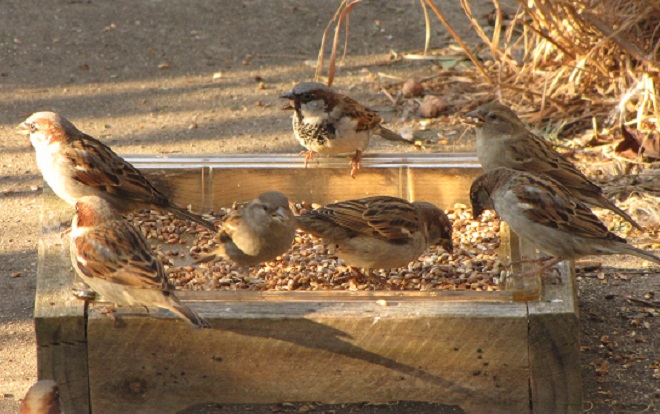
Number 5
Raw Beef Suet
In addition to rendered beef suet, manufactured suet cakes usually contain seeds, cracked corn, peanuts, and other ingredients that attract European Starlings, House Sparrows, and squirrels to the feeder, often excluding woodpeckers and other native species from the fare. Instead, we provide raw beef suet.
Because it is unrendered and can turn rancid, raw beef suet is strictly a food to be offered in cold weather. It is a favorite of woodpeckers, nuthatches, and many other species. Ask for it at your local meat counter, where it is generally inexpensive.
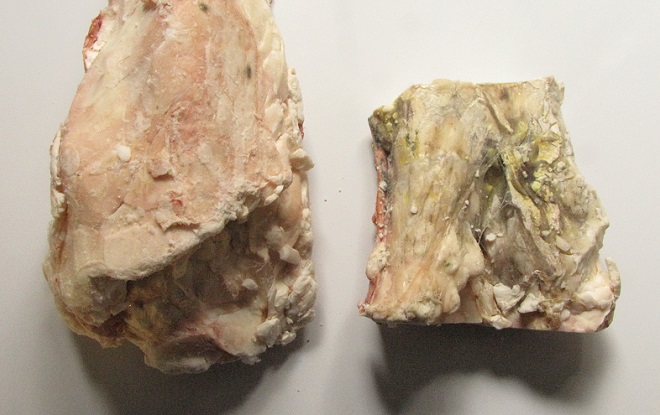
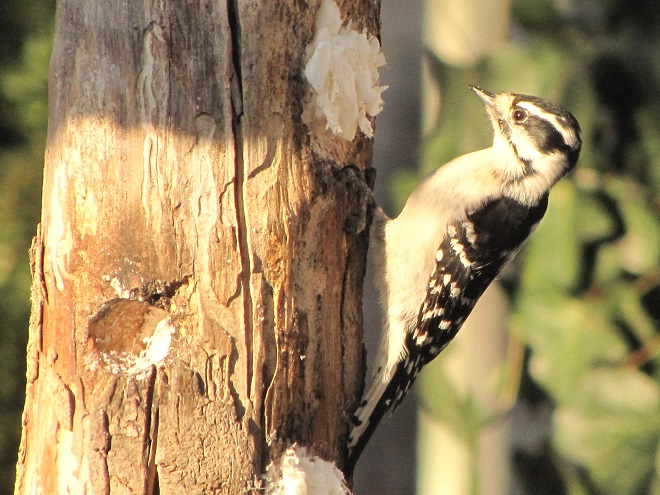
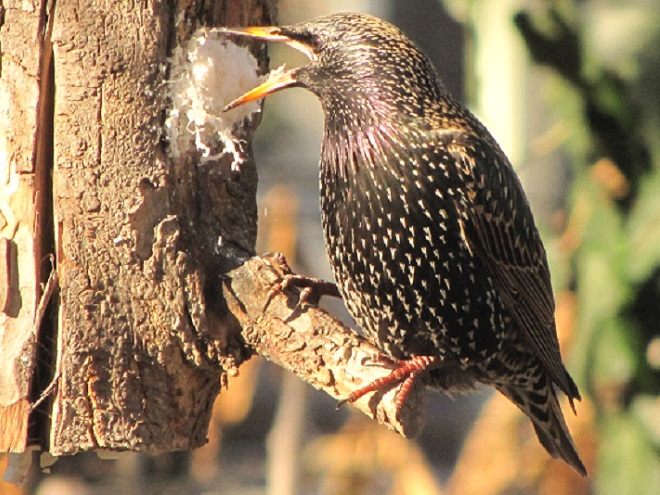
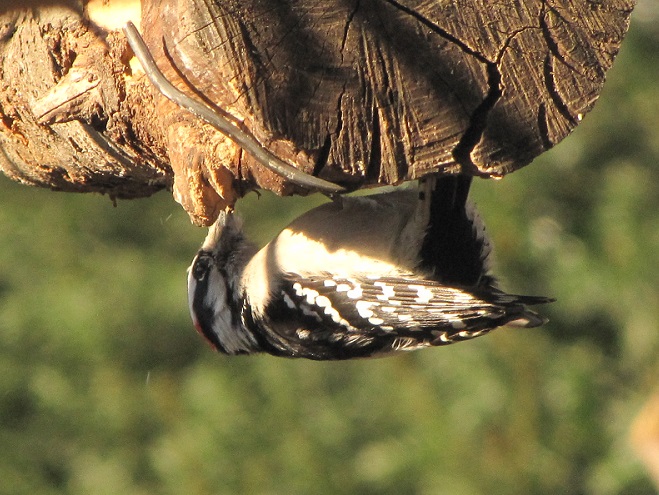
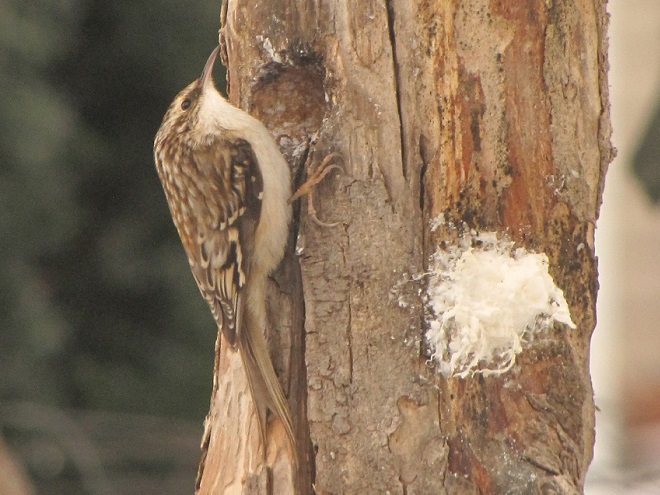
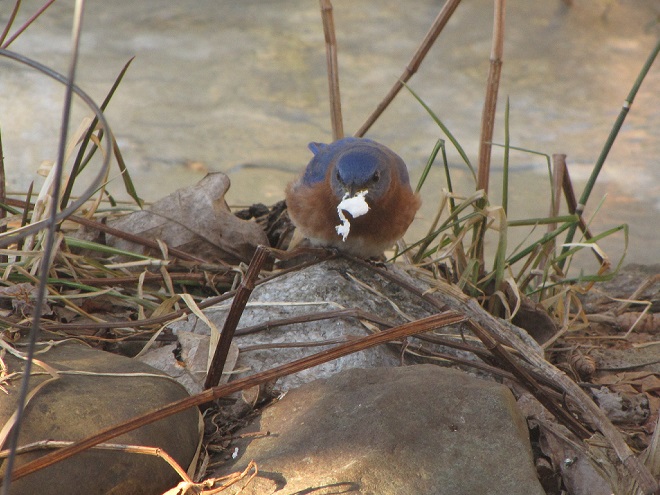
Number 4
Niger (“Thistle”) Seed
Niger seed, also known as nyjer or nyger, is derived from the sunflower-like plant Guizotia abyssinica, a native of Ethiopia. By the pound, niger seed is usually the most expensive of the bird seeds regularly sold in retail outlets. Nevertheless, it is a good value when offered in a tube or wire mesh feeder that prevents House Sparrows and other species from quickly “shoveling” it to the ground. European starlings and squirrels don’t bother with niger seed at all.
Niger seed must be kept dry. Mold will quickly make niger seed inedible if it gets wet, so avoid using “thistle socks” as feeders. A dome or other protective covering above a tube or wire mesh feeder reduces the frequency with which feeders must be cleaned and moist seed discarded. Remember, keep it fresh and keep it dry!
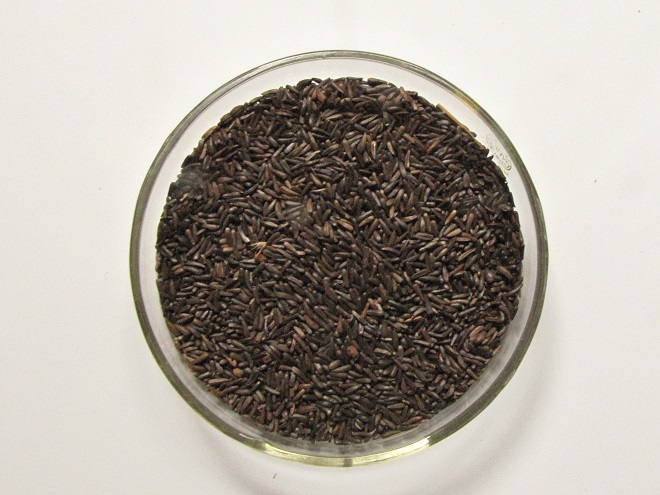
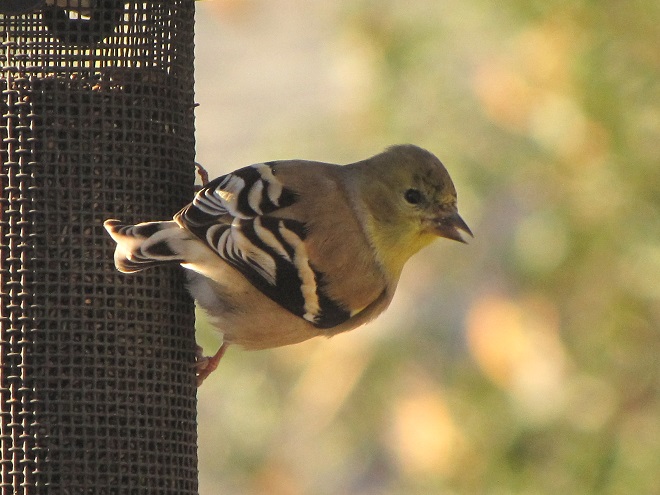
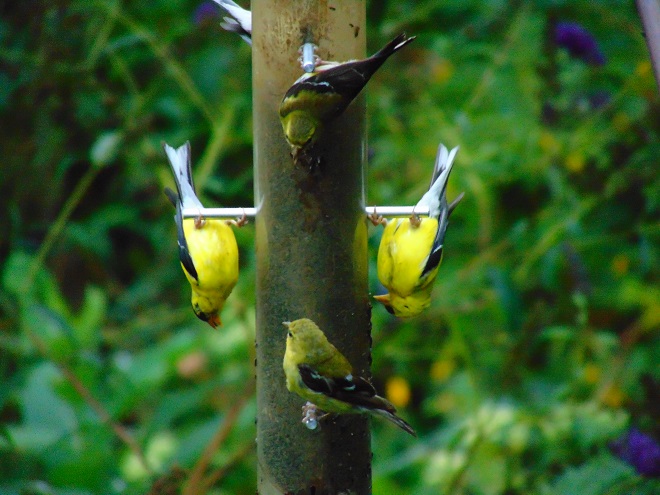
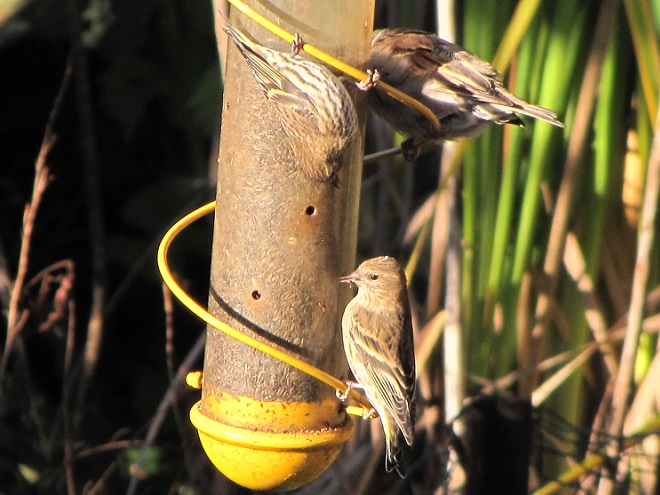
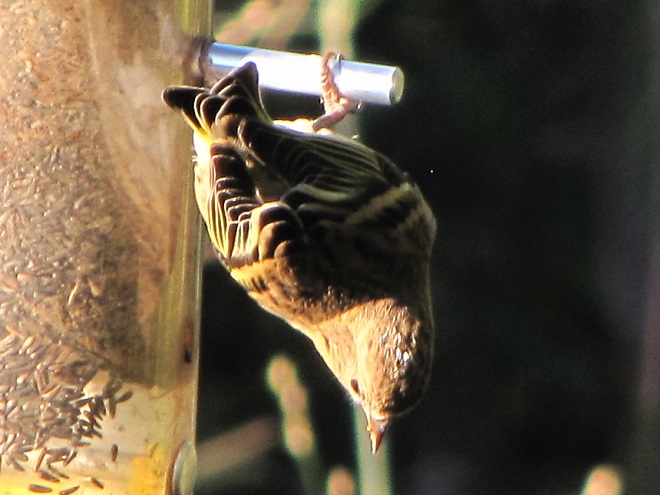
Number 3
Striped Sunflower Seed
Striped sunflower seed, also known as grey-striped sunflower seed, is harvested from a cultivar of the Common Sunflower (Helianthus annuus), the same tall garden plant with a massive bloom that you grew as a kid. The Common Sunflower is indigenous to areas west of the Mississippi River and its seeds are readily eaten by many native species of birds including jays, finches, and grosbeaks. The husks are harder to crack than those of black oil sunflower seed, so House Sparrows consume less, particularly when it is offered in a feeder that prevents “shoveling”. For obvious reasons, a squirrel-proof or squirrel-resistant feeder should be used for striped sunflower seed.
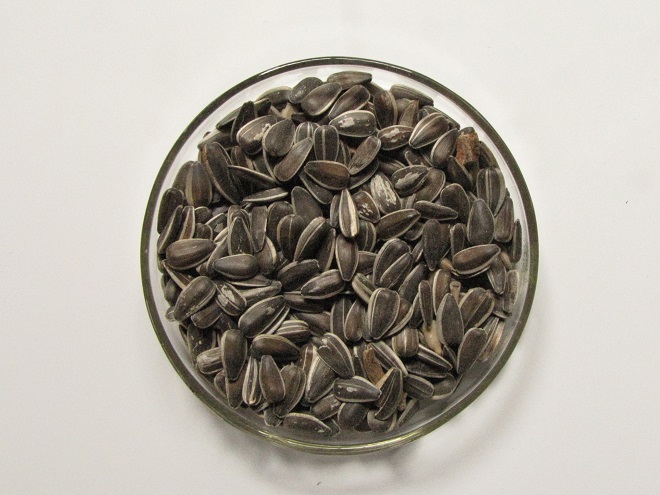
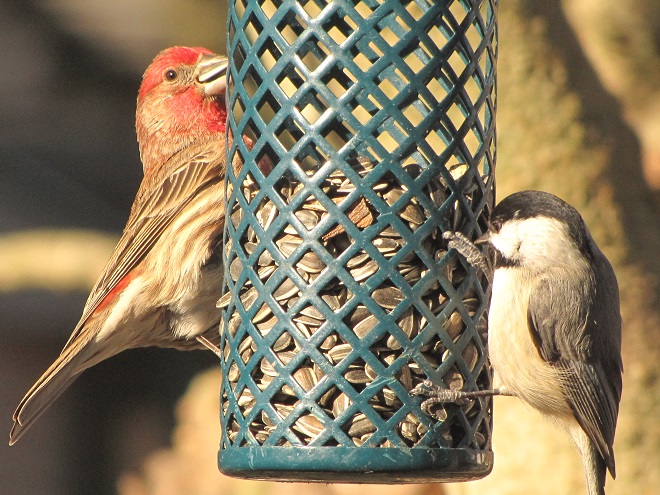
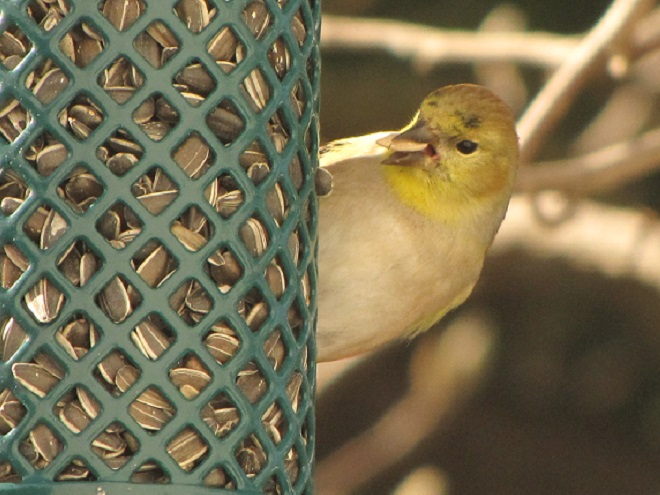
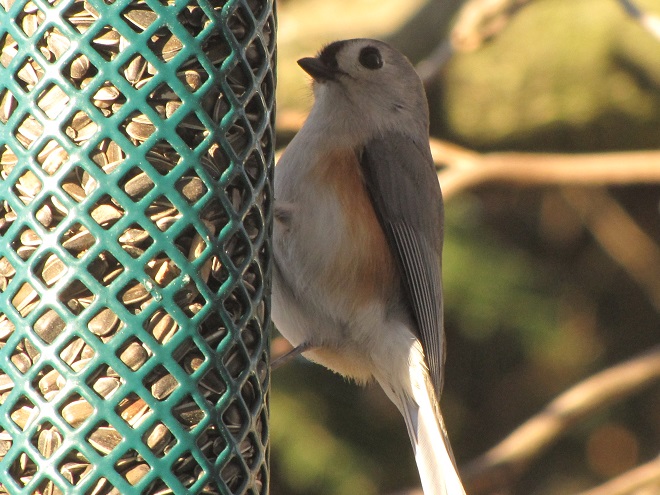
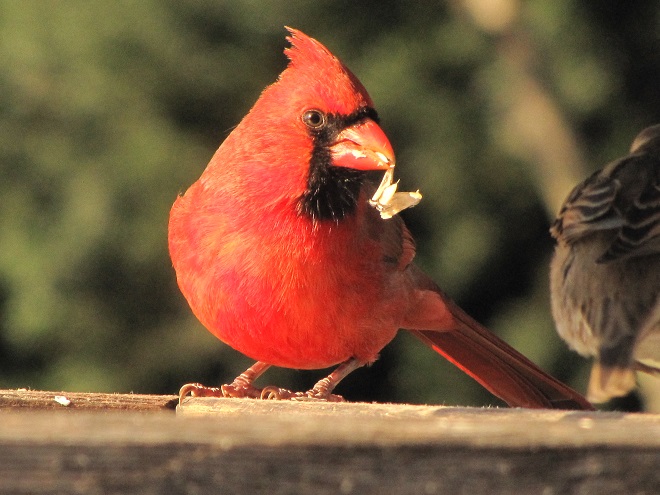
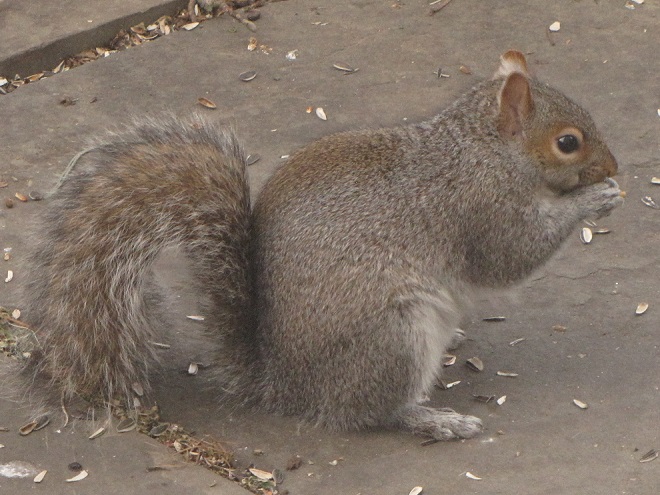
Number 2
Mealworms
Mealworms are the commercially produced larvae of the beetle Tenebrio molitor. Dried or live mealworms are a marvelous supplement to the diets of numerous birds that might not otherwise visit your garden. Woodpeckers, titmice, wrens, mockingbirds, warblers, and bluebirds are among the species savoring protein-rich mealworms. The trick is to offer them without European Starlings noticing or having access to them because European Starlings you see, go crazy over a meal of mealworms.
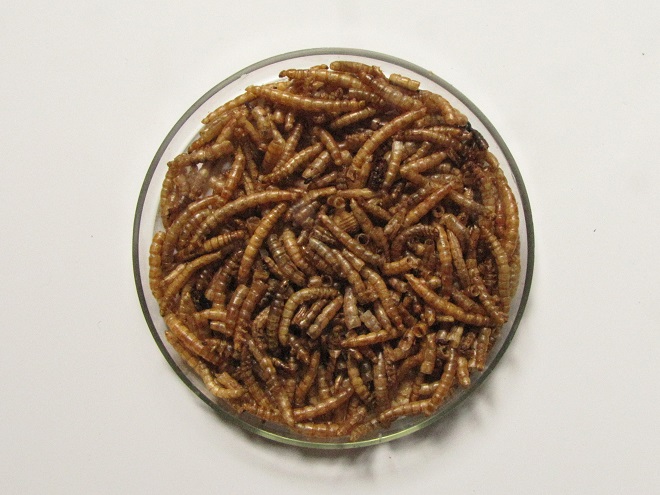
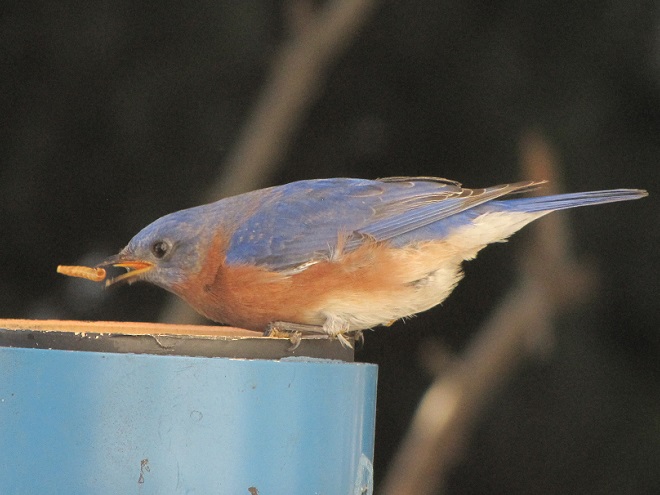
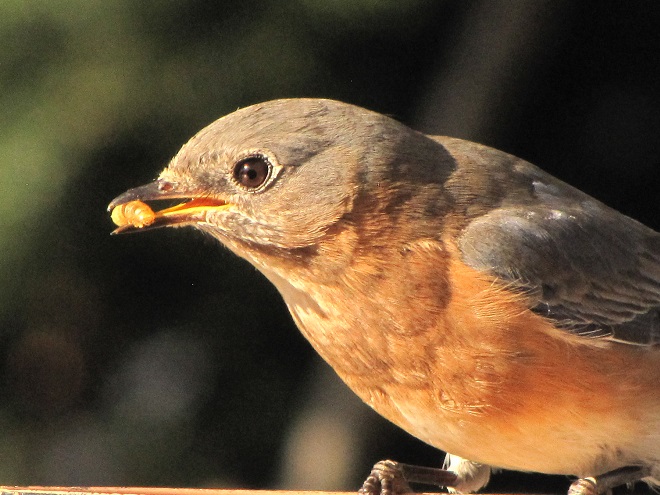
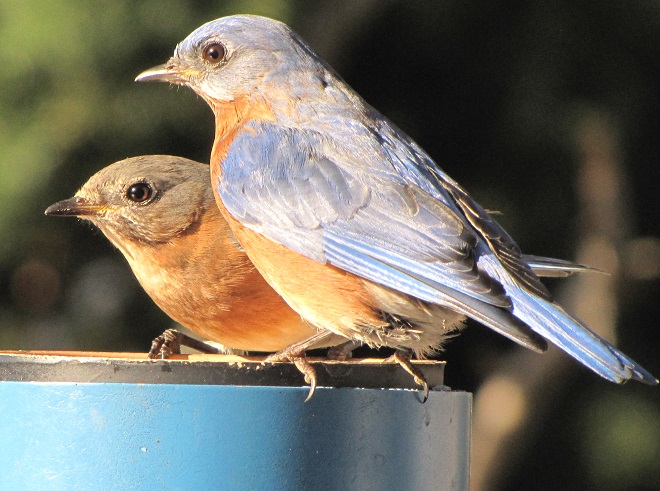
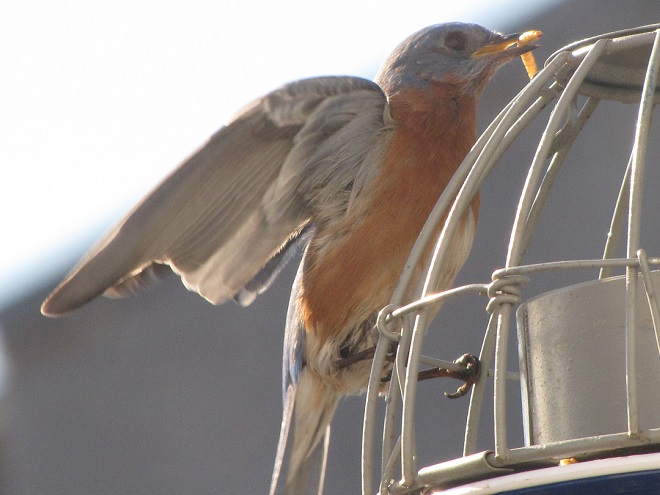
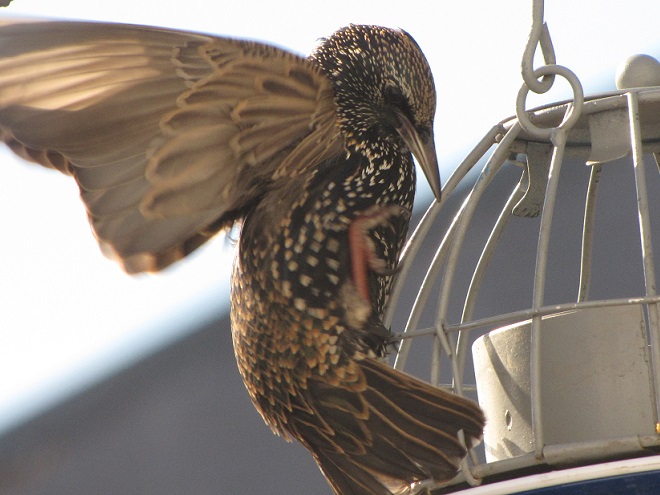
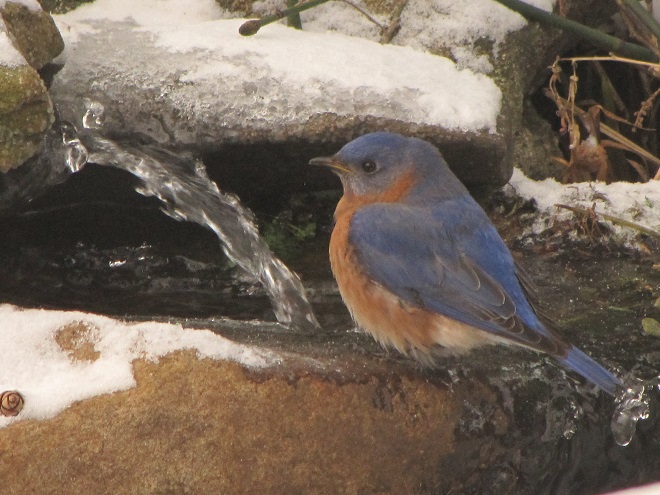
Number 1
Food-producing Native Shrubs and Trees
The best value for feeding birds and other wildlife in your garden is to plant food-producing native plants, particularly shrubs and trees. After an initial investment, they can provide food, cover, and roosting sites year after year. In addition, you’ll have a more complete food chain on a property populated by native plants and all the associated life forms they support (insects, spiders, etc.).
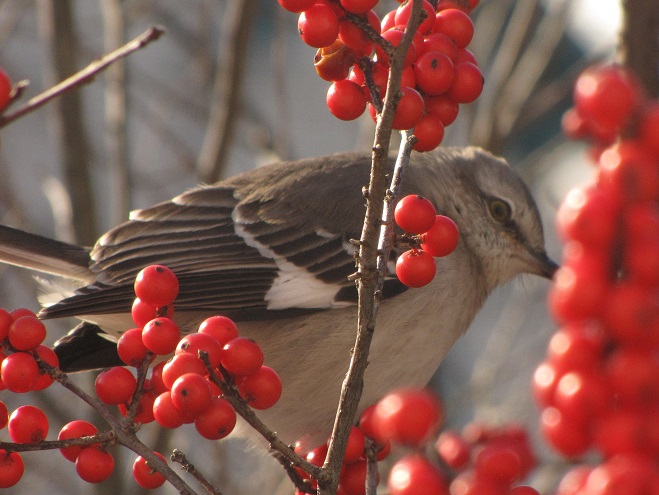
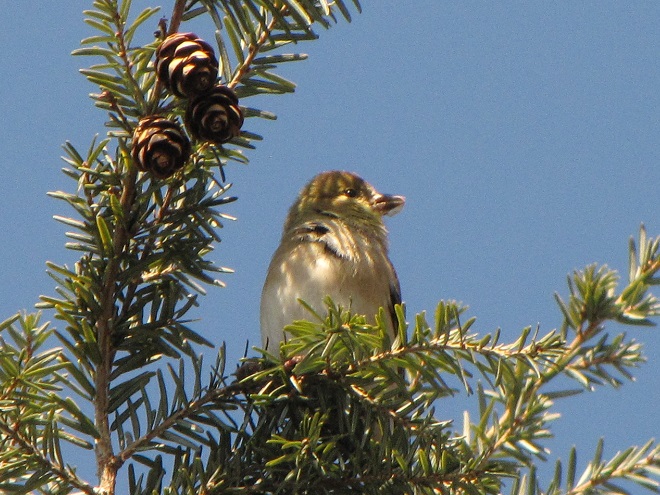
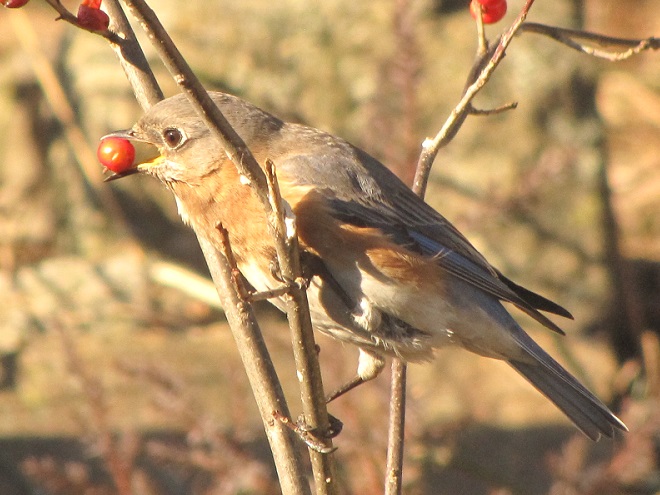
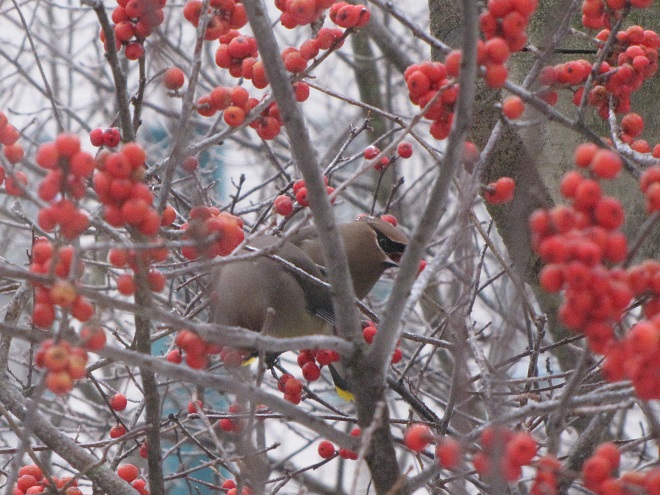
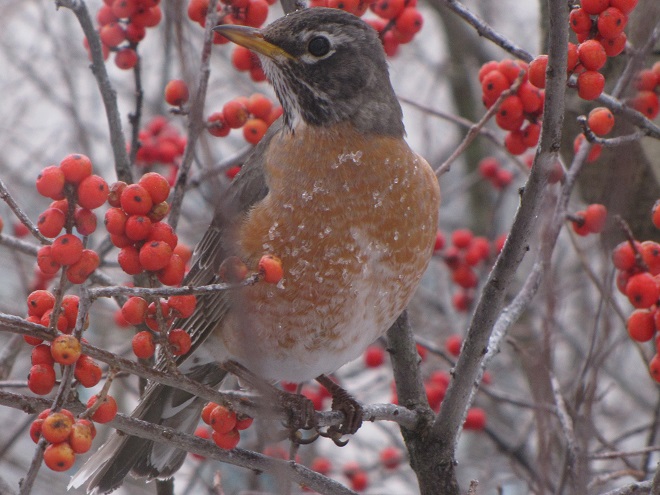
Your local County Conservation District is having its annual spring tree sale soon. They have a wide selection to choose from each year and the plants are inexpensive. They offer everything from evergreens and oaks to grasses and flowers. You can afford to scrap the lawn and revegetate your whole property at these prices—no kidding, we did it. You need to preorder for pickup in the spring. To order, check their websites now or give them a call. These food-producing native shrubs and trees are by far the best bird feeding value that you’re likely to find, so don’t let this year’s sales pass you by!
Photo of the Day
Photo of the Day
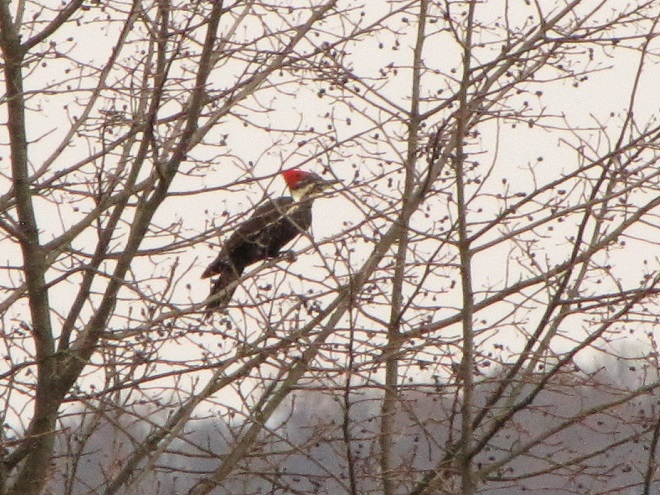
A Visit to Bombay Hook National Wildlife Refuge
It’s surprising how many millions of people travel the busy coastal routes of Delaware each year to leave the traffic congestion and hectic life of the northeast corridor behind to visit congested hectic shore towns like Rehobeth Beach, Bethany Beach, and Ocean City, Maryland. They call it a vacation, or a holiday, or a weekend, and it’s exhausting. What’s amazing is how many of them drive right by a breathtaking national treasure located along Delaware Bay just east of the city of Dover—and never know it. A short detour on your route will take you there. It’s Bombay Hook National Wildlife Refuge, a quiet but spectacular place that draws few crowds of tourists, but lots of birds and other wildlife.
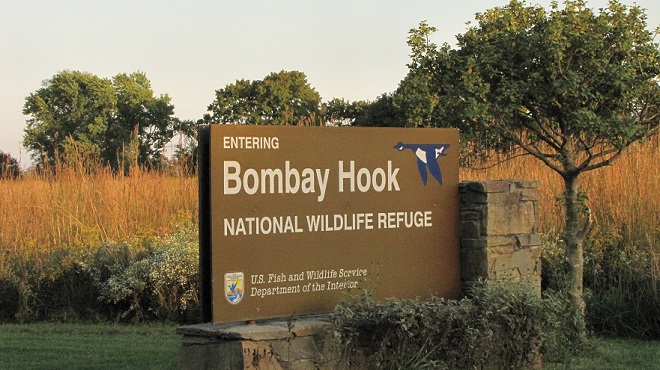
Let’s join Uncle Tyler Dyer and have a look around Bombay Hook. He’s got his duck stamp and he’s ready to go.
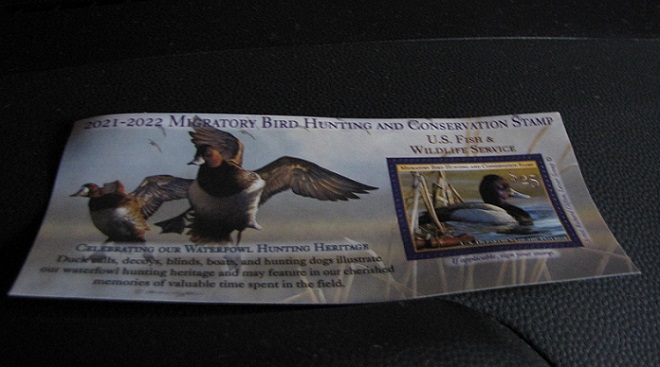
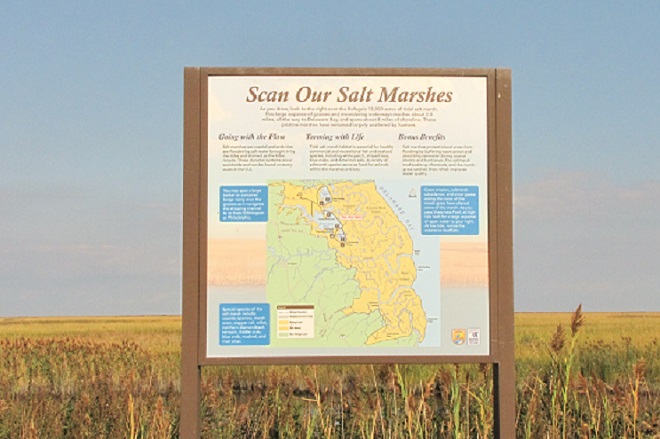
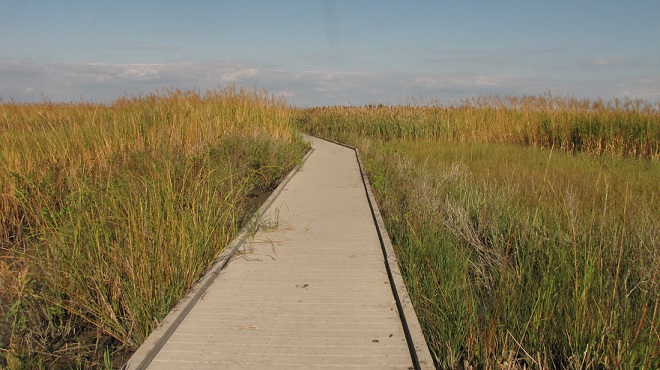
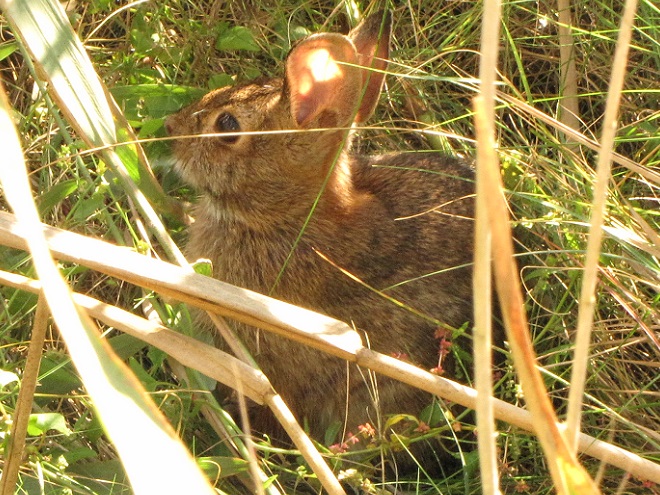

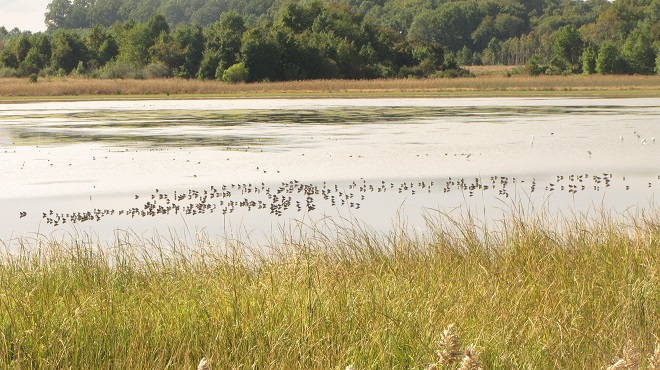
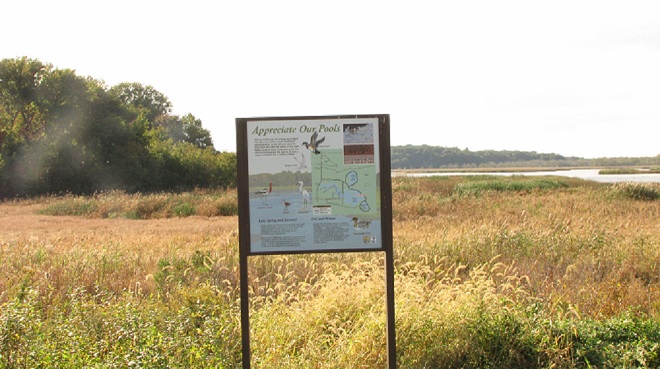
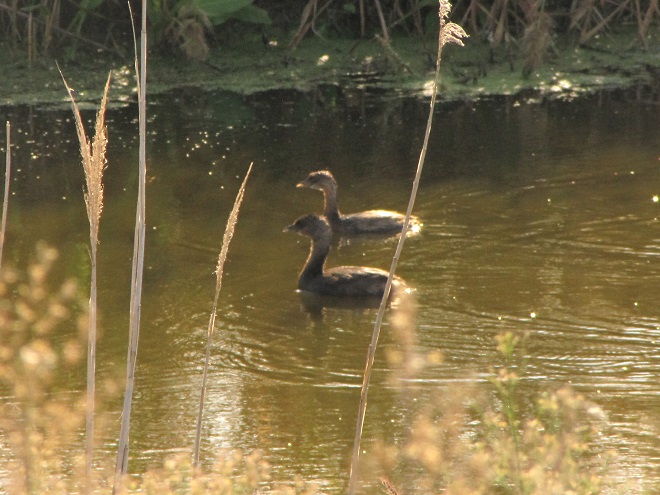
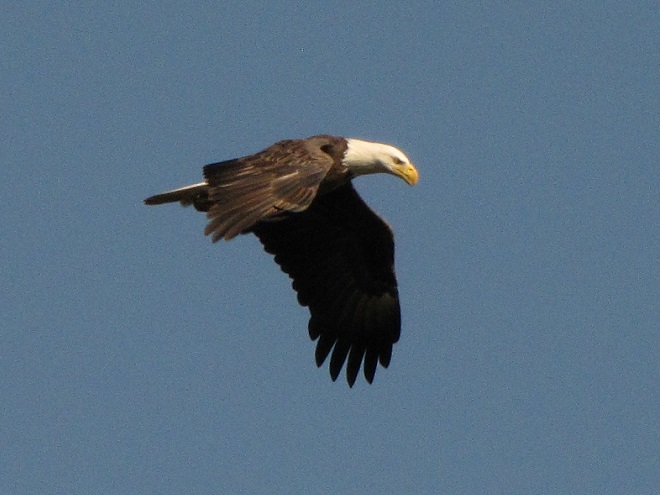


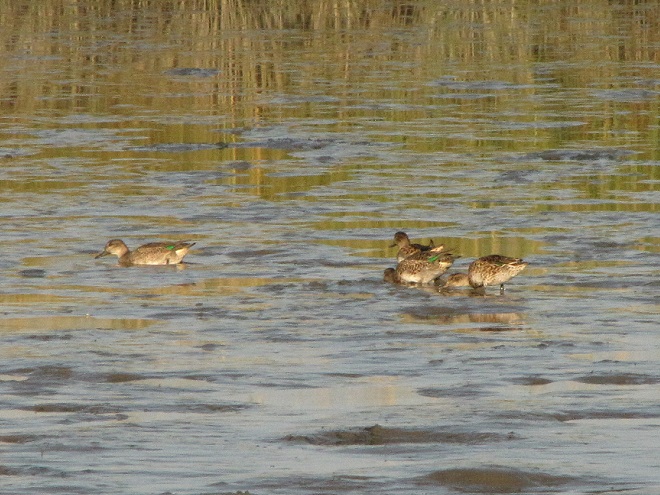
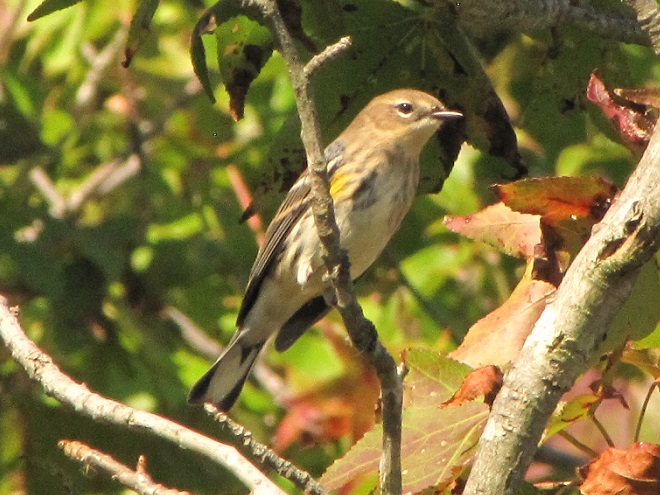
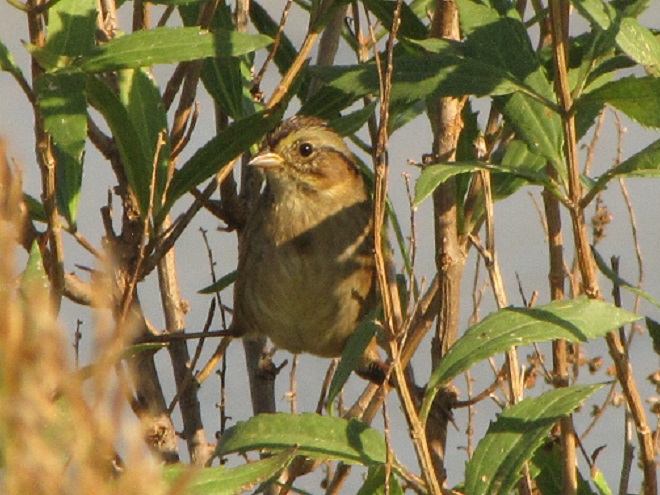
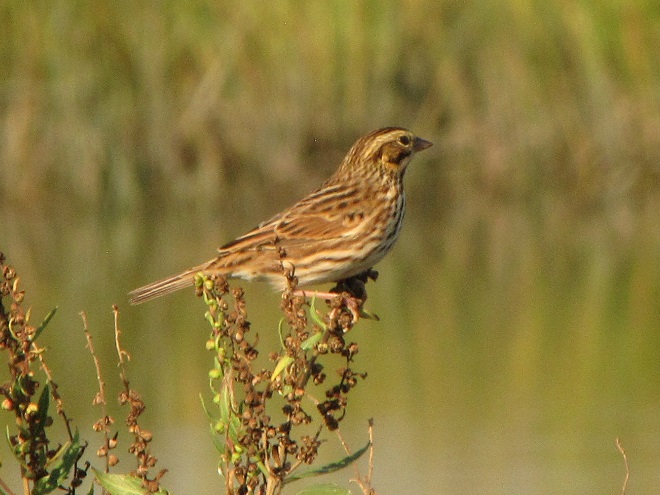

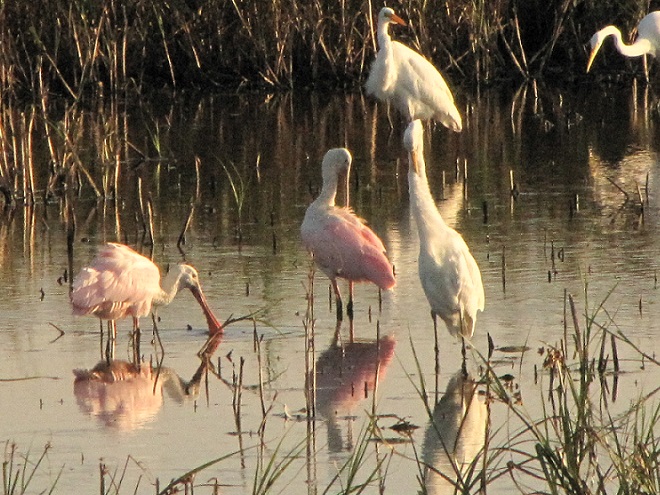
Remember to go the Post Office and get your duck stamp. You’ll be supporting habitat acquisition and improvements for the wildlife we cherish. And if you get the chance, visit a National Wildlife Refuge. November can be a great time to go, it’s bug-free! Just take along your warmest clothing and plan to spend the day. You won’t regret it.
Photo of the Day
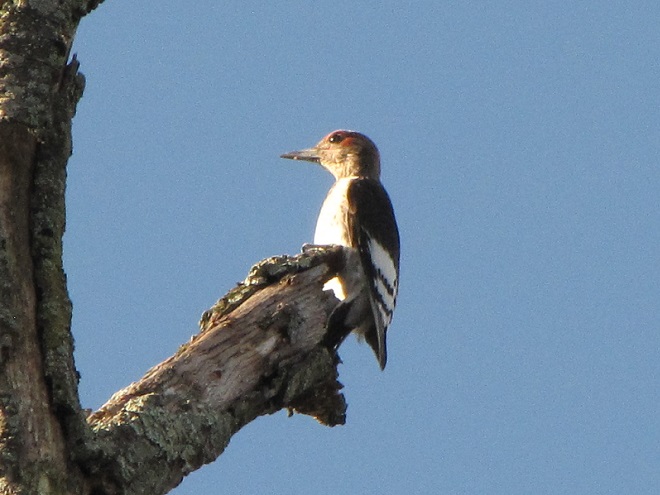
Photo of the Day
Blooming Now in the Lower Susquehanna Region: Mountain Laurel
Mountain Laurel (Kalmia latifolia), designated as Pennsylvania’s state flower, is a native evergreen shrub of forests situated on dry rocky slopes with acidic soils. As the common name implies, we think of it mostly as a plant of the mountainous regions—those areas of the Susquehanna watershed north of Harrisburg. It is indeed symbolic of Appalachian forests. But Mountain Laurel can also be found to the south of the capital city in forested highlands of the Piedmont. There, currently, it happens to be in full bloom. Let’s put on a pair of sturdy shoes and take a walk in the Hellam Hills of eastern York County at Rocky Ridge County Park to have a look.
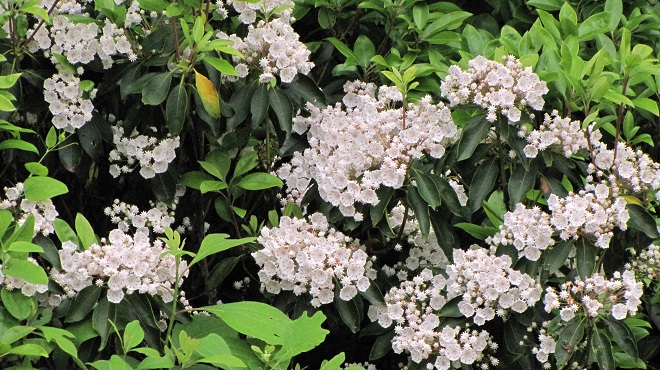
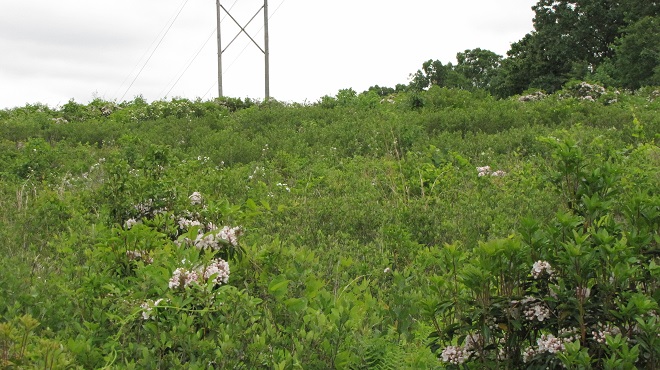
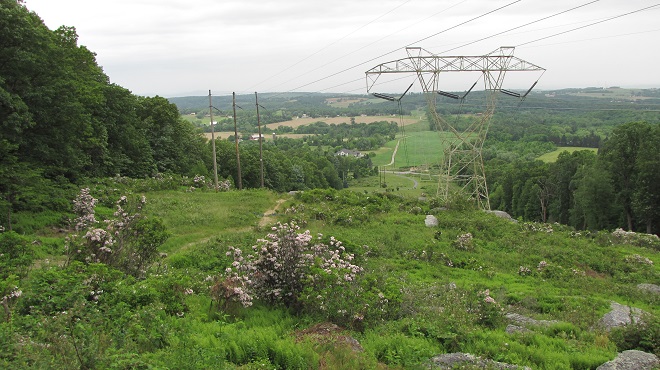

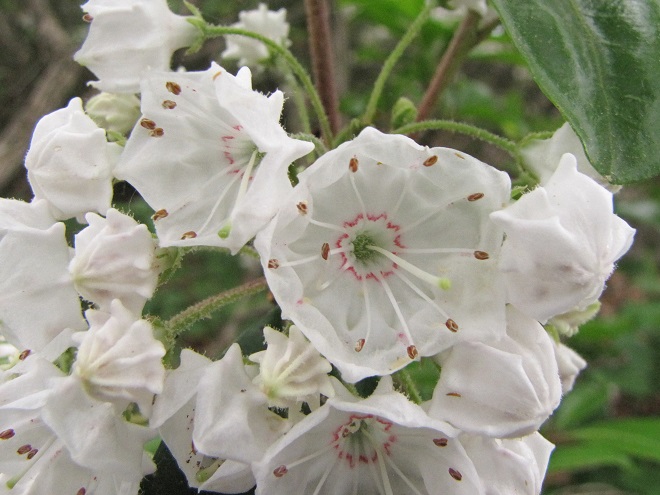
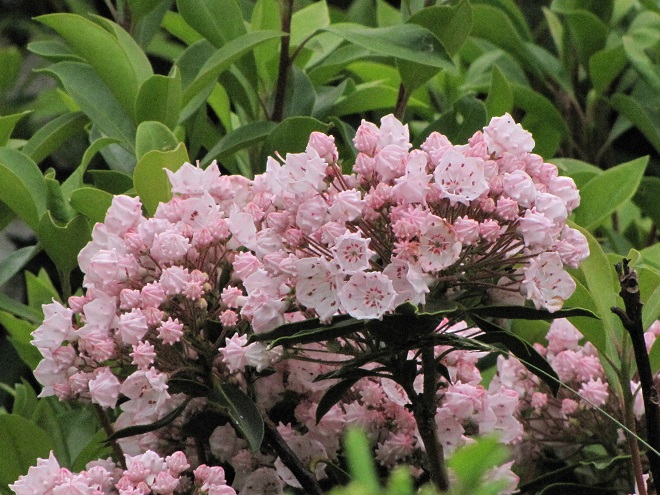
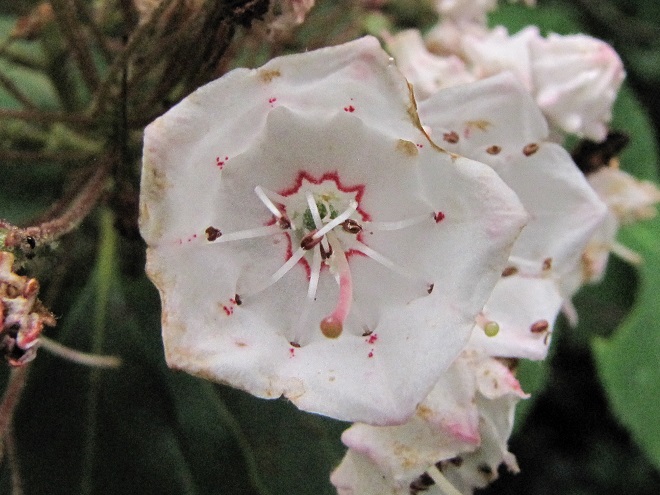
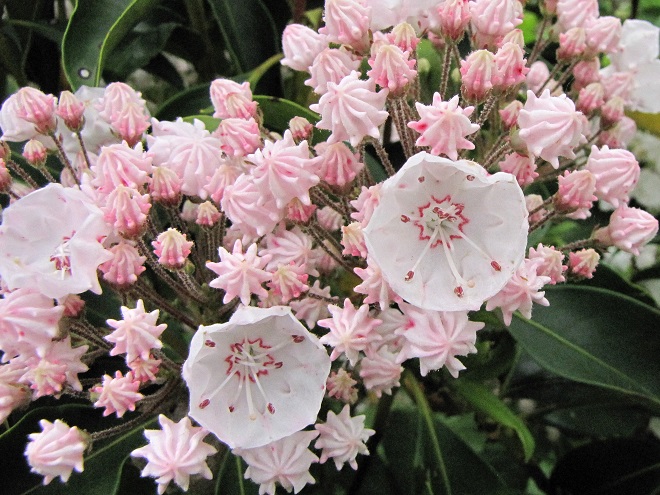
Rain or shine, do get out and have a look at the blooming Mountain Laurel.
They’re Here
The Magi have arrived. Emanating from the shadows of a nearby forest, you may hear the endless drone of what sounds like an extraterrestrial craft. Then you get your first look at those beady red eyes set against a full suit of black armor—out of this world. The Magicicada are here at last.
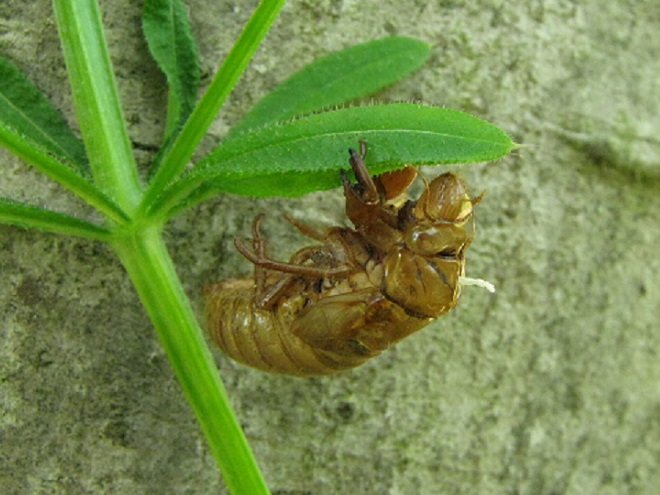
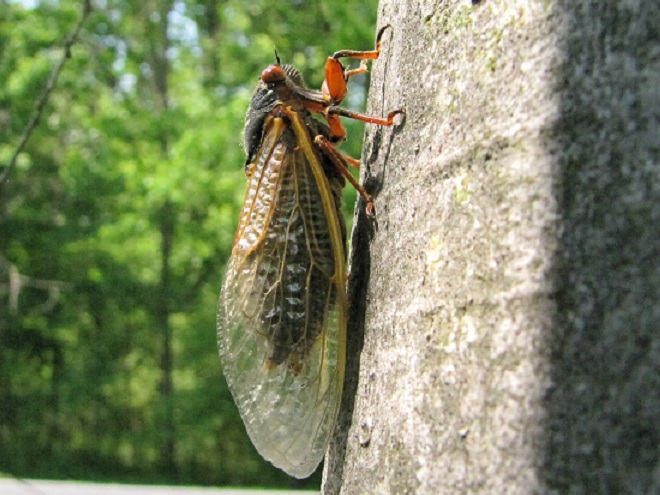
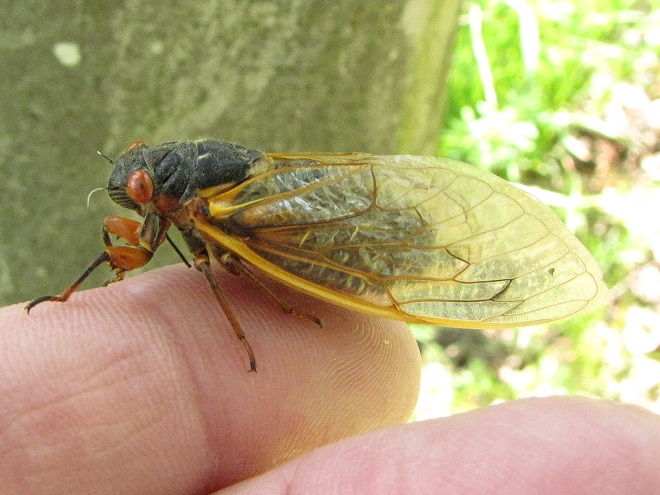

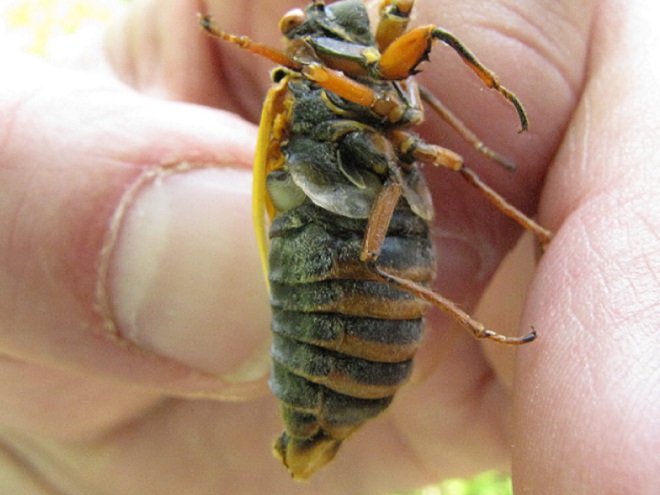
If you go out and about to observe Periodical Cicadas, keep an eye open for these species too…

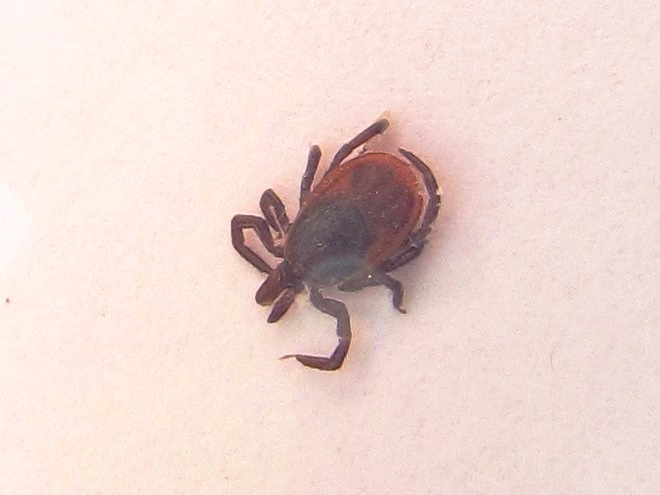
Forest vs. Woodlot
Let’s take a quiet stroll through the forest to have a look around. The spring awakening is underway and it’s a marvelous thing to behold. You may think it a bit odd, but during this walk we’re not going to spend all of our time gazing up into the trees. Instead, we’re going to investigate the happenings at ground level—life on the forest floor.
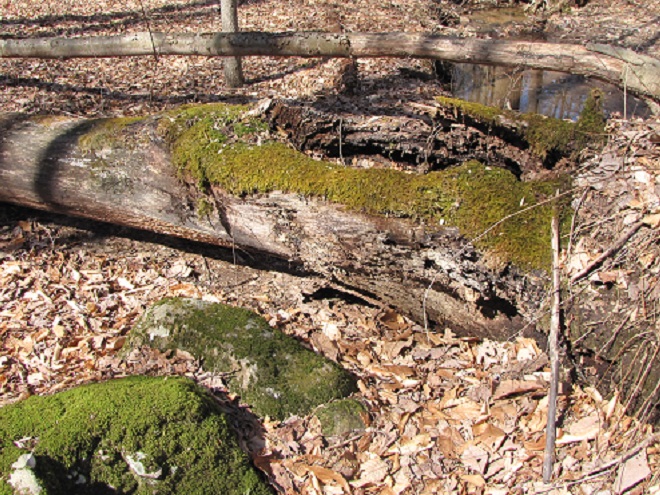
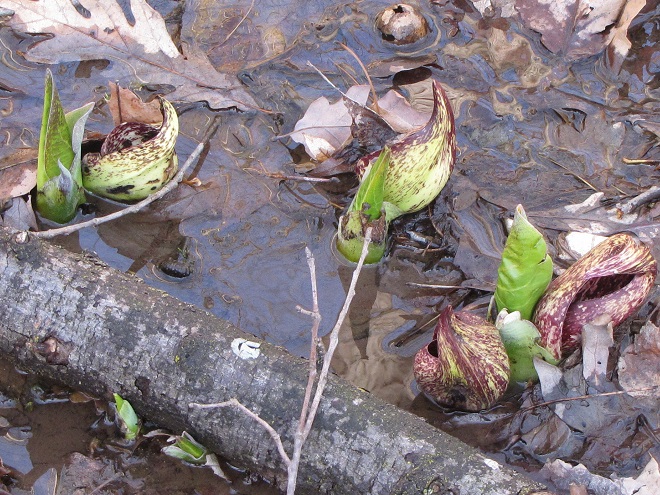
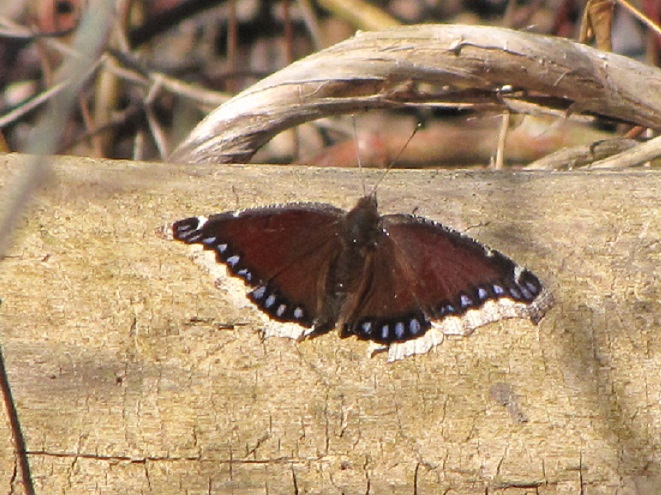
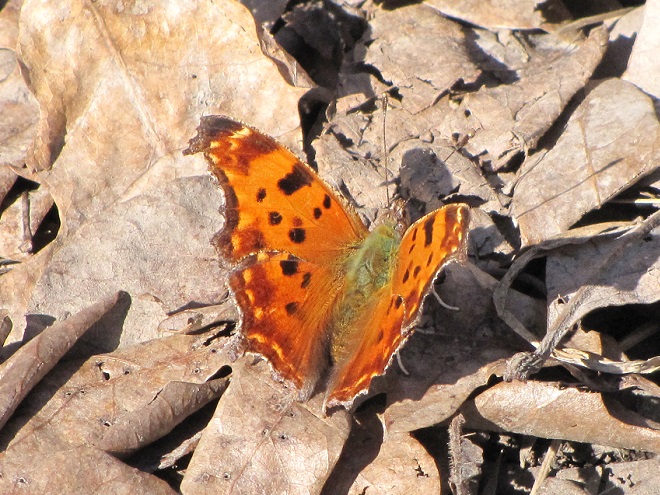


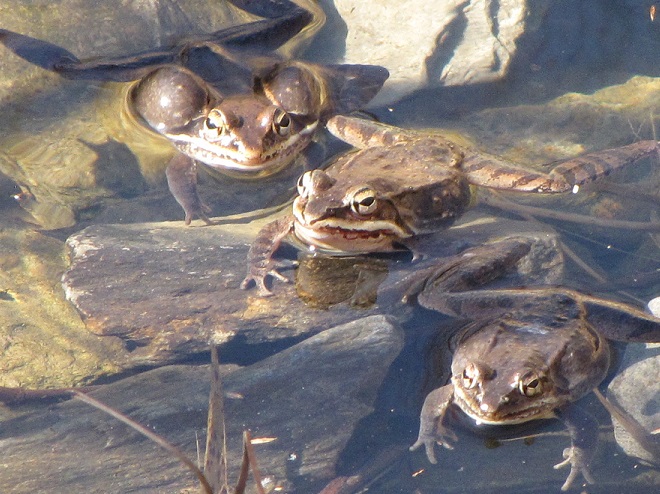
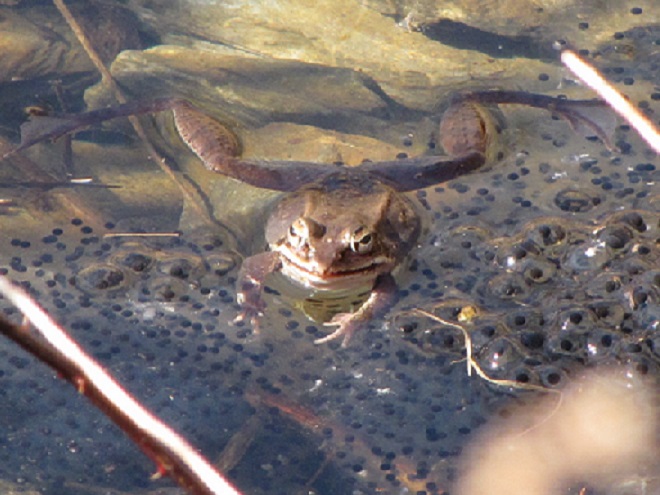
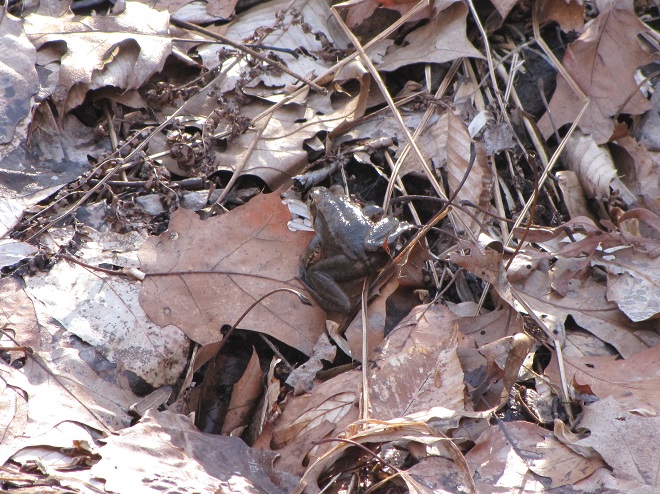
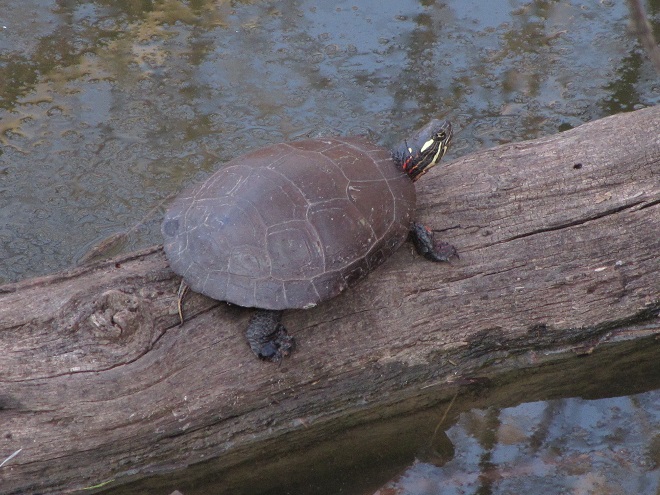

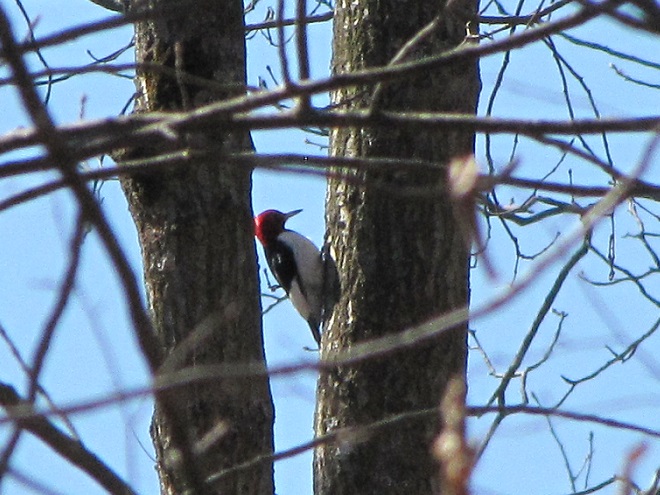
There certainly is more to a forest than the living trees. If you’re hiking through a grove of timber getting snared in a maze of prickly Multiflora Rose (Rosa multiflora) and seeing little else but maybe a wild ungulate or two, then you’re in a has-been forest. Logging, firewood collection, fragmentation, and other man-made disturbances inside and near forests take a collective toll on their composition, eventually turning them to mere woodlots. Go enjoy the forests of the lower Susquehanna valley while you still can. And remember to do it gently; we’re losing quality as well as quantity right now—so tread softly.
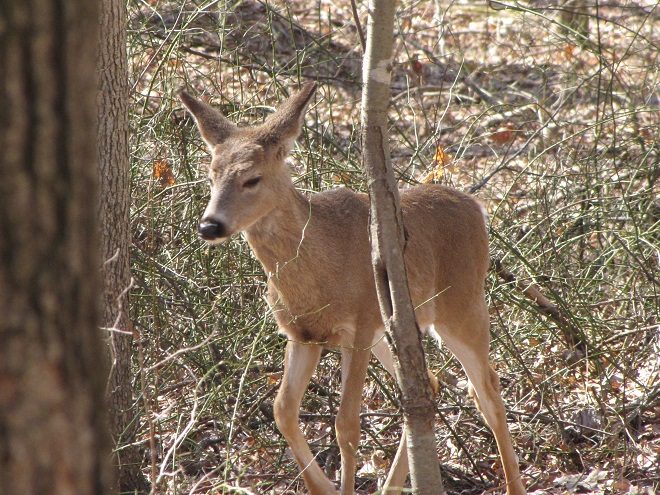
More than a Mint Dish
On a snowy winter day, it sure is nice to see some new visitors at a backyard feeding station. Here at the susquehannawildlife.net headquarters, American Robins have arrived to partake of the offerings.
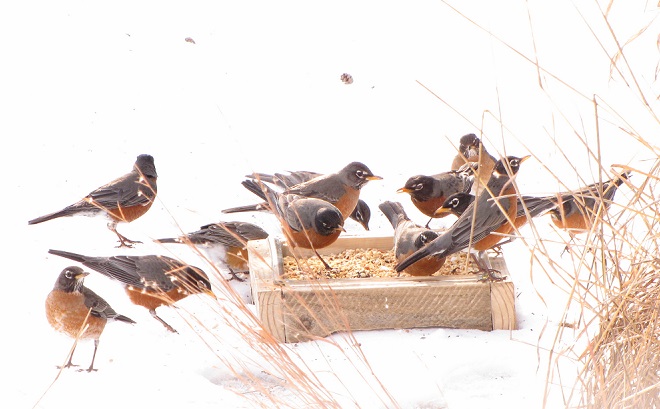
For this flock of robins, which numbered in excess of 150 individuals, the contents of this tray were a mere garnish to the meal that would sustain them through 72 hours of stormy weather. The main course was the supply of ripe berries on shrubs and trees in the headquarters garden.
Their first choice—the bright red fruits of the Common Winterberry.
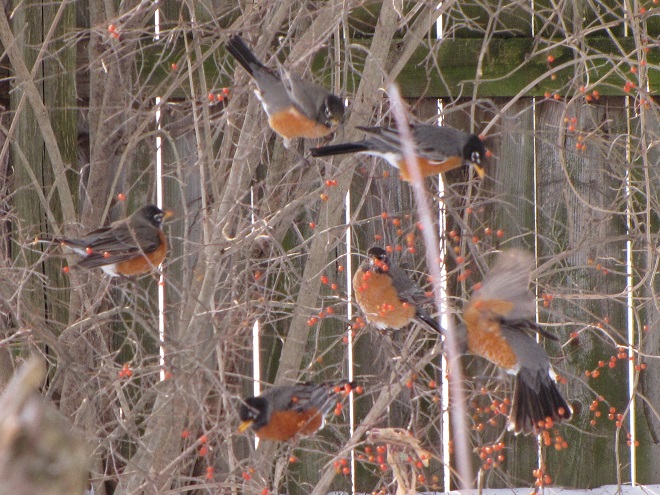
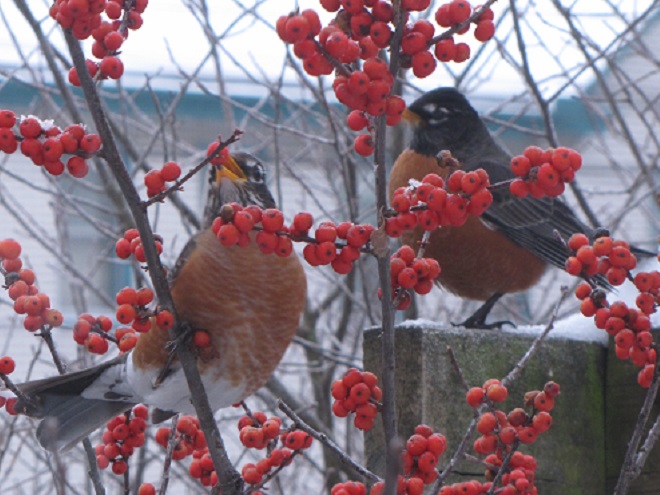
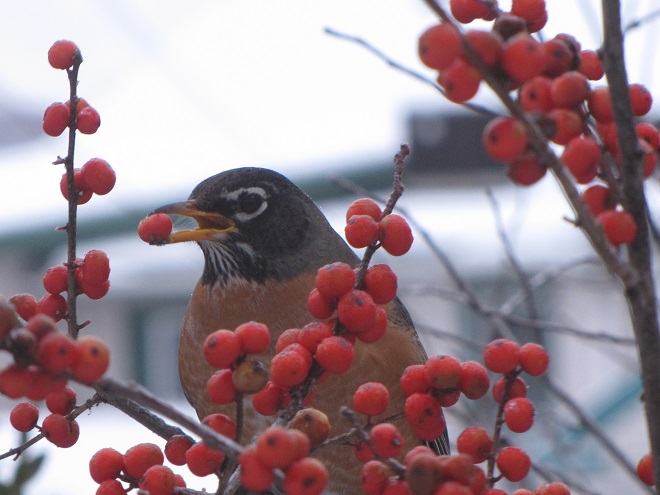


After cleaning off the winterberry shrubs, other fruits became part of the three-day-long feast.
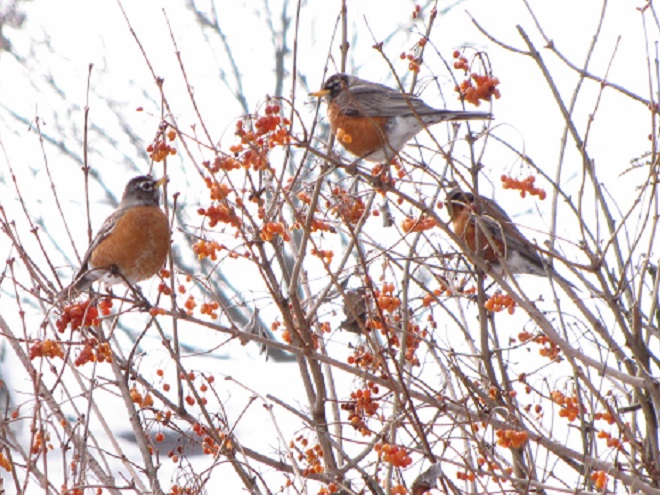
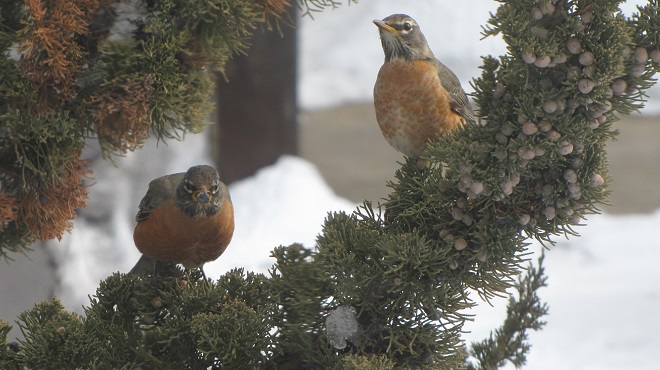
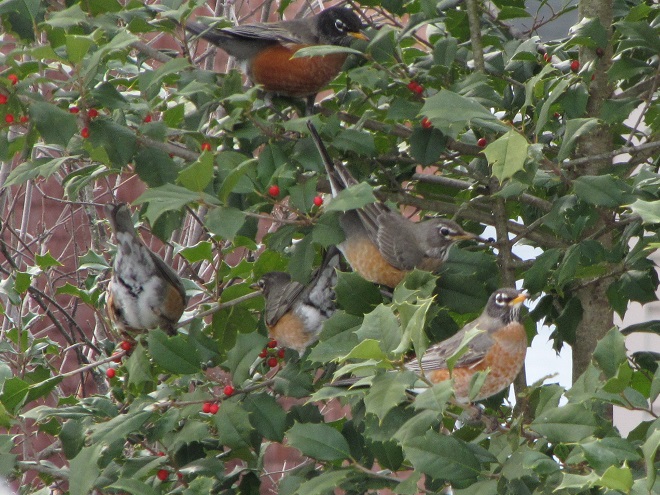
Wouldn’t it be great to see these colorful birds in your garden each winter? You can, you know. Won’t you consider adding plantings of native trees and shrubs to your property this spring? Here at the susquehannawildlife.com headquarters we mow no lawn; the lawn is gone. Mixing evergreens and fruit-producing shrubs with native warm-season grasses and flowering plants has created a wildlife oasis absent of that dirty habit of mowing and blowing.
You can find many of the plants seen here at your local garden center. Take a chunk out of your lawn by paying them a visit this spring.
Want a great deal? Many of the County Conservation District offices in the lower Susquehanna region are having their annual spring tree sales right now. Over the years, we obtained many of our evergreens and berry-producing shrubs from these sales for less than two dollars each. At that price you can blanket that stream bank or wet spot in the yard with winterberries and mow it no more! The deadlines for orders are quickly approaching, so act today—literally, act today. Visit your County Conservation District’s website for details including selections, prices, order deadlines, and pickup dates and locations.
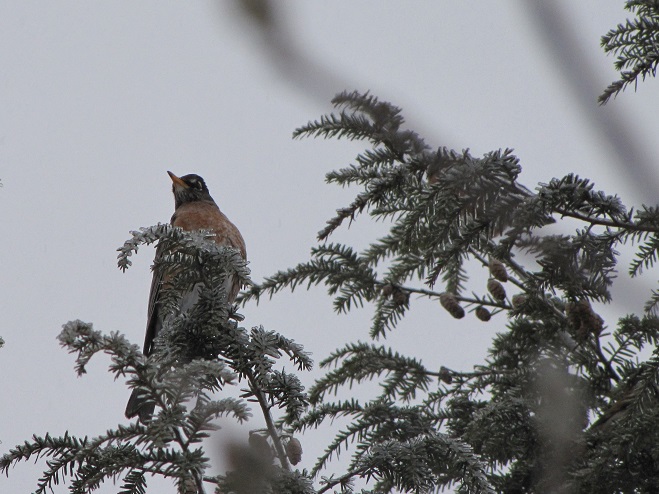
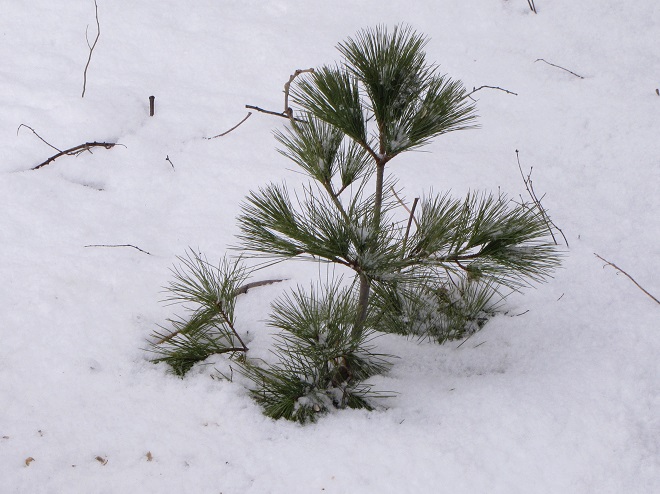
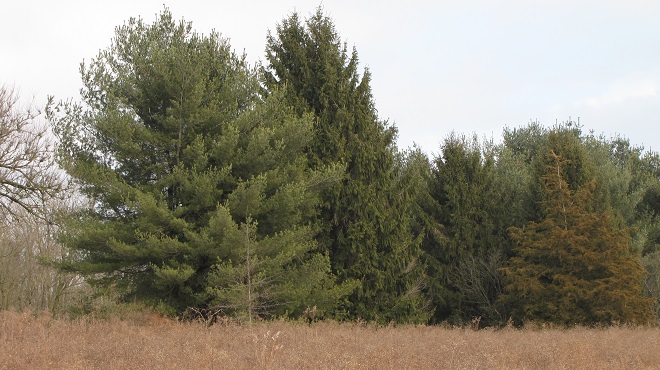
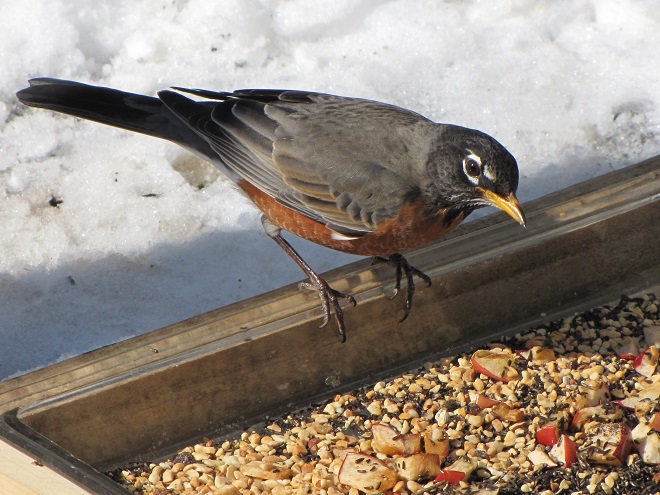
County Conservation District Tree Sales
Consult each County Conservation District’s Tree Sale web page for ordering info, pickup locations, and changes to these dates and times.
Cumberland County Conservation District Tree Seedling Sale—deadline for prepaid orders Tuesday, March 30, 2021. Pickup 1 P.M. to 5 P.M., Thursday, April 22, 2021, and 8 A.M. to 2 P.M., Friday, April 23, 2021. https://www.ccpa.net/4636/Tree-Seedling-Sale
Lancaster County Conservation District Tree Sale—deadline for prepaid orders (hand-delivered to drop box) 5 P.M., Friday, March 5, 2021. Pickup 8 A.M. to 5 P.M., Thursday, April 15, 2021. https://www.lancasterconservation.org/tree-sale/
Lebanon County Conservation District Tree Sale—deadline for prepaid orders Thursday, March 11, 2021. Pickup 9 A.M. to 6 P.M., Friday, May 7, 2021. https://www.lccd.org/2021-tree-sale/
Perry County Conservation District Tree Sale—deadline for prepaid orders Wednesday, March 24, 2021. Pickup 10 A.M. to 6 P.M., Thursday, April 8, 2021. www.perrycd.org/Documents/2021 Tree Sale Flyer LEGAL SIZE.pdf
York County Conservation District Seedling Sale—deadline for prepaid orders Monday, March 15, 2021. Pickup 10 A.M. to 6 P.M., Thursday, April 15, 2021. https://www.yorkccd.org/events/2021-seedling-sale
2020: A Good Year
You say you really don’t want to take a look back at 2020? Okay, we understand. But here’s something you may find interesting, and it has to do with the Susquehanna River in 2020.
As you may know, the National Weather Service has calculated the mean temperature for the year 2020 as monitored just upriver from Conewago Falls at Harrisburg International Airport. The 56.7° Fahrenheit value was the highest in nearly 130 years of monitoring at the various stations used to register official climate statistics for the capital city. The previous high, 56.6°, was set in 1998.
Though not a prerequisite for its occurrence, record-breaking heat was accompanied by a drought in 2020. Most of the Susquehanna River drainage basin experienced drought conditions during the second half of the year, particularly areas of the watershed upstream of Conewago Falls. A lack of significant rainfall resulted in low river flows throughout late summer and much of the autumn. Lacking water from the northern reaches, we see mid-river rocks and experience minimal readings on flow gauges along the lower Susquehanna, even if our local precipitation happens to be about average.
Back in October, when the river was about as low as it was going to get, we took a walk across the Susquehanna at Columbia-Wrightsville atop the Route 462/Veteran’s Memorial Bridge to have a look at the benthos—the life on the river’s bottom.
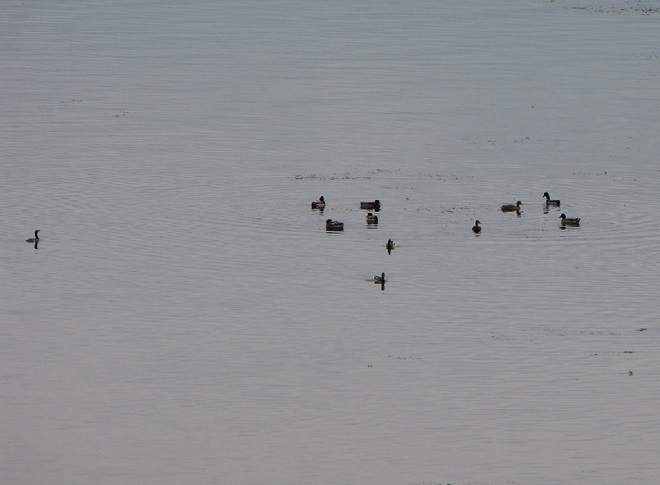
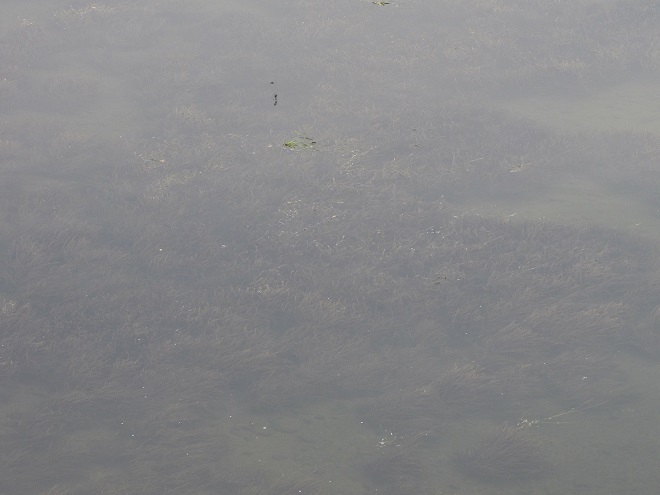
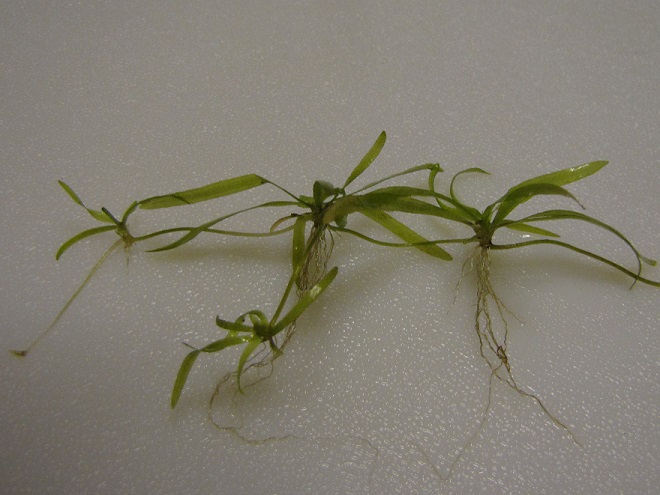
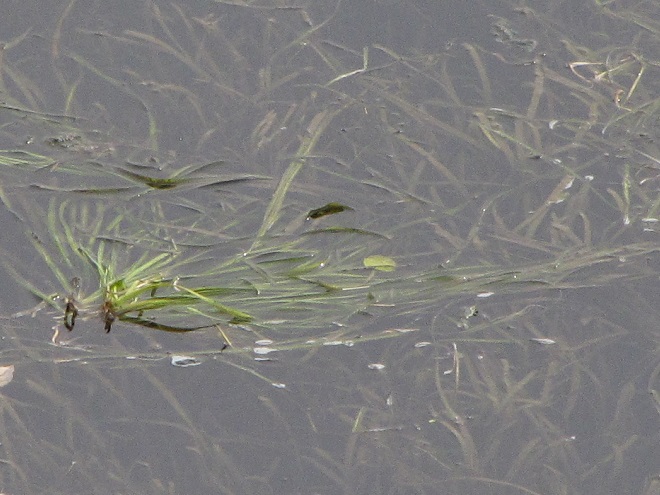
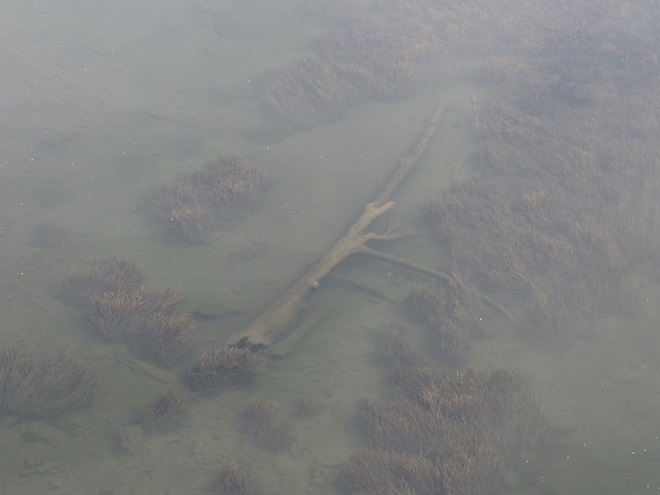
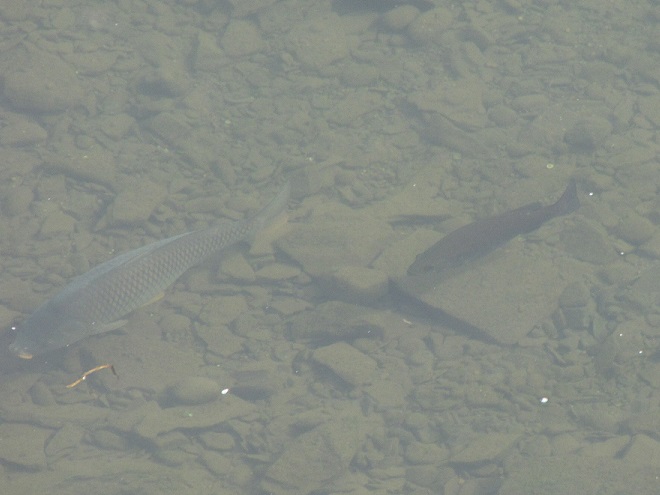
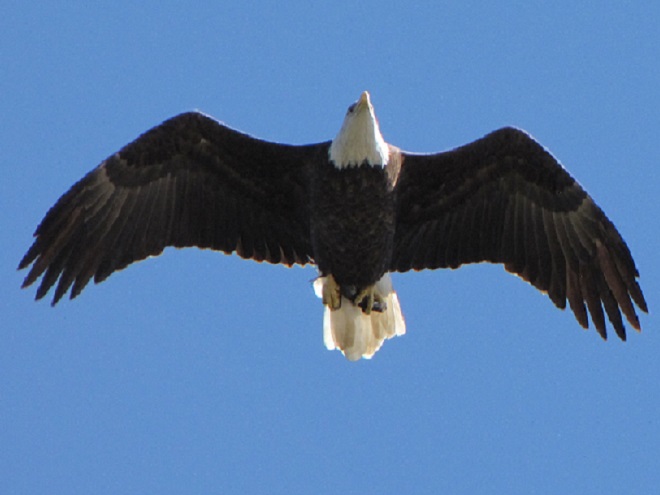
These improvements in water quality and wildlife habitat can have a ripple effect. In 2020, the reduction in nutrient loads entering Chesapeake Bay from the low-flowing Susquehanna may have combined with better-than-average flows from some of the bay’s lesser-polluted smaller tributaries to yield a reduction in the size of the bay’s oxygen-deprived “dead zones”. These dead zones typically occur in late summer when water temperatures are at their warmest, dissolved oxygen levels are at their lowest, and nutrient-fed algal blooms have peaked and died. Algal blooms can self-enhance their severity by clouding water, which blocks sunlight from reaching submerged aquatic plants and stunts their growth—making quantities of unconsumed nutrients available to make more algae. When a huge biomass of algae dies in a susceptible part of the bay, its decay can consume enough of the remaining dissolved oxygen to kill aquatic organisms and create a “dead zone”. The Chesapeake Bay Program reports that the average size of this year’s dead zone was 1.0 cubic miles, just below the 35-year average of 1.2 cubic miles.
Back on a stormy day in mid-November, 2020, we took a look at the tidal freshwater section of Chesapeake Bay, the area known as Susquehanna Flats, located just to the southwest of the river’s mouth at Havre de Grace, Maryland. We wanted to see how the restored American Eelgrass beds there might have fared during a growing season with below average loads of nutrients and life-choking sediments spilling out of the nearby Susquehanna River. Here’s what we saw.
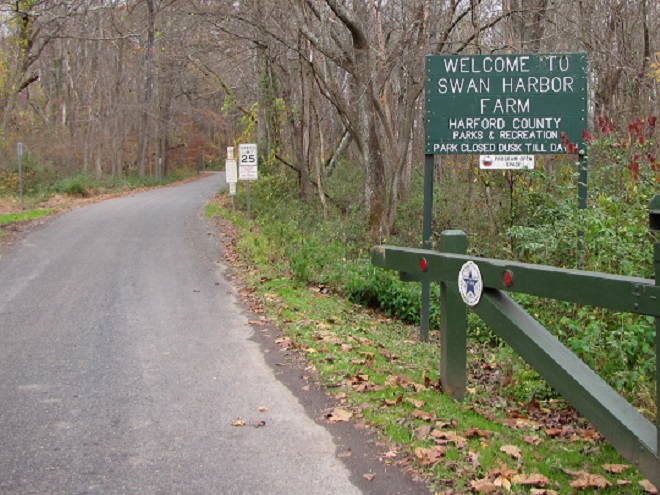

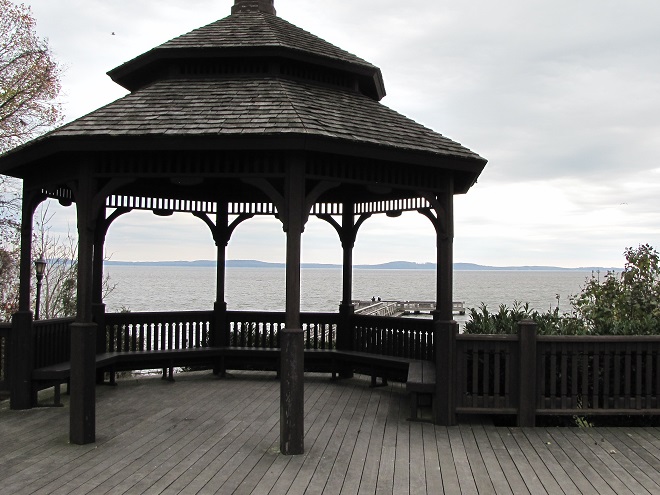
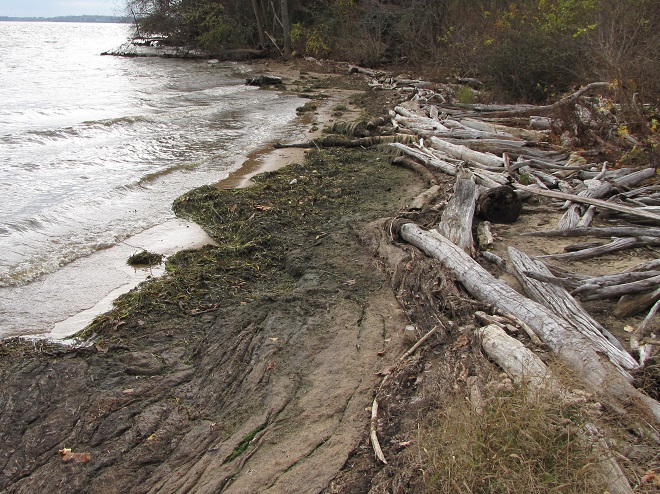
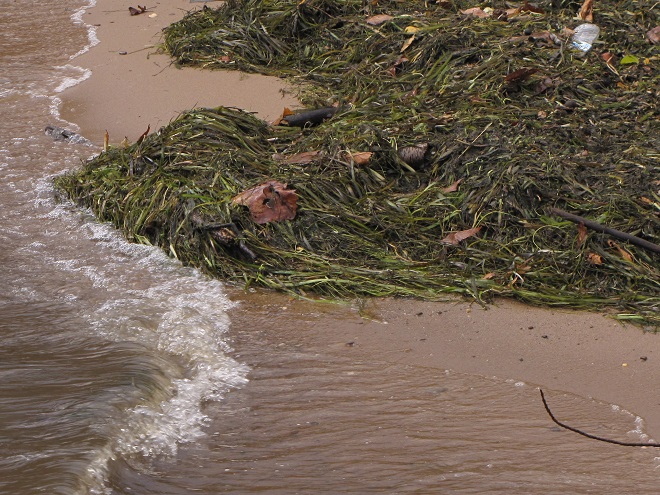
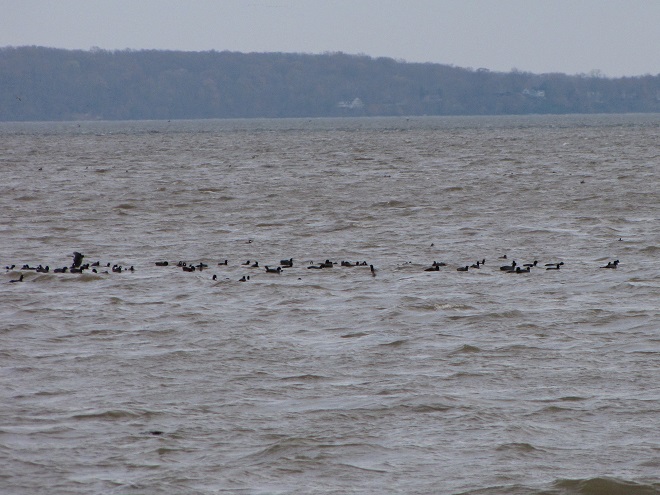
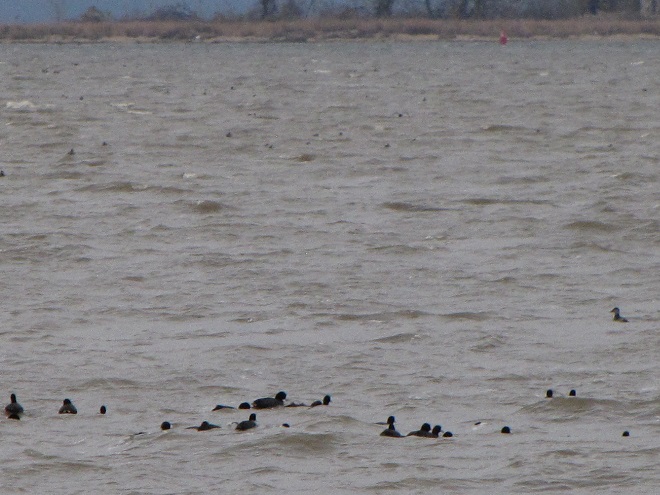
We noticed a few Canvasbacks (Aythya valisineria) on the Susquehanna Flats during our visit. Canvasbacks are renowned as benthic feeders, preferring the tubers and other parts of submerged aquatic plants (a.k.a. submersed aquatic vegetation or S.A.V.) including eelgrass, but also feeding on invertebrates including bivalves. The association between Canvasbacks and eelgrass is reflected in the former’s scientific species name valisineria, a derivitive of the genus name of the latter, Vallisneria.
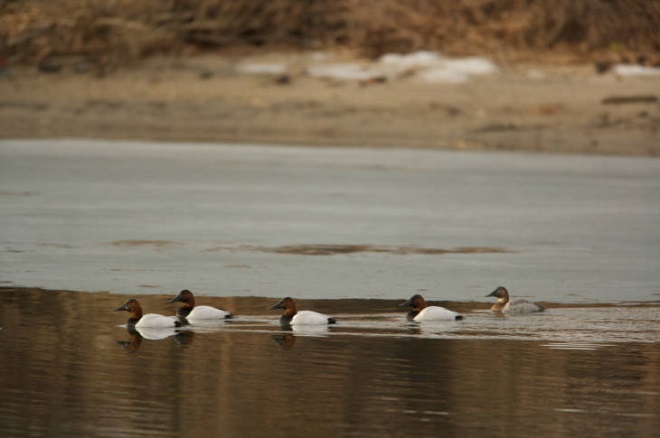
The plight of the Canvasback and of American Eelgrass on the Susquehanna River was described by Herbert H. Beck in his account of the birds found in Lancaster County, Pennsylvania, published in 1924:
“Like all ducks, however, it stops to feed within the county less frequently than formerly, principally because the vast beds of wild celery which existed earlier on broads of the Susquehanna, as at Marietta and Washington Borough, have now been almost entirely wiped out by sedimentation of culm (anthracite coal waste). Prior to 1875 the four or five square miles of quiet water off Marietta were often as abundantly spread with wild fowl as the Susquehanna Flats are now.”
Beck quotes old Marietta resident and gunner Henry Zink:
“Sometimes there were as many as 500,000 ducks of various kinds on the Marietta broad at one time.”
The abundance of Canvasbacks and other ducks on the Susquehanna Flats would eventually plummet too. In the 1950s, there were an estimated 250, 000 Canvasbacks wintering on Chesapeake Bay, primarily in the area of the American Eelgrass, a.k.a. Wild Celery, beds on the Susquehanna Flats. When those eelgrass beds started disappearing during the second half of the twentieth century, the numbers of Canvasbacks wintering on the bay took a nosedive. As a population, the birds moved elsewhere to feed on different sources of food, often in saltier estuarine waters.
Canvasbacks were able to eat other foods and change their winter range to adapt to the loss of habitat on the Susquehanna River and Chesapeake Bay. But not all species are the omnivores that Canvasbacks happen to be, so they can’t just change their diet and/or fly away to a better place. And every time a habitat like the American Eelgrass plant community is eliminated from a region, it fragments the range for each species that relied upon it for all or part of its life cycle. Wildlife species get compacted into smaller and smaller suitable spaces and eventually their abundance and diversity are impacted. We sometimes marvel at large concentrations of birds and other wildlife without seeing the whole picture—that man has compressed them into ever-shrinking pieces of habitat that are but a fraction of the widespread environs they once utilized for survival. Then we sometimes harass and persecute them on the little pieces of refuge that remain. It’s not very nice, is it?
By the end of 2020, things on the Susquehanna were getting back to normal. Near normal rainfall over much of the watershed during the final three months of the year was supplemented by a mid-December snowstorm, then heavy downpours on Christmas Eve melted it all away. Several days later, the Susquehanna River was bank full and dishing out some minor flooding for the first time since early May. Isn’t it great to get back to normal?



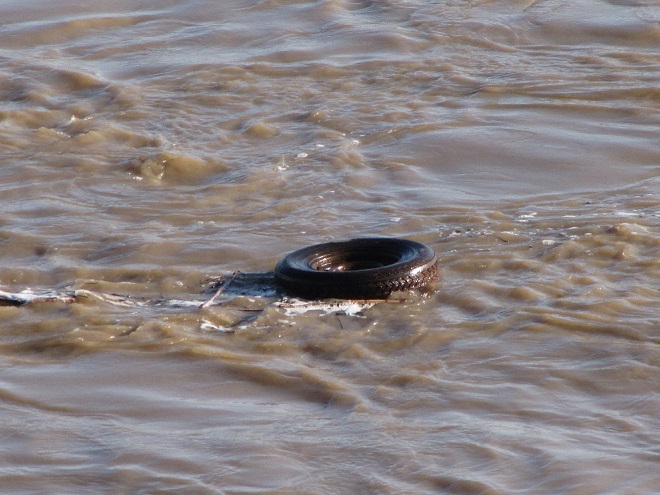
SOURCES
Beck, Herbert H. 1924. A Chapter on the Ornithology of Lancaster County, Pennsylvania. The Lewis Historical Publishing Company. New York, NY.
White, Christopher P. 1989. Chesapeake Bay, Nature of the Estuary: A Field Guide. Tidewater Publishers. Centreville, MD.
October Transition
Thoughts of October in the Lower Susquehanna River Watershed bring to mind scenes of brilliant fall foliage adorning wooded hillsides and stream courses, frosty mornings bringing an end to the growing season, and geese and other birds flying south for the winter.
The autumn migration of birds spans a period equaling nearly half the calendar year. Shorebirds and Neotropical perching birds begin moving through as early as late July, just as daylight hours begin decreasing during the weeks following their peak at summer solstice in late June. During the darkest days of the year, those surrounding winter solstice in late December, the last of the southbound migrants, including some hawks, eagles, waterfowl, and gulls, may still be on the move.
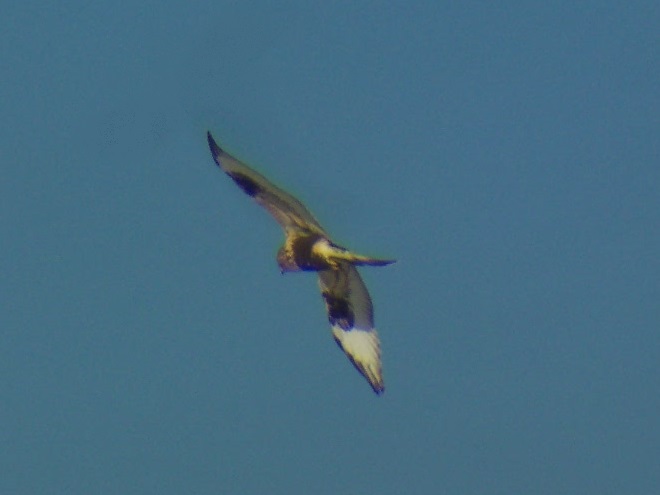
During October, there is a distinct change in the list of species an observer might find migrating through the lower Susquehanna valley. Reduced hours of daylight and plunges in temperatures—particularly frost and freeze events—impact the food sources available to birds. It is during October that we say goodbye to the Neotropical migrants and hello to those more hardy species that spend their winters in temperate climates like ours.
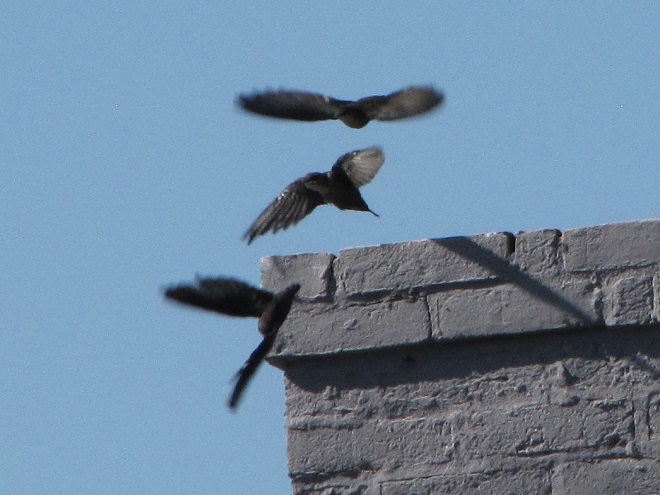
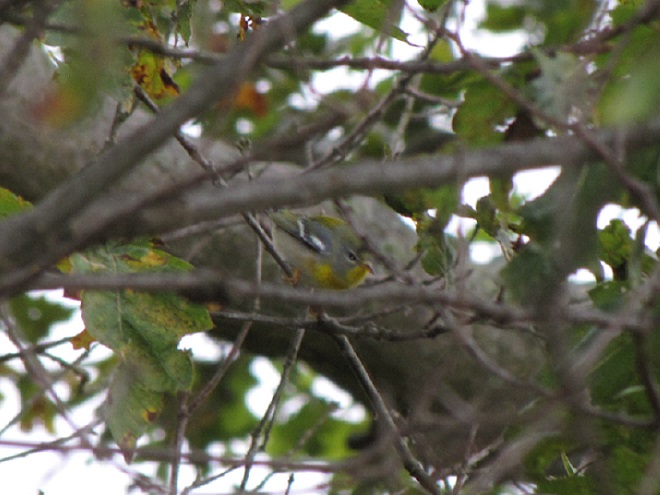
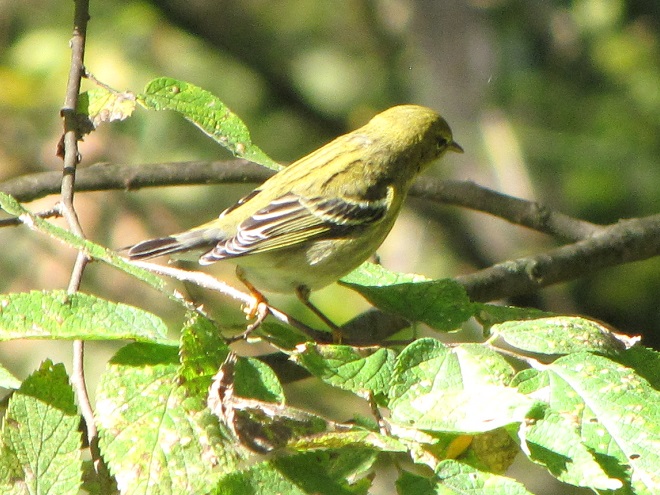
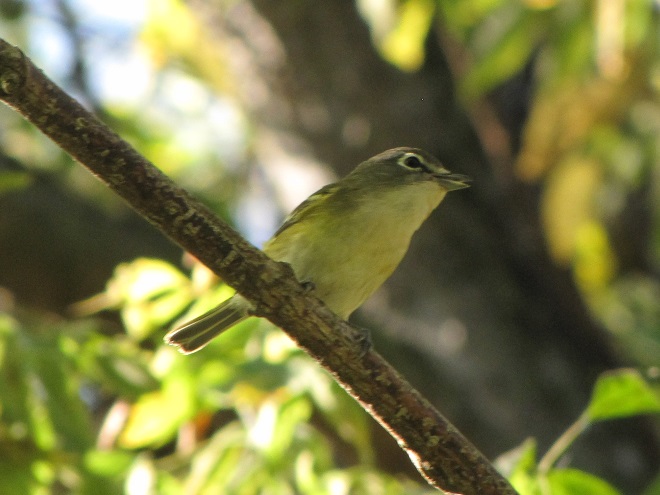
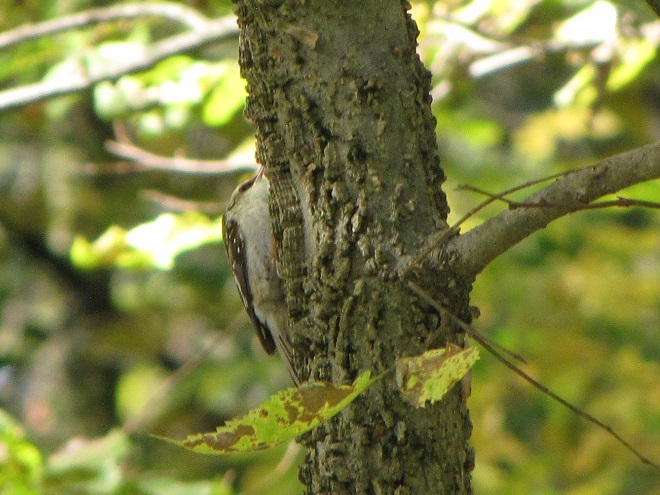
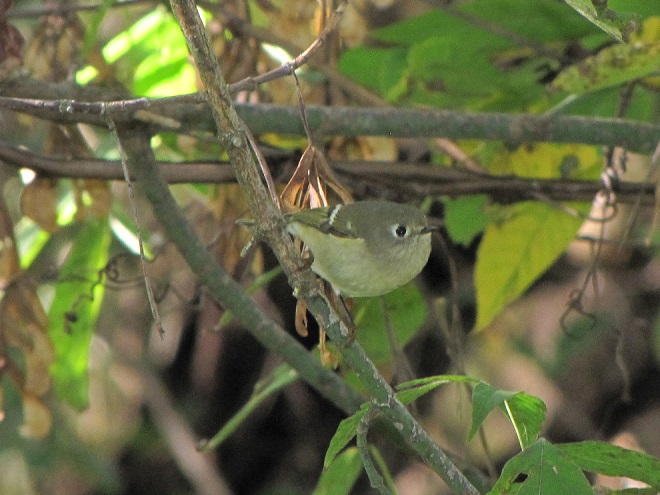

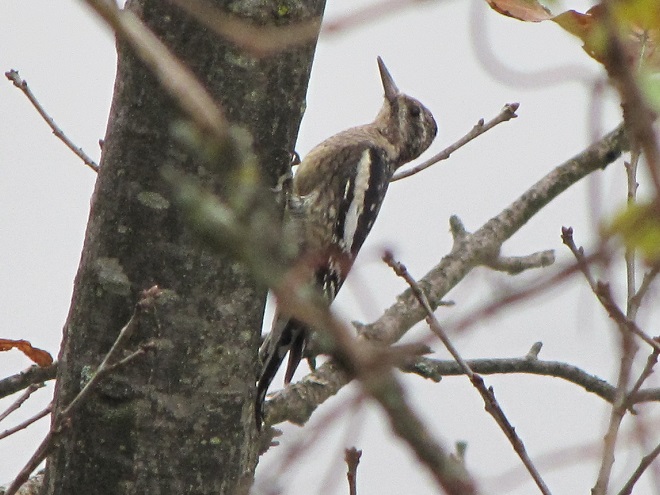
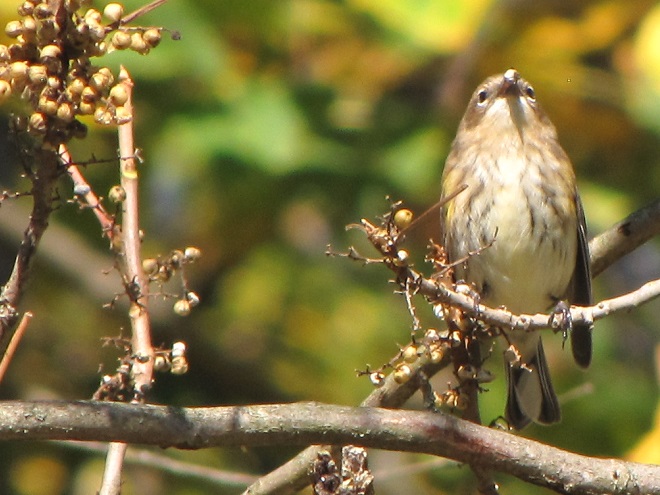
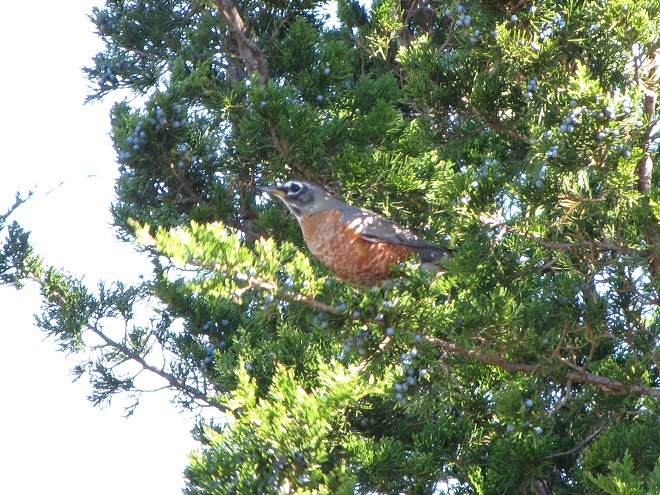
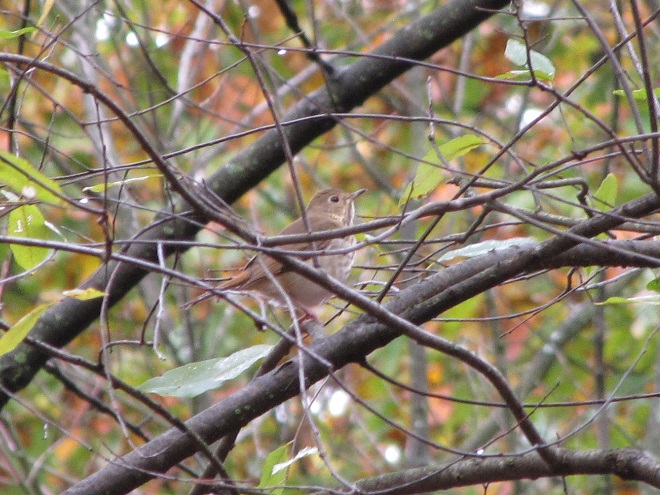
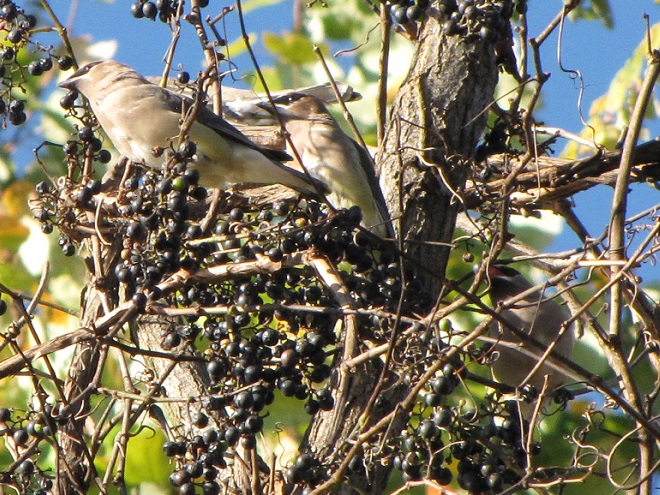
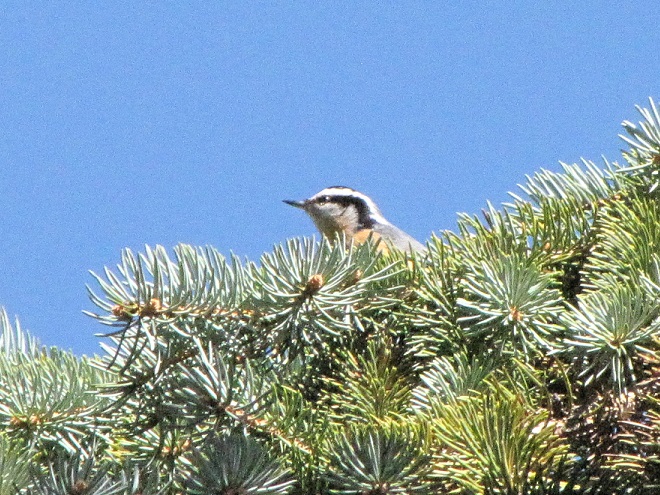
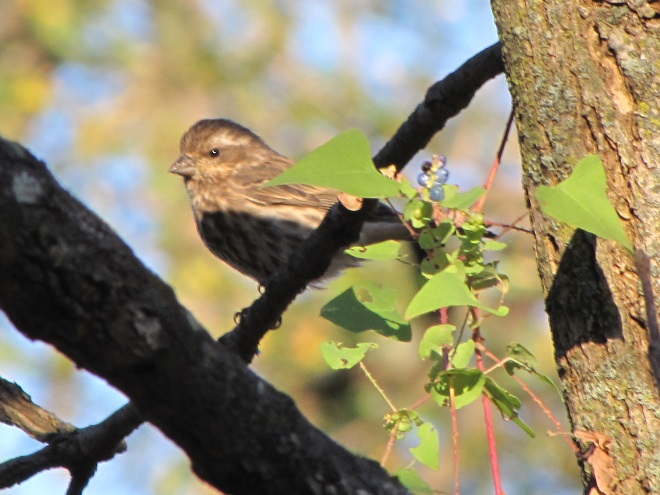
The need for food and cover is critical for the survival of wildlife during the colder months. If you are a property steward, think about providing places for wildlife in the landscape. Mow less. Plant trees, particularly evergreens. Thickets are good—plant or protect fruit-bearing vines and shrubs, and allow herbaceous native plants to flower and produce seed. And if you’re putting out provisions for songbirds, keep the feeders clean. Remember, even small yards and gardens can provide a life-saving oasis for migrating and wintering birds. With a larger parcel of land, you can do even more.
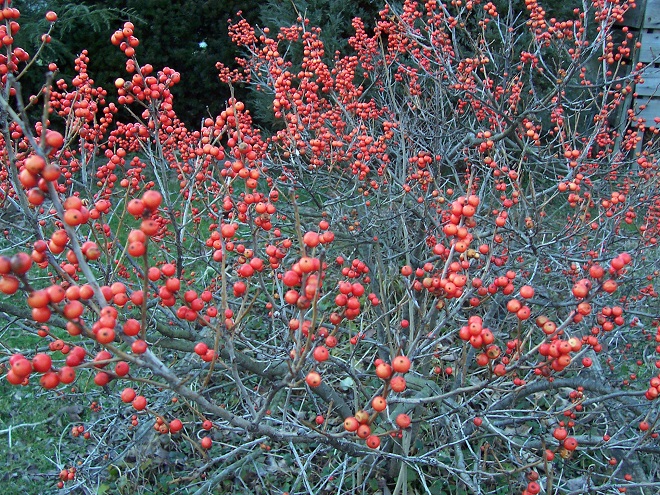
Bird Migration Highlights
The southbound bird migration of 2020 is well underway. With passage of a cold front coming within the next 48 hours, the days ahead should provide an abundance of viewing opportunities.
Here are some of the species moving through the lower Susquehanna valley right now.

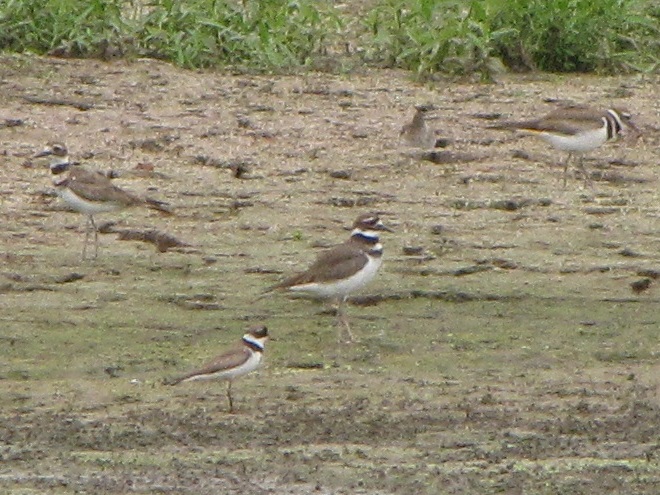
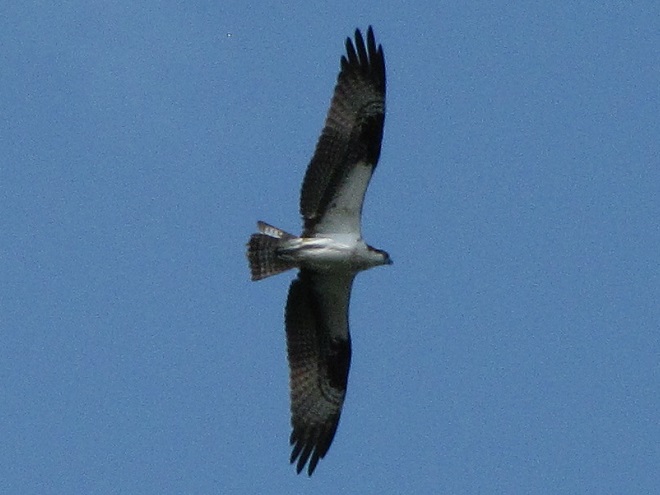
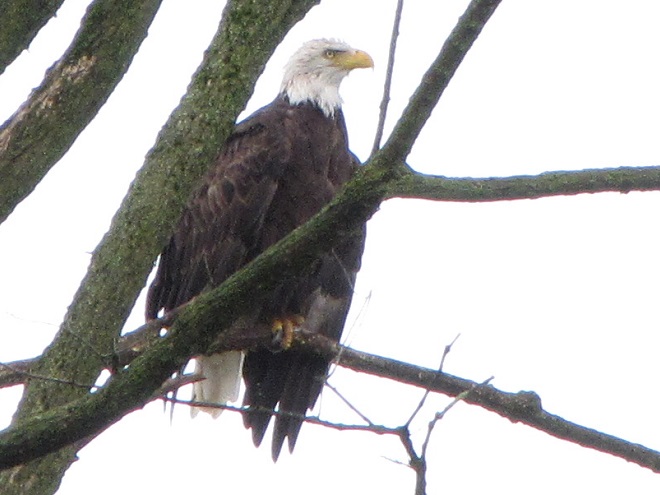
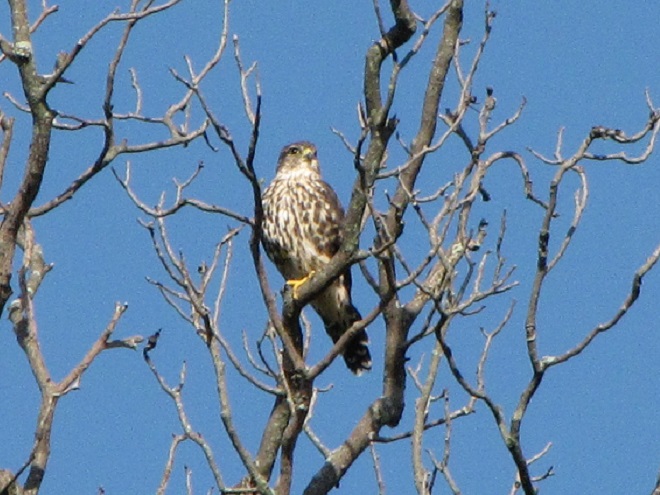
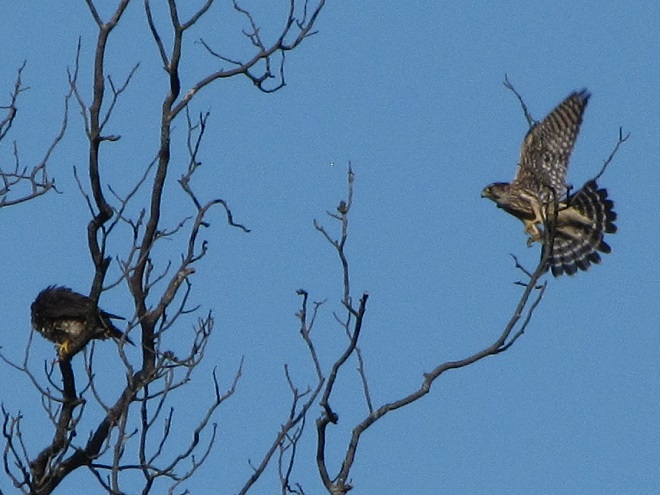
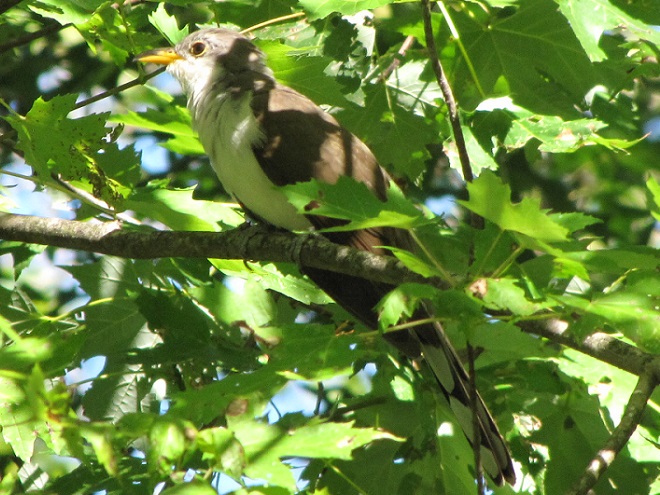
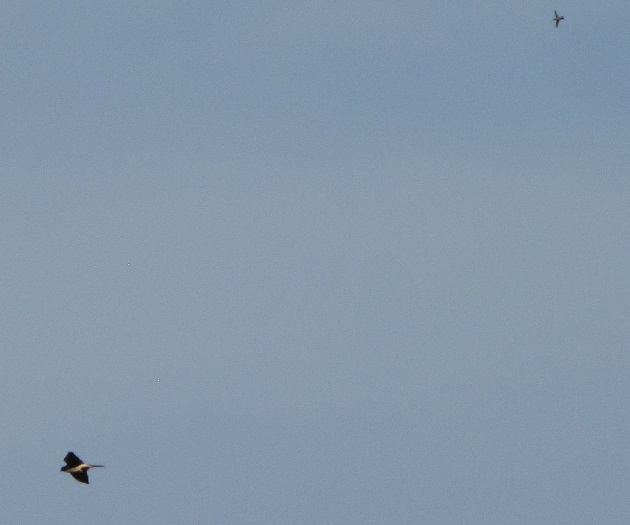
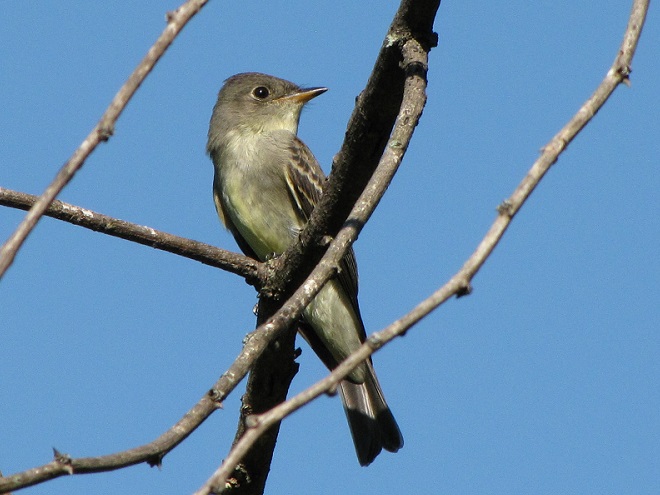
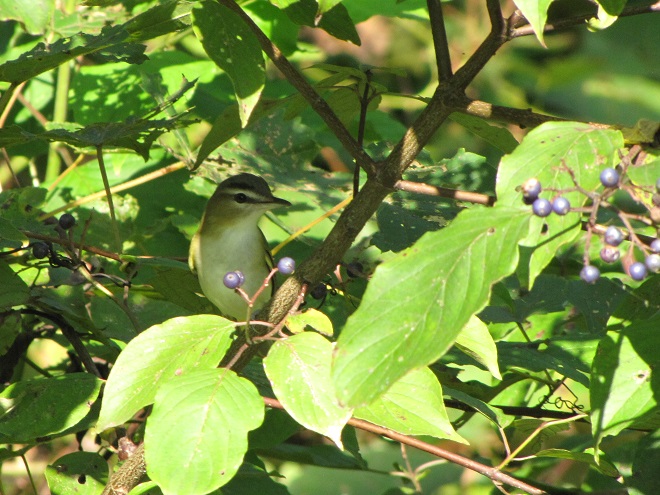
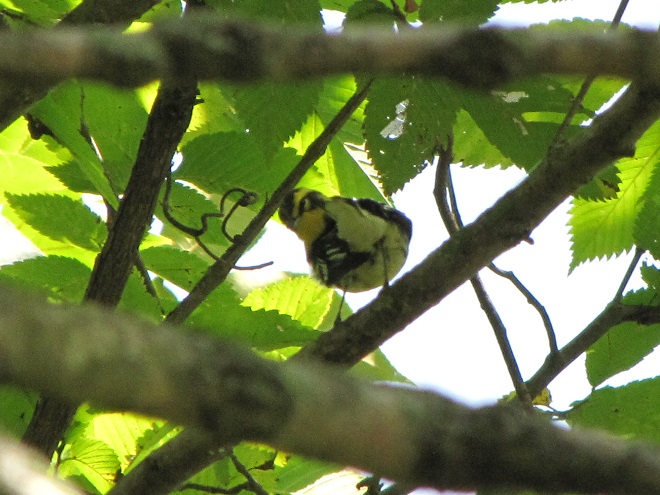
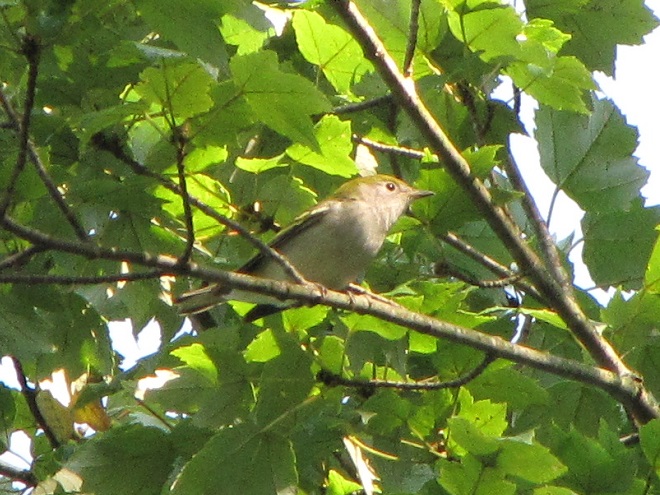
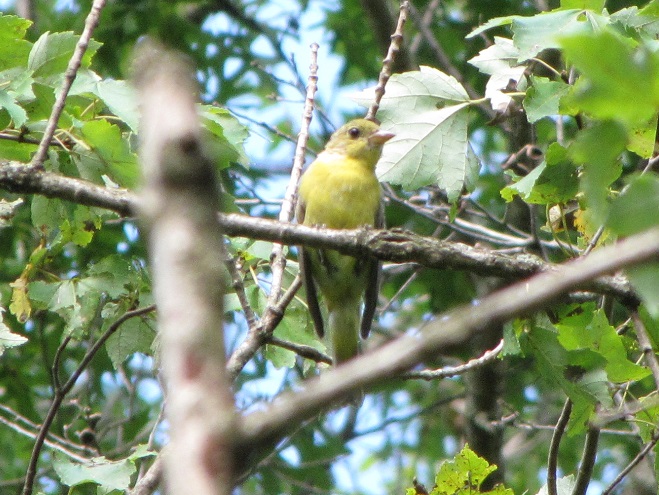

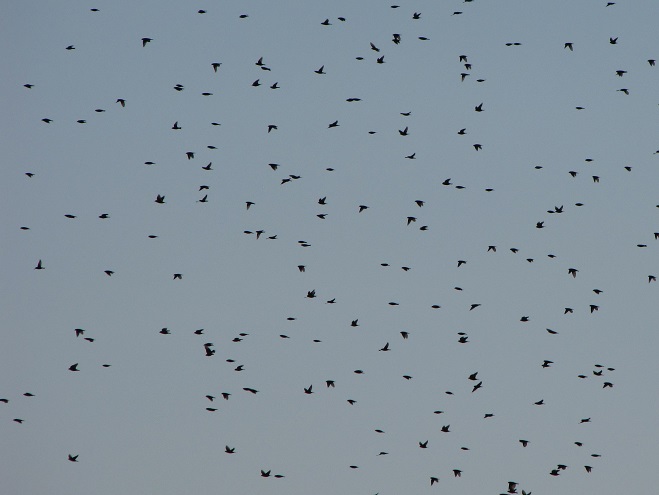
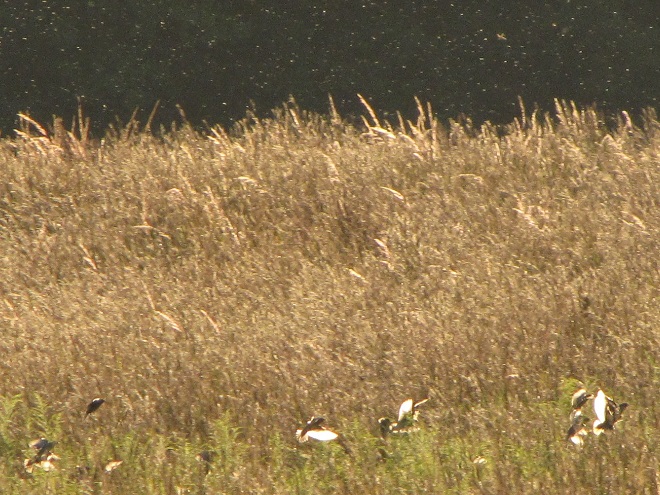
Stray Butterflies
A special message from your local Chinese Mantis (Tenodera sinensis).
Hey you! Yes, you. I pray you’re paying attention to what’s flying around out there, otherwise it’ll all pass you by.
This summer’s hot humid breezes from the south have not only carried swarms of dragonflies into the lower Susquehanna valley, but butterflies too.
So check out these extravagant visitors from south of the Mason-Dixon Line—before my appetite gets the better of me.
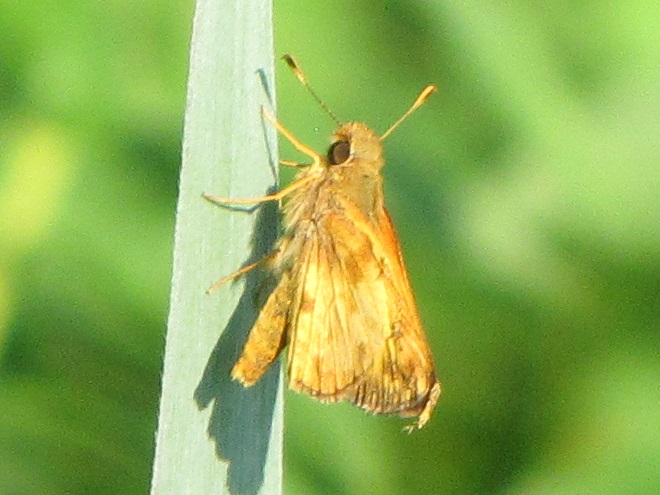
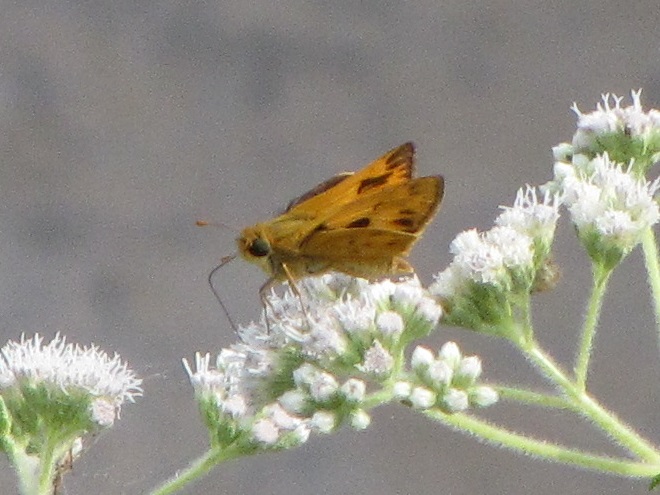
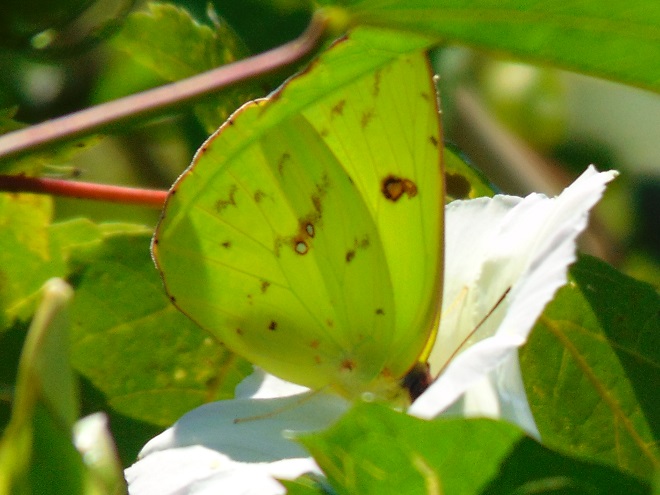
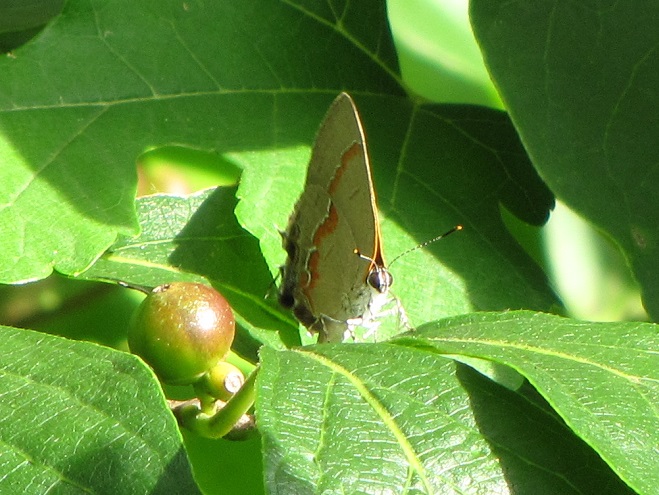
There you have it. Get out there and have a look around. These species won’t be active much longer. In just a matter of weeks, our migratory butterflies, including Monarchs, will be heading south and our visiting strays will either follow their lead or risk succumbing to frosty weather.
For more photographs of butterflies, be sure to click the “Butterflies” tab at the top of the page. We’re adding more as we get them.
The Layover
After nearly a full week of record-breaking cold, including two nights with a widespread freeze, warm weather has returned. Today, for the first time this year, the temperature was above eighty degrees Fahrenheit throughout the lower Susquehanna region. Not only can the growing season now resume, but the northward movement of Neotropical birds can again take flight—much to our delight.
A rainy day on Friday, May 8, preceded the arrival of a cold arctic air mass in the eastern United States. It initiated a sustained layover for many migrating birds.
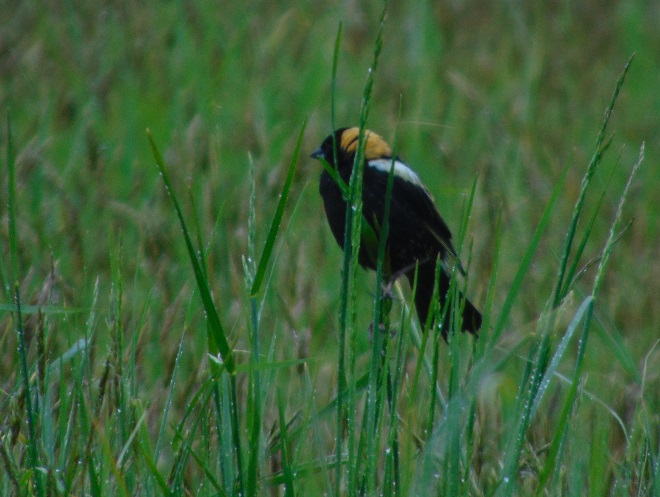
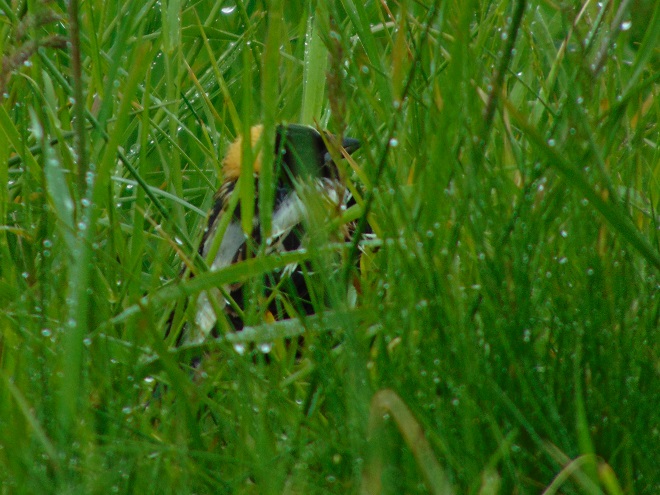
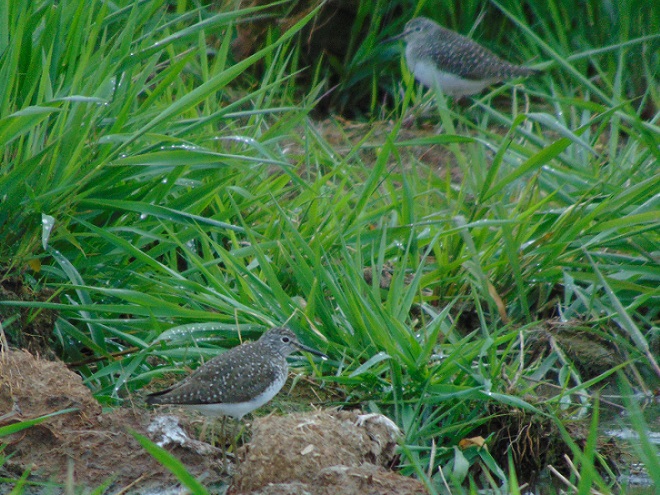
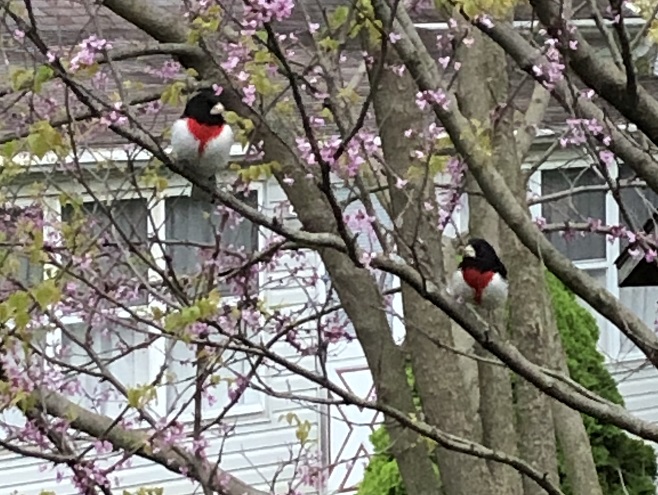
Freeze warnings were issued for five of the next six mornings. The nocturnal flights of migrating birds, most of them consisting of Neotropical species by now, appeared to be impacted. Even on clear moonlit nights, these birds wisely remained grounded. Unlike the more hardy species that moved north during the preceding weeks, Neotropical birds rely heavily on insects as a food source. For them, burning excessive energy by flying through cold air into areas that may be void of food upon arrival could be a death sentence. So they wait.

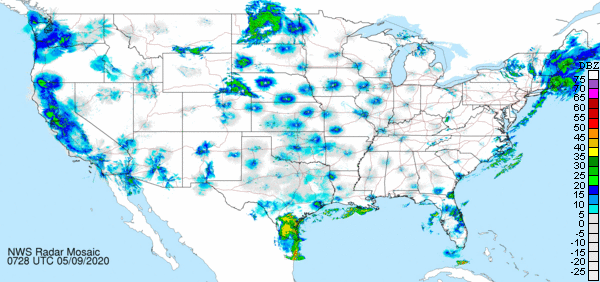
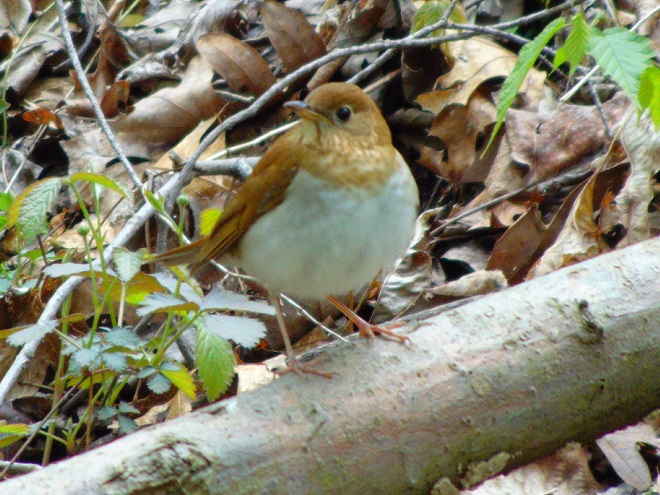
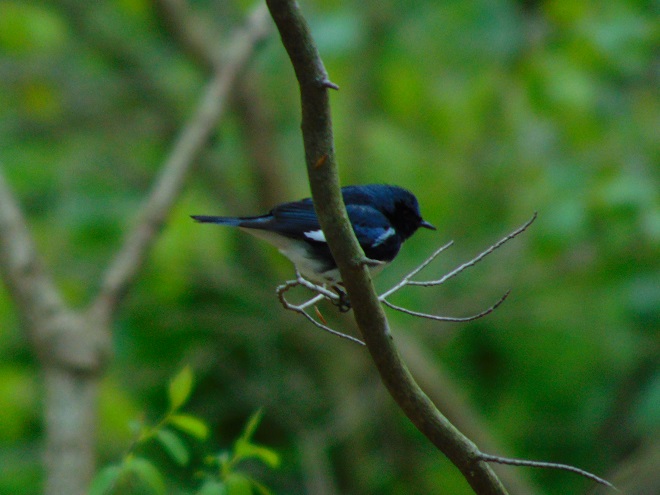
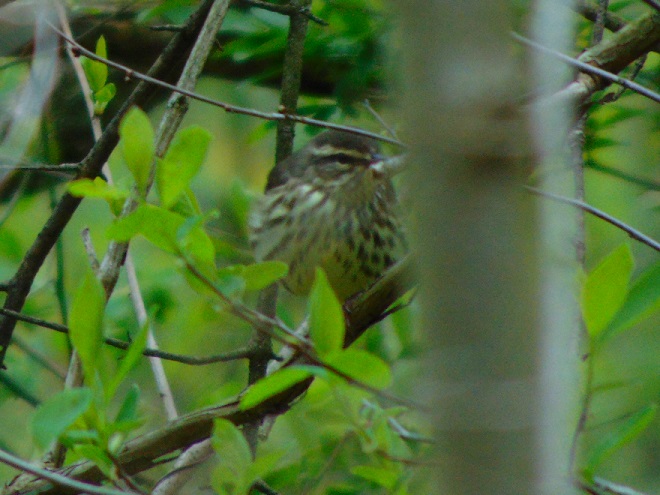
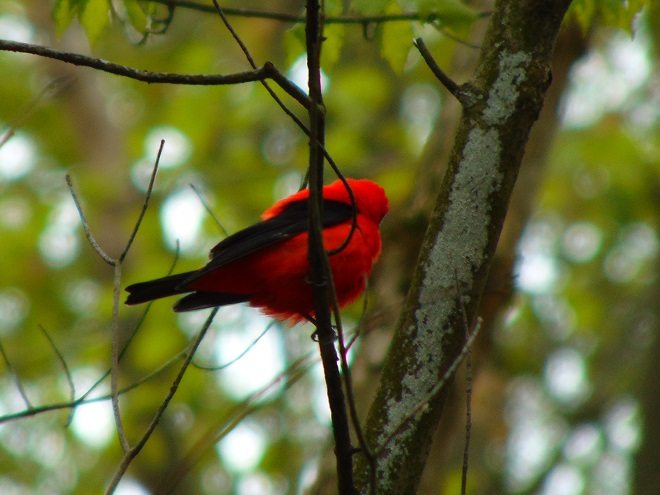
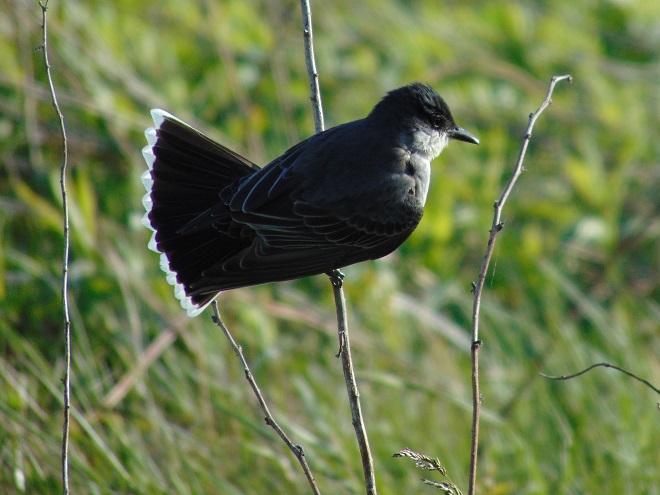
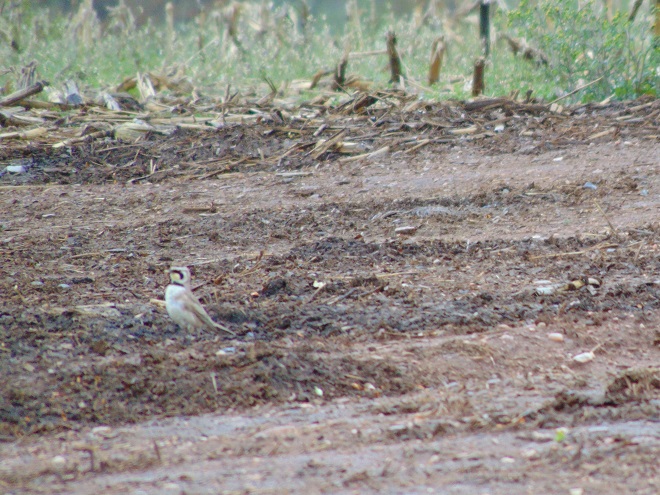
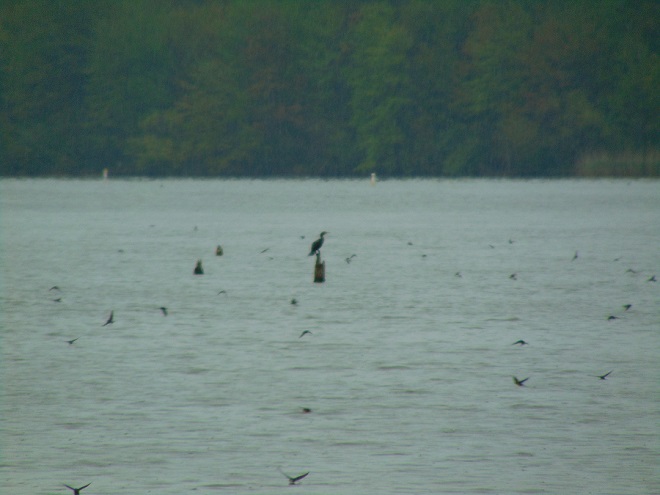


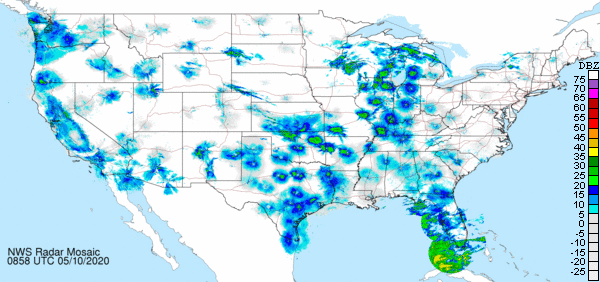

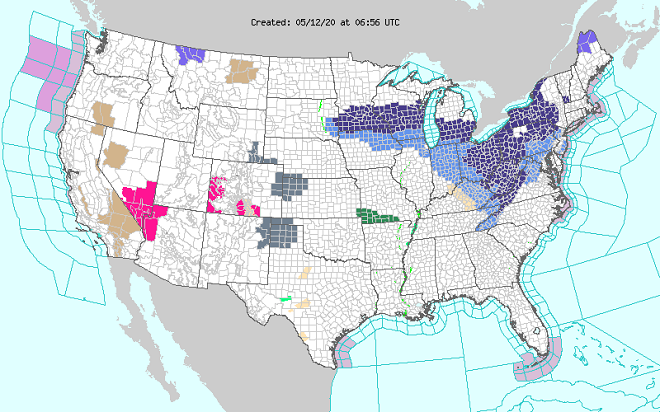
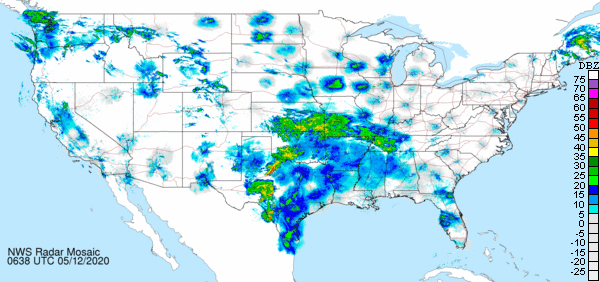
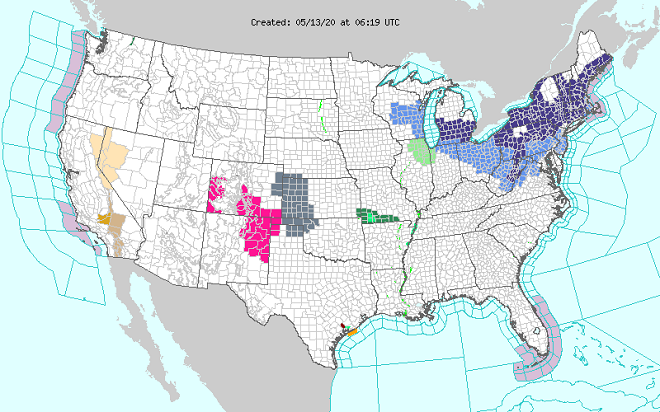
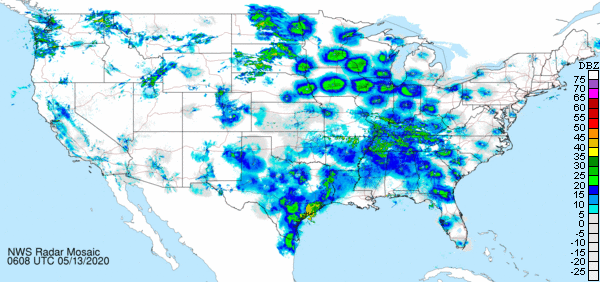
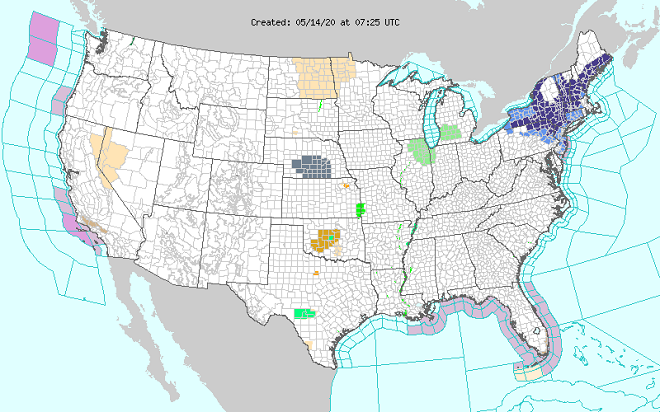

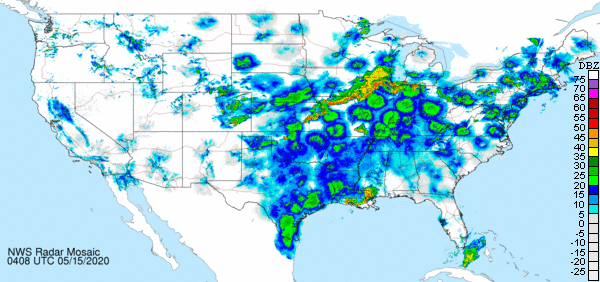
Today throughout the lower Susquehanna region, bird songs again fill the air and it seems to be mid-May as we remember it. The flights have resumed.
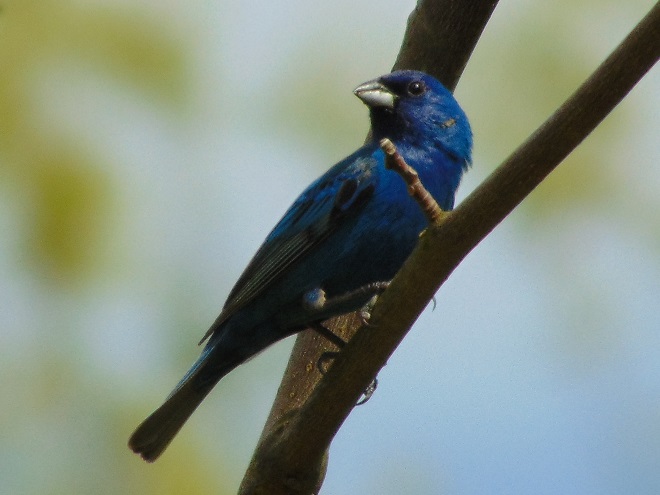

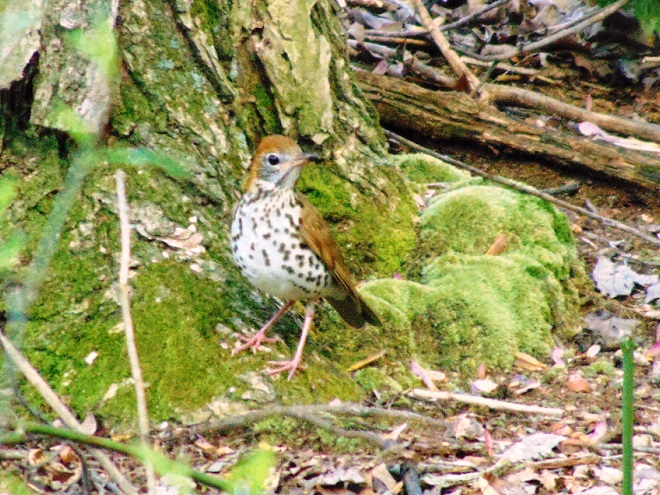
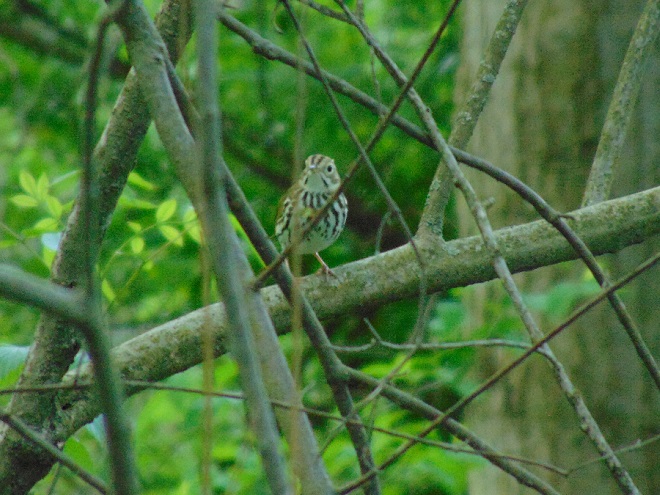
Get Away From It All
For those of you who dare to shed that filthy contaminated rag you’ve been told to breathe through so that you might instead get out and enjoy some clean air in a cherished place of solitude, here’s what’s around—go have a look.
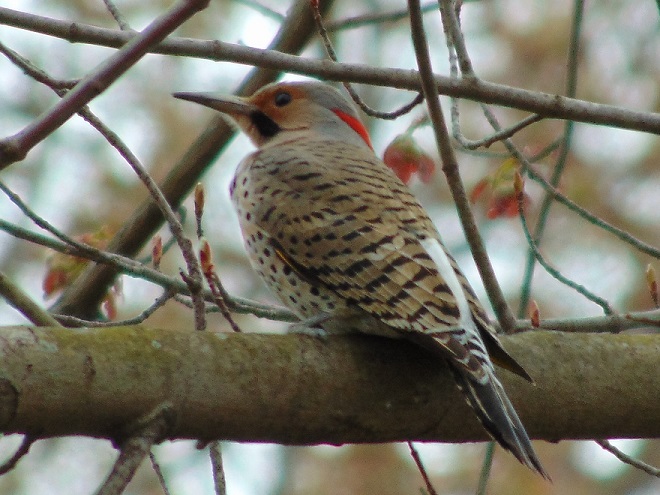
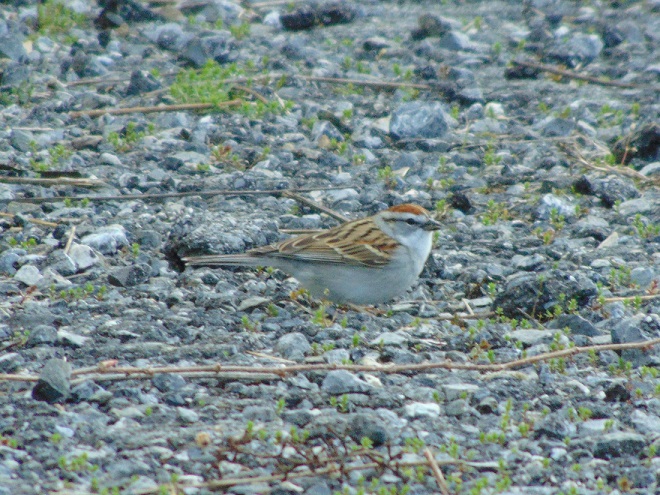
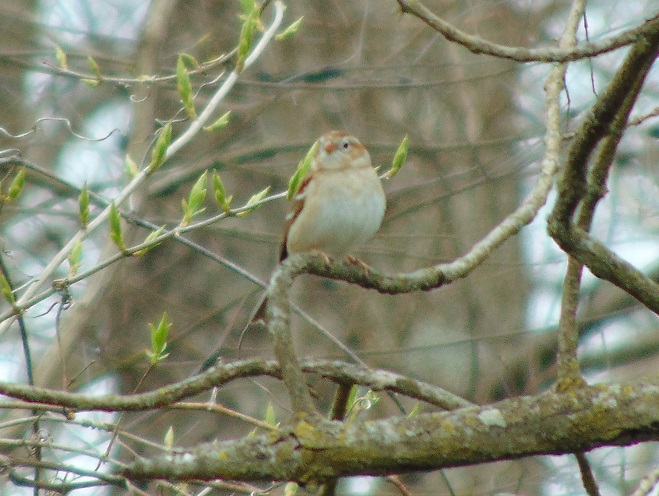
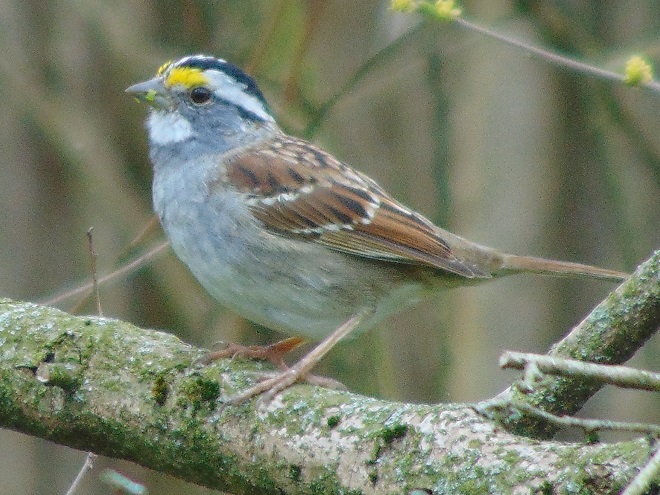

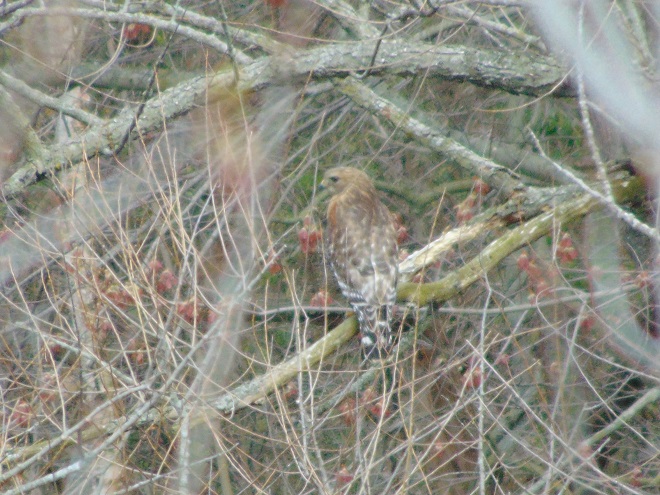
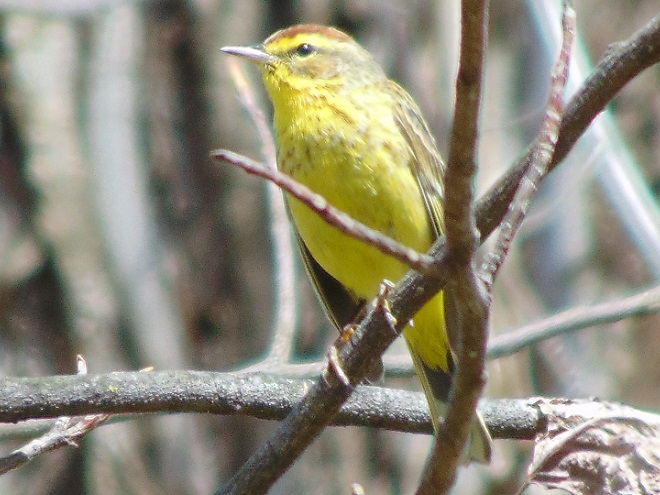
The springtime show on the water continues…
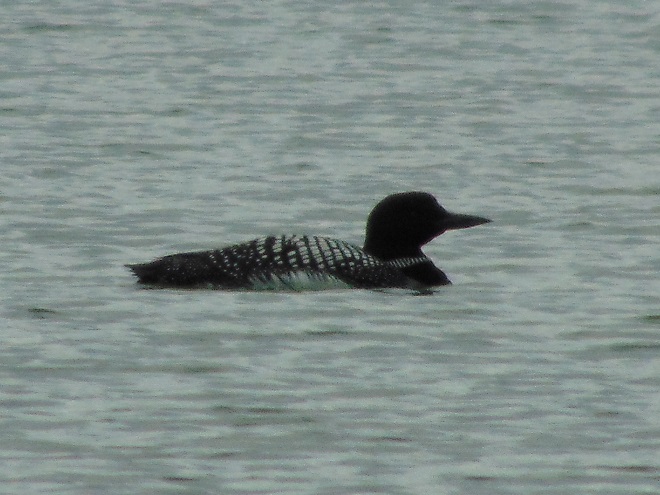
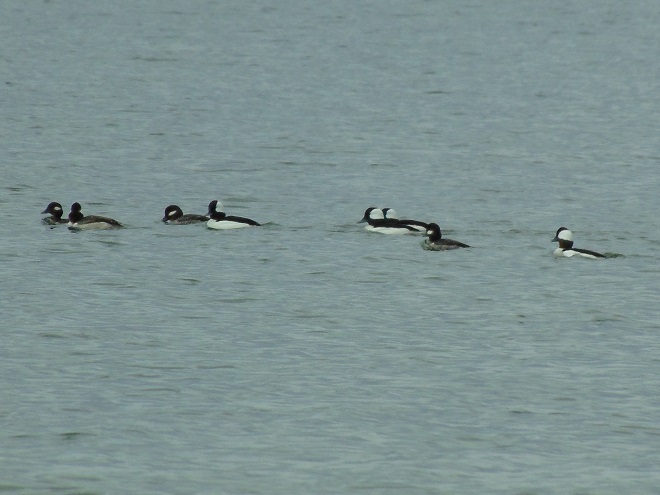
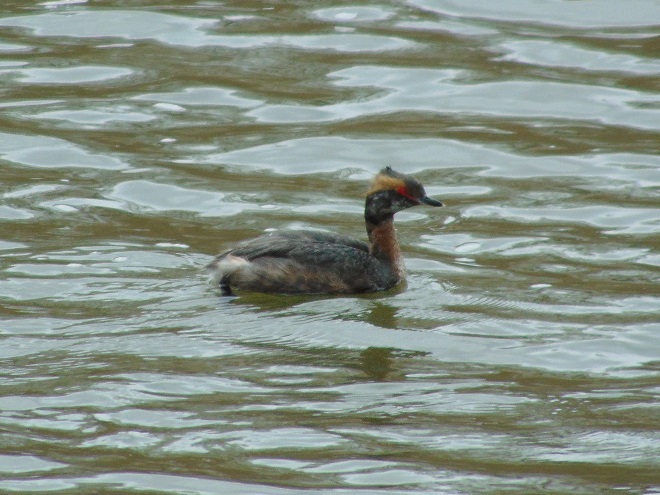
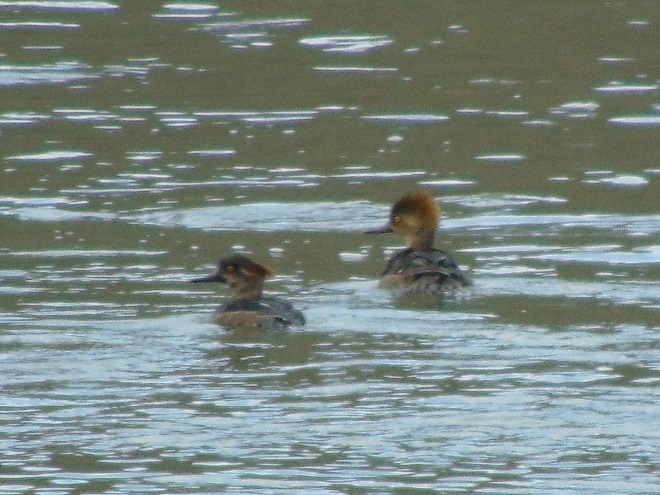
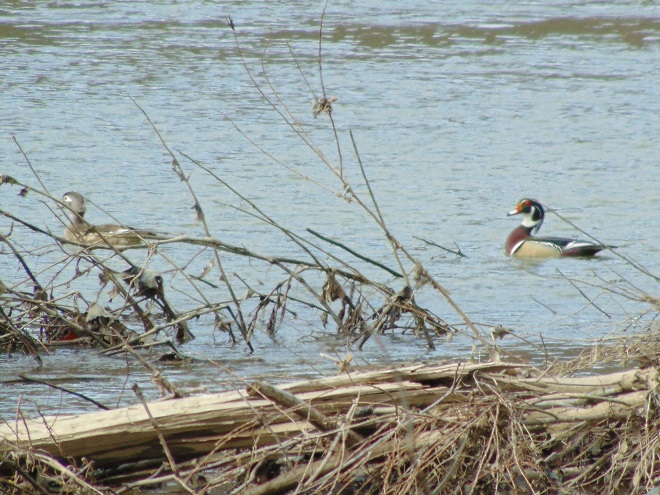
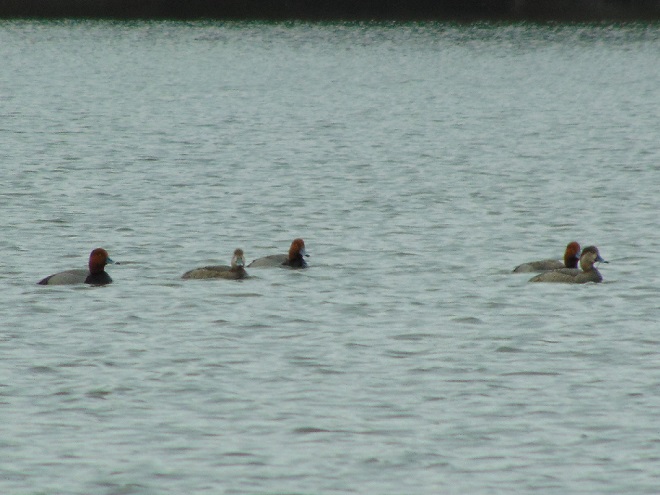

Hey, what are those showy flowers?

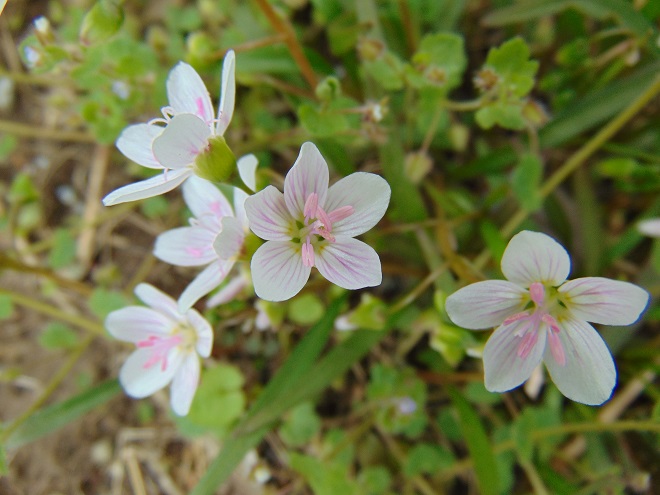
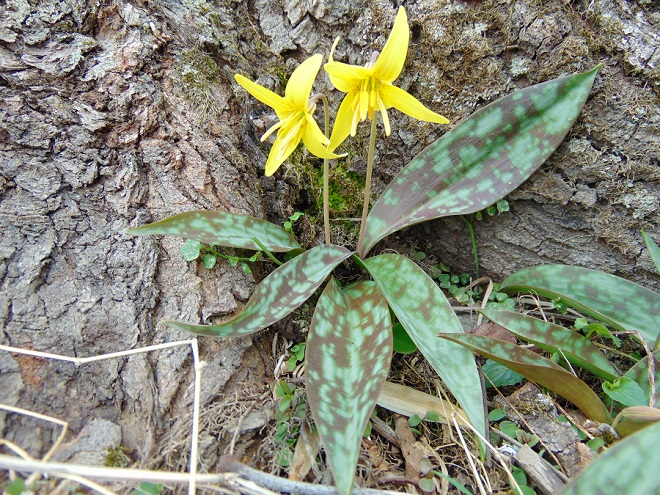
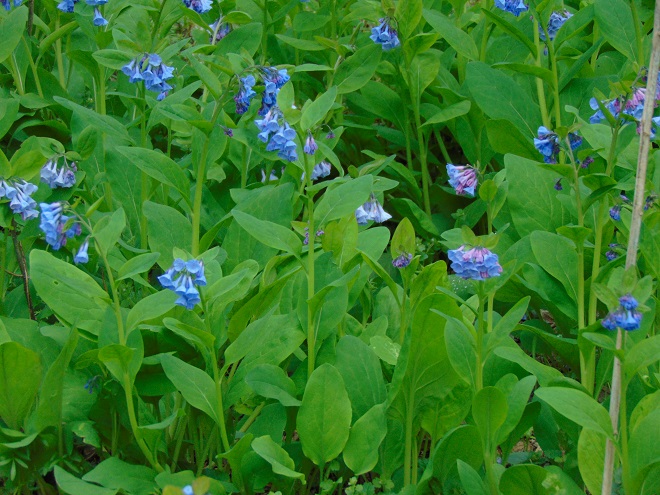
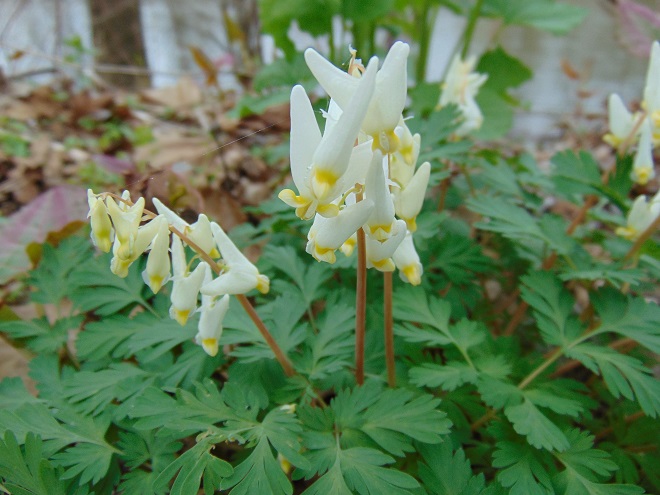
Wasn’t that refreshing? Now go take a walk.
Clean Slate for 2020
Inside the doorway that leads to your editor’s 3,500 square foot garden hangs a small chalkboard upon which he records the common names of the species of birds that are seen there—or from there—during the year. If he remembers to, he records the date when the species was first seen during that particular year. On New Year’s Day, the results from the freshly ended year are transcribed onto a sheet of notebook paper. On the reverse, the names of butterflies, mammals, and other animals that visited the garden are copied from a second chalkboard that hangs nearby. The piece of paper is then inserted into a folder to join those from previous New Year’s Days. The folder then gets placed back into the editor’s desk drawer beneath a circular saw blade and an old scratched up set of sunglasses—so that he knows exactly where to find it if he wishes to.
A quick glance at this year’s list calls to mind a few recollections.
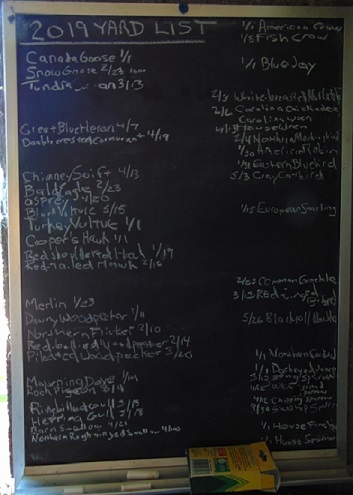
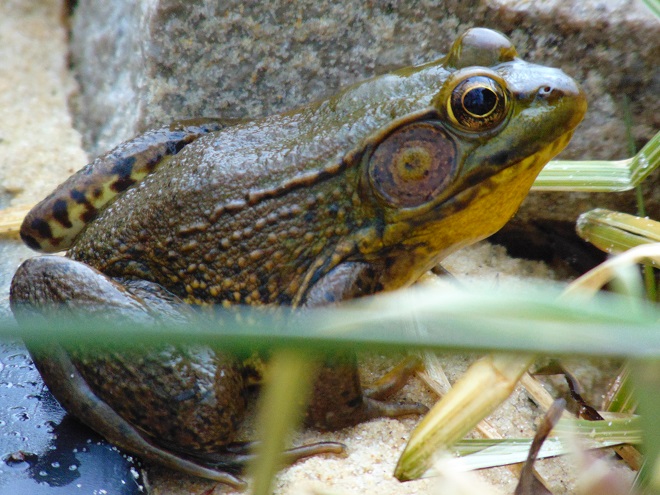
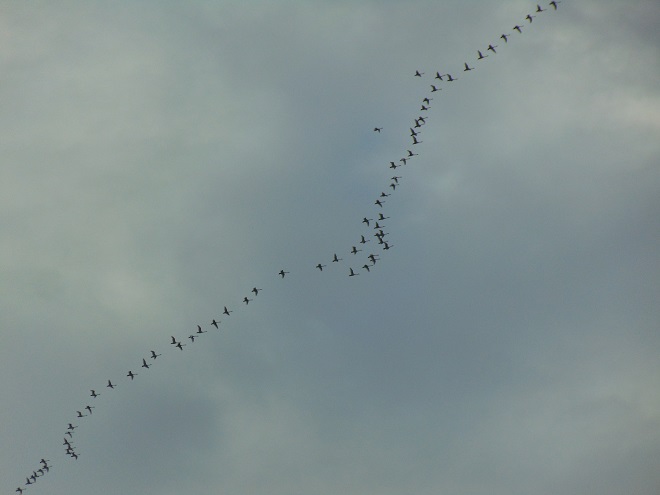
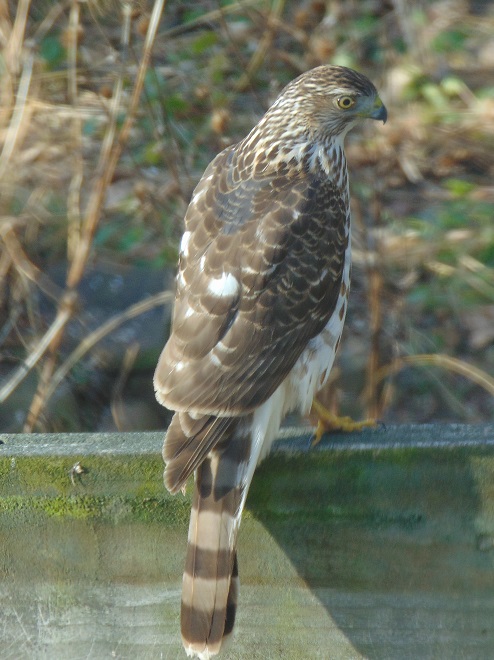
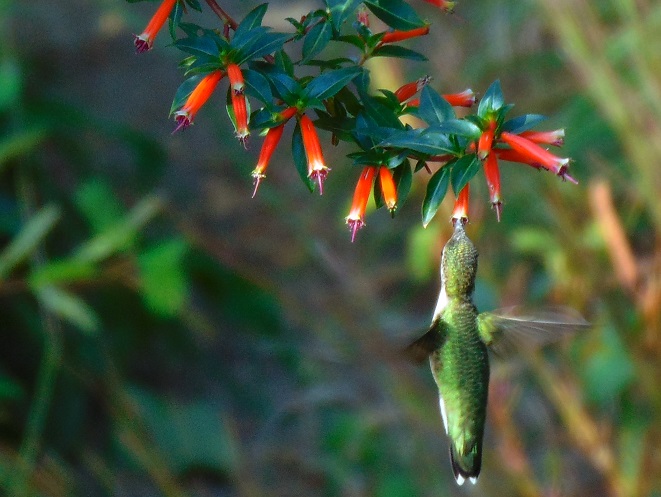
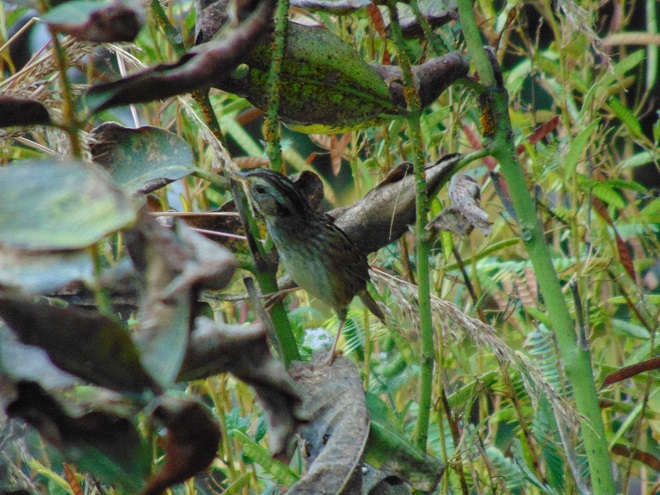
Before putting the folder back into the drawer for another year, the editor decided to count up the species totals on each of the sheets and load them into the chart maker in the computer.
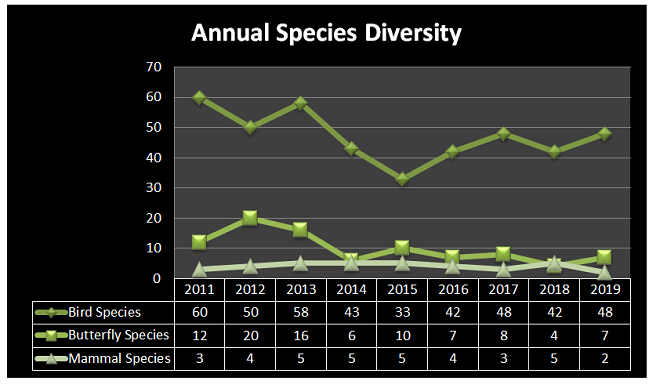 Despite the habitat improvements in the garden, the trend is apparent. Bird diversity has not cracked the 50 species mark in 6 years. Despite native host plants and nectar species in abundance, butterfly diversity has not exceeded 10 species in 6 years.
Despite the habitat improvements in the garden, the trend is apparent. Bird diversity has not cracked the 50 species mark in 6 years. Despite native host plants and nectar species in abundance, butterfly diversity has not exceeded 10 species in 6 years.
It appears that, at the very least, the garden habitat has been disconnected from the home ranges of many species by fragmentation. His little oasis is now isolated in a landscape that becomes increasingly hostile to native wildlife with each passing year. The paving of more parking areas, the elimination of trees, shrubs, and herbaceous growth from the large number of rental properties in the area, the alteration of the biology of the nearby stream by hand-fed domestic ducks, light pollution, and the outdoor use of pesticides have all contributed to the separation of the editor’s tiny sanctuary from the travel lanes and core habitats of many of the species that formerly visited, fed, or bred there. In 2019, migrants, particularly “fly-overs”, were nearly the only sightings aside from several woodpeckers, invasive House Sparrows (Passer domesticus), and hardy Mourning Doves. Even rascally European Starlings became sporadic in occurrence—imagine that! It was the most lackluster year in memory.
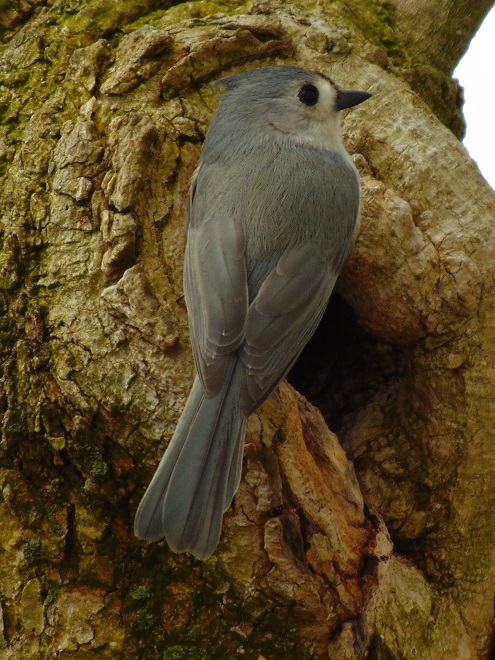
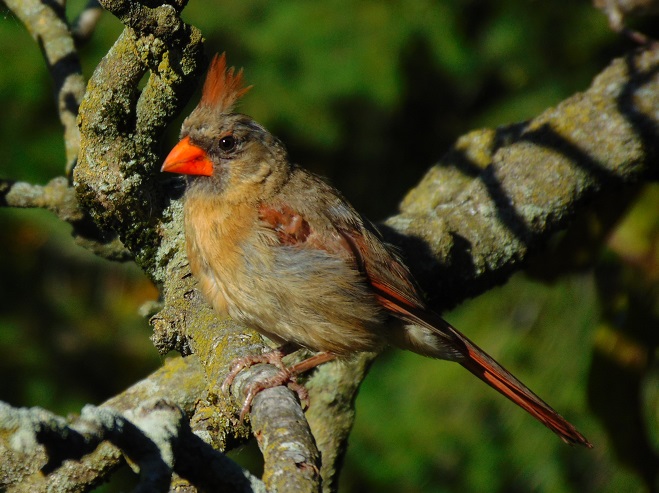
If habitat fragmentation were the sole cause for the downward trend in numbers and species, it would be disappointing, but comprehendible. There would be no cause for greater alarm. It would be a matter of cause and effect. But the problem is more widespread.
Although the editor spent a great deal of time in the garden this year, he was also out and about, traveling hundreds of miles per week through lands on both the east and the west shores of the lower Susquehanna. And on each journey, the number of birds seen could be counted on fingers and toes. A decade earlier, there were thousands of birds in these same locations, particularly during the late summer.
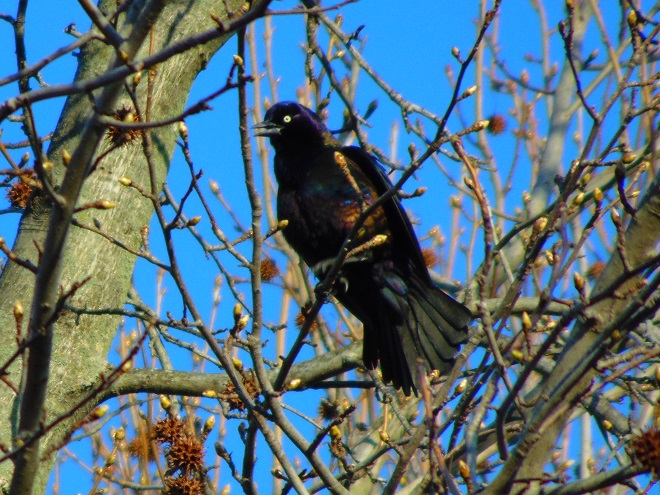
In the lower Susquehanna valley, something has drastically reduced the population of birds during breeding season, post-breeding dispersal, and the staging period preceding autumn migration. In much of the region, their late-spring through summer absence was, in 2019, conspicuous. What happened to the tens of thousands of swallows that used to gather on wires along rural roads in August and September before moving south? The groups of dozens of Eastern Kingbirds (Tyrannus tyrannus) that did their fly-catching from perches in willows alongside meadows and shorelines—where are they?
Several studies published during the autumn of 2019 have documented and/or predicted losses in bird populations in the eastern half of the United States and elsewhere. These studies looked at data samples collected during recent decades to either arrive at conclusions or project future trends. They cite climate change, the feline infestation, and habitat loss/degradation among the factors contributing to alterations in range, migration, and overall numbers.
There’s not much need for analysis to determine if bird numbers have plummeted in certain Lower Susquehanna Watershed habitats during the aforementioned seasons—the birds are gone. None of these studies documented or forecast such an abrupt decline. Is there a mysterious cause for the loss of the valley’s birds? Did they die off? Is there a disease or chemical killing them or inhibiting their reproduction? Is it global warming? Is it Three Mile Island? Is it plastic straws, wind turbines, or vehicle traffic?
The answer might not be so cryptic. It might be right before our eyes. And we’ll explore it during 2020.

In the meantime, Uncle Ty and I going to the Pennsylvania Farm Show in Harrisburg. You should go too. They have lots of food there.
Some Autumn Insects
With autumn coming to a close, let’s have a look at some of the fascinating insects (and a spider) that put on a show during some mild afternoons in the late months of 2019.
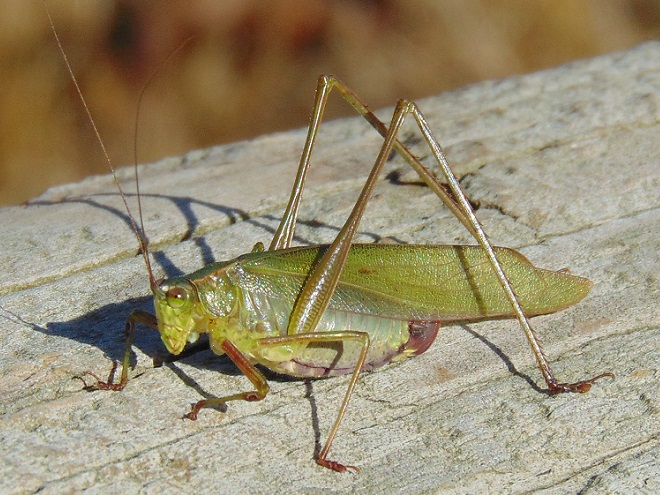
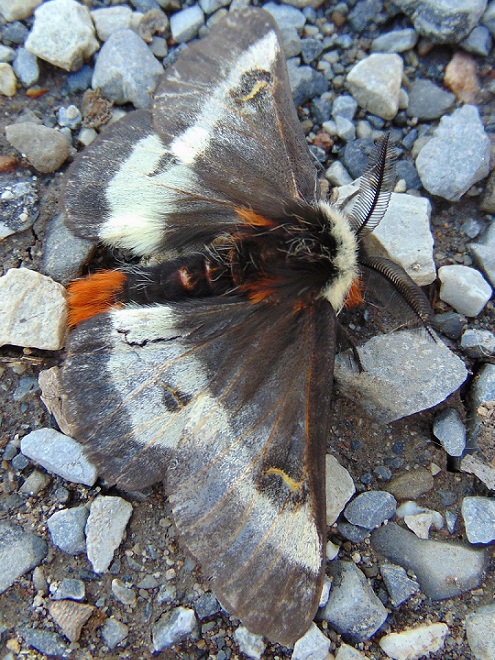
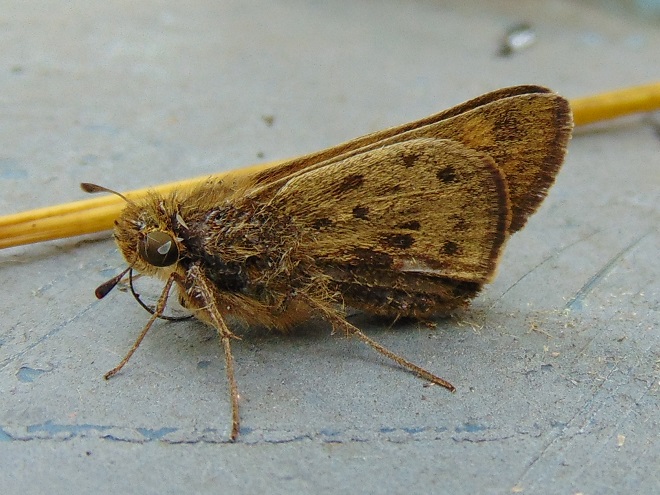
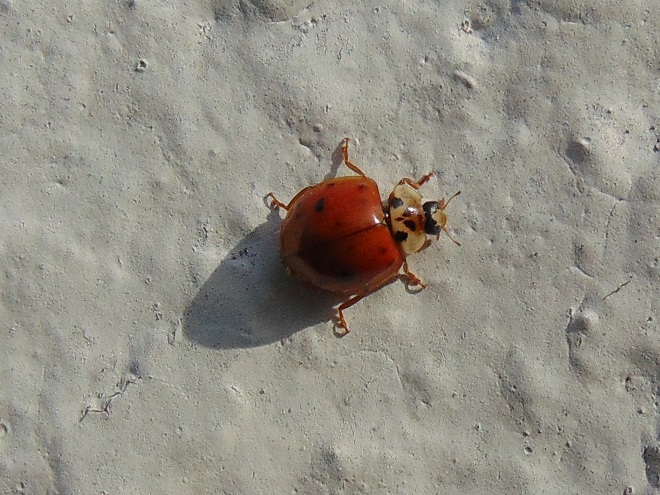
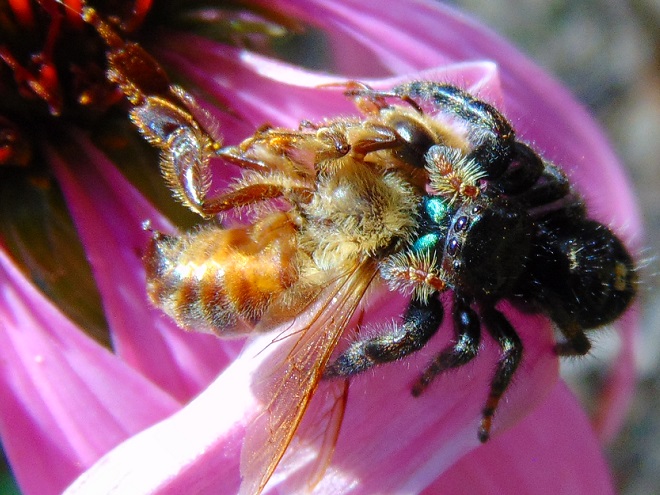
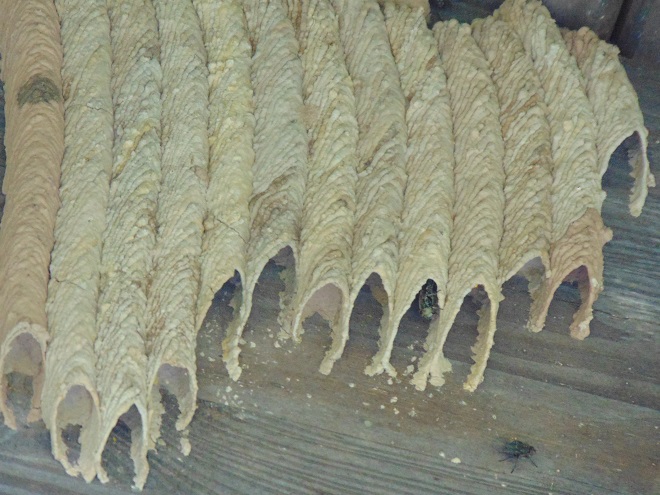
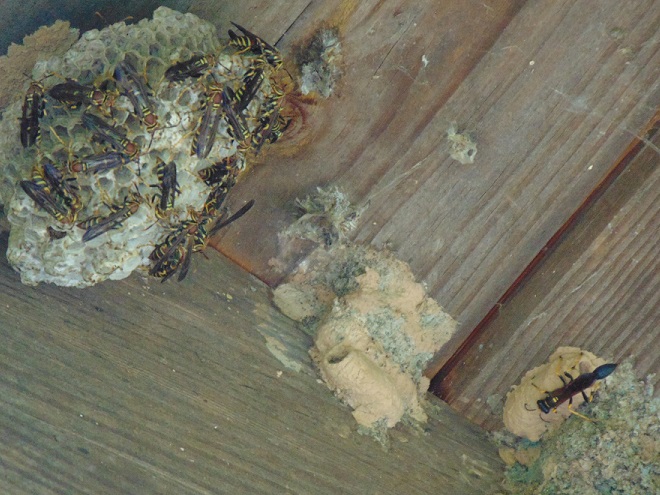

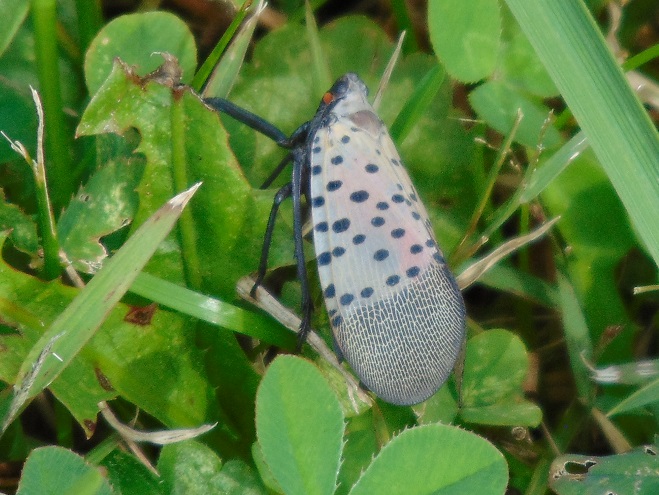
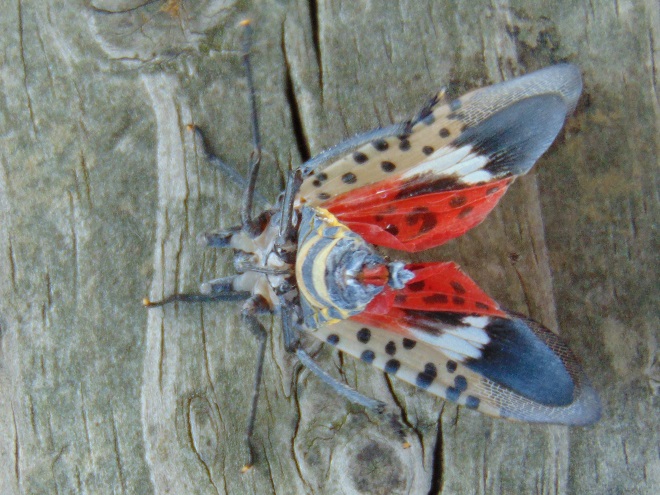
SOURCES
Eaton, Eric R., and Kenn Kaufman. 2007. Kaufman Field Guide to Insects of North America. Houghton Mifflin Company. New York, NY.
Noxious Benefactor
It’s sprayed with herbicides. It’s mowed and mangled. It’s ground to shreds with noisy weed-trimmers. It’s scorned and maligned. It’s been targeted for elimination by some governments because it’s undesirable and “noxious”. And it has that four letter word in its name which dooms the fate of any plant that possesses it. It’s the Common Milkweed, and it’s the center of activity in our garden at this time of year. Yep, we said milk-WEED.
Now, you need to understand that our garden is small—less than 2,500 square feet. There is no lawn, and there will be no lawn. We’ll have nothing to do with the lawn nonsense. Those of you who know us, know that the lawn, or anything that looks like lawn, are through.
Anyway, most of the plants in the garden are native species. There are trees, numerous shrubs, some water features with aquatic plants, and filling the sunny margins is a mix of native grassland plants including Common Milkweed. The unusually wet growing season in 2018 has been very kind to these plants. They are still very green and lush. And the animals that rely on them are having a banner year. Have a look…
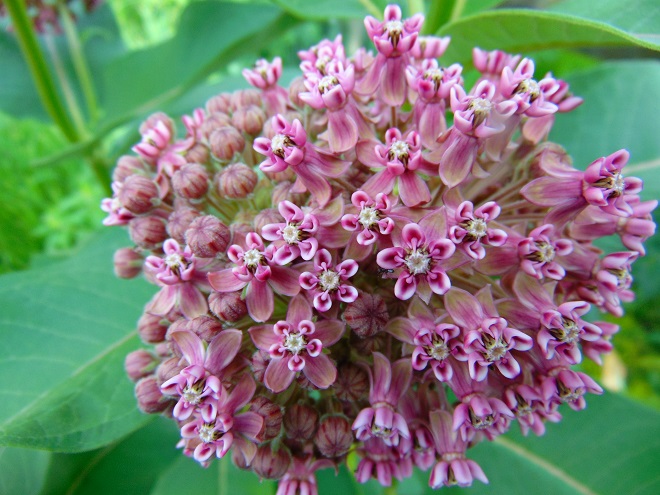
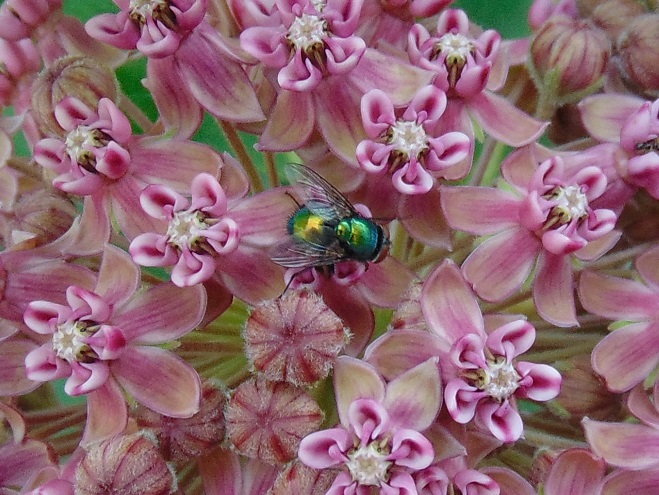


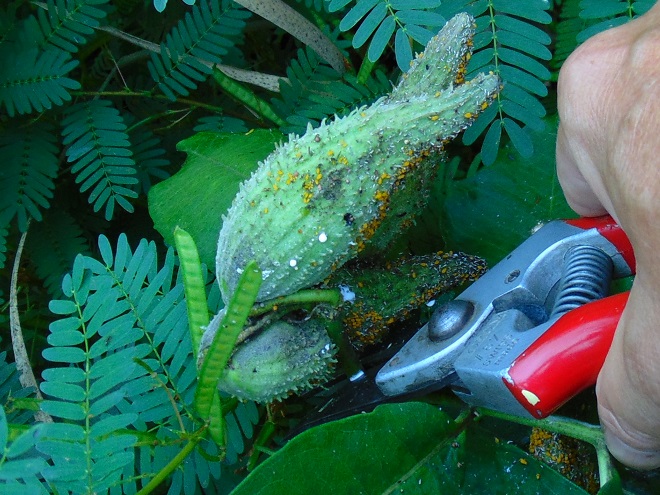
We’ve planted a variety of native grassland species to help support the milkweed structurally and to provide a more complete habitat for Monarch butterflies and other native insects. This year, these plants are exceptionally colorful for late-August due to the abundance of rain. The warm season grasses shown below are the four primary species found in the American tall-grass prairies and elsewhere.
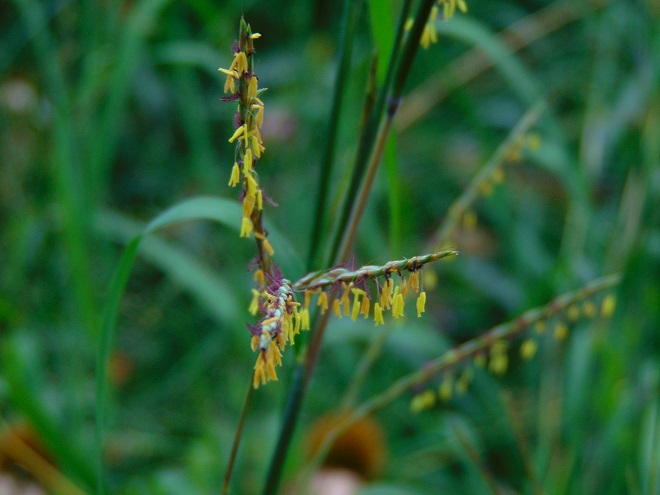


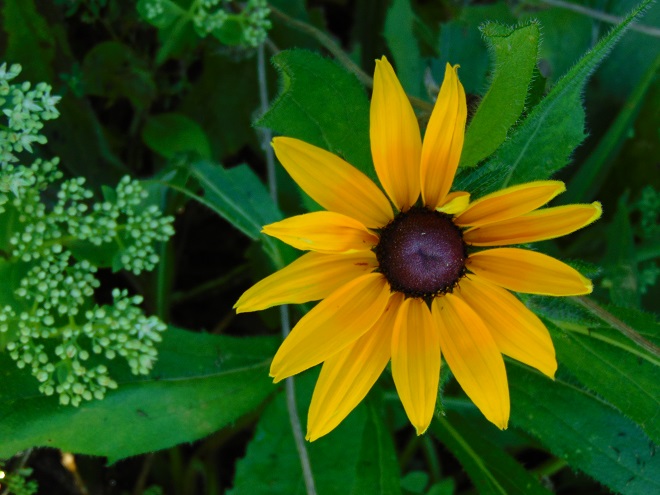


There was Monarch activity in the garden today like we’ve never seen before—and it revolved around milkweed and the companion plants.
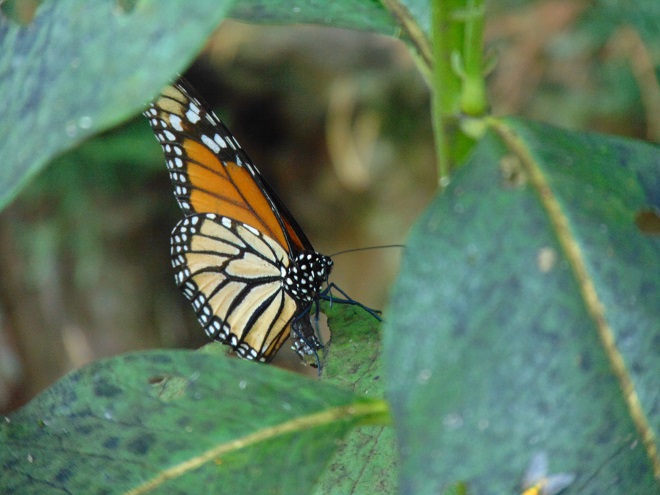
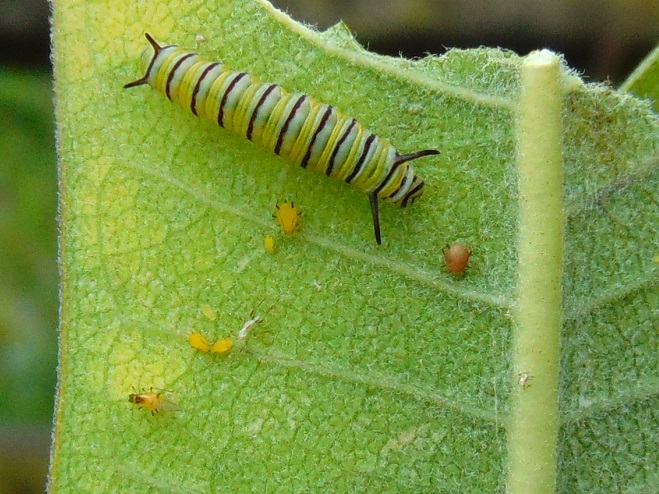
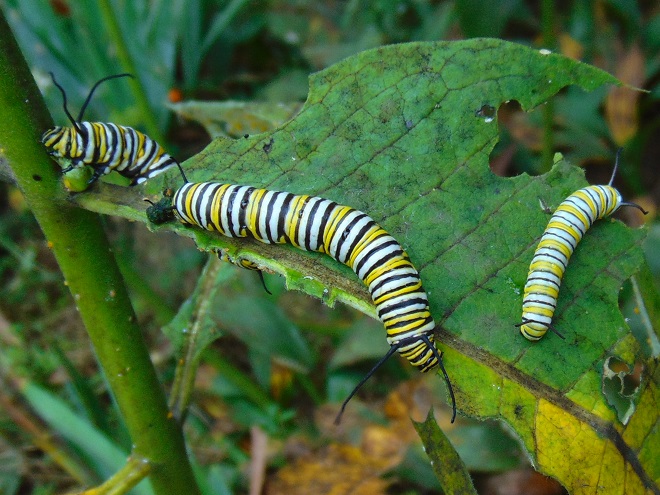
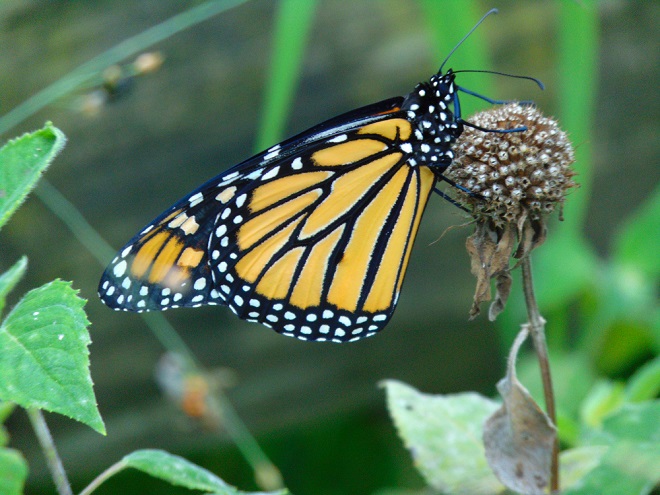
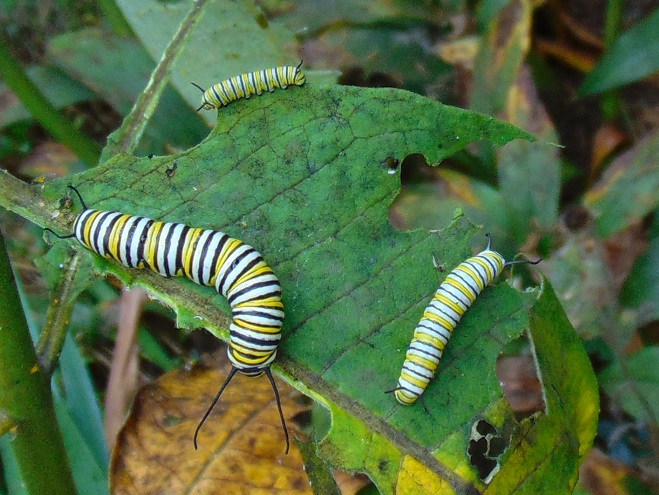
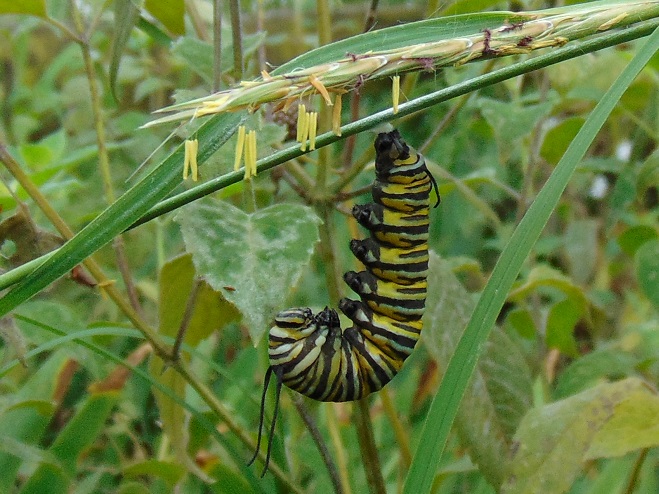
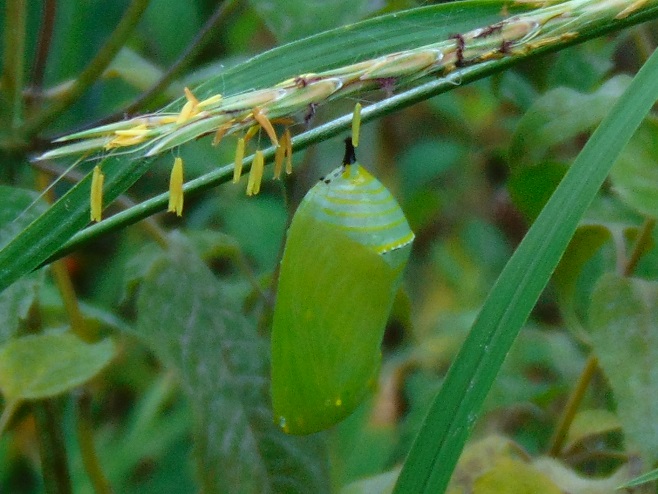
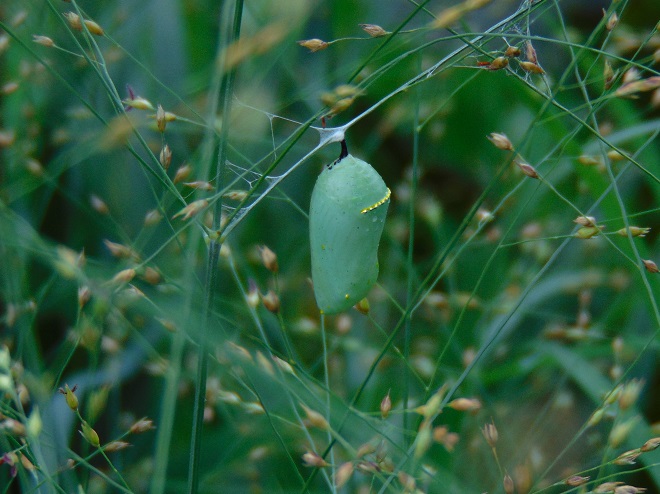
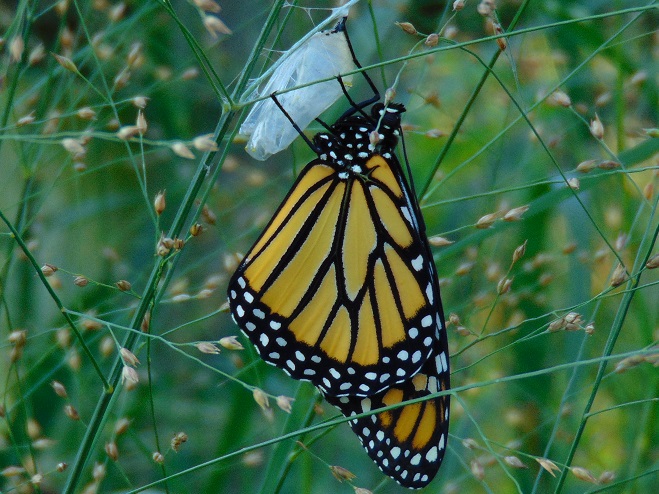
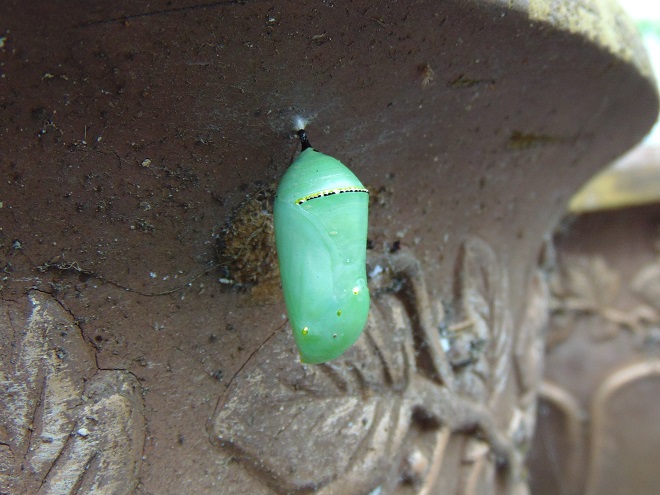
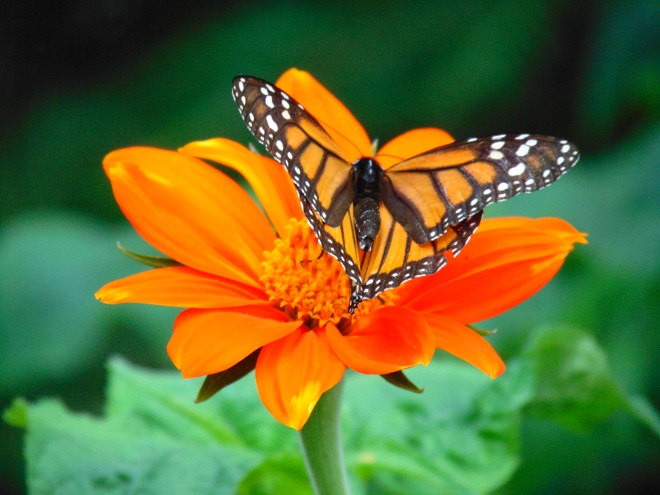
SOURCES
Eaton, Eric R., and Kenn Kaufman. 2007. Kaufman Field Guide to Insects of North America. Houghton Mifflin Company. New York.
A Flock of Seagulls?
At the moment there is a heavy snow falling, not an unusual occurrence for mid-February, nevertheless, it is a change in weather. Forty-eight hours ago we were in the midst of a steady rain and temperatures were in the sixties. The snow and ice had melted away and a touch of spring was in the air.
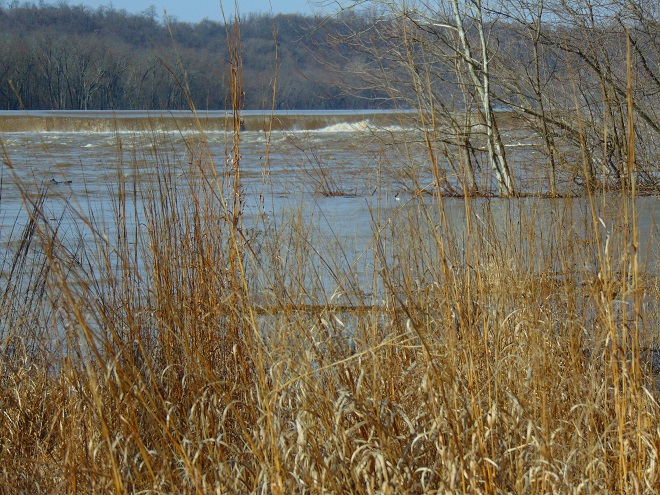
Anyone casually looking about while outdoors during these last several days may have noticed that birds are indeed beginning to migrate north in the lower Susquehanna valley. Killdeer, American Robins, Eastern Bluebirds, Red-winged Blackbirds, and Common Grackles are easily seen or heard in most of the area now.
Just hours ago, between nine o’clock this morning and one o’clock this afternoon, there was a spectacular flight of birds following the river north, their spring migration well underway. In the blue skies above Conewago Falls, a steady parade of Ring-billed Gulls was utilizing thermals and riding a tailwind from the south-southeast to cruise high overhead on a course toward their breeding range.
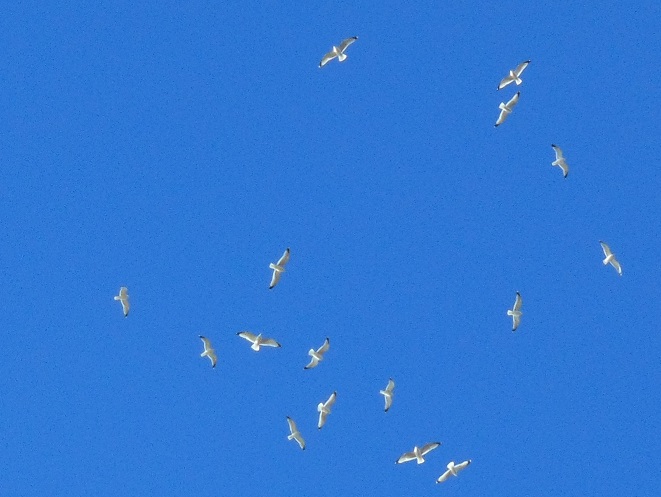
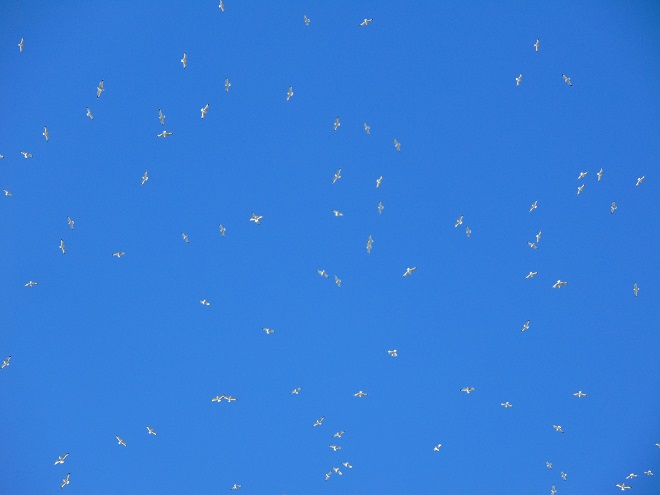
The swirling hoards of Ring-billed Gulls attracted other migrants to take advantage of the thermals and glide paths on the breeze. Right among them were 44 Herring Gulls, 3 Great Black-backed Gulls, 12 Tundra Swans (Cygnus columbianus), 10 Canada Geese, 3 Northern Pintails (Anas acuta), 6 Common Mergansers, 3 Red-tailed Hawks, a Red-shouldered Hawk, 6 Bald Eagles (non-adults), 8 Black Vultures, and 5 Turkey Vultures.
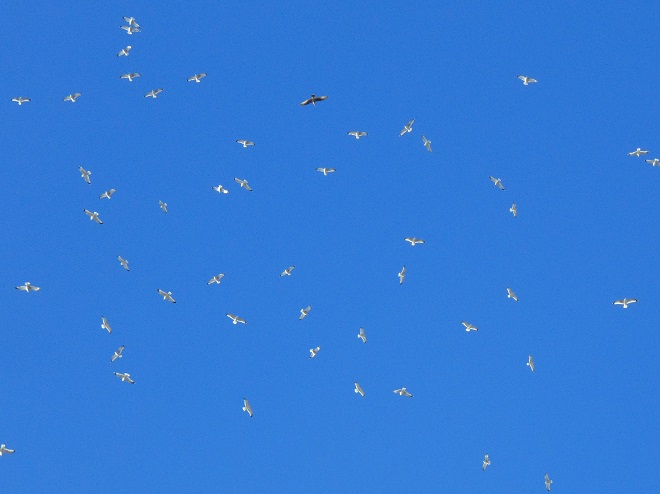
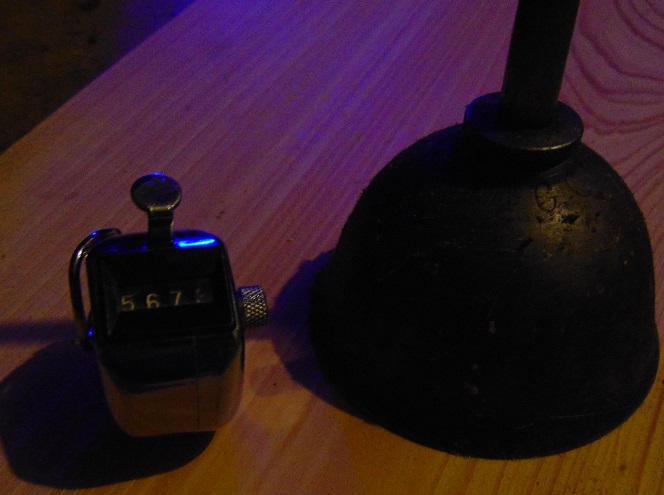
In the afternoon, the clouds closed in quickly, the flight ended, and by dusk more than an inch of snow was on the ground. Looks like spring to me.
Loading Up For Winter
A very light fog lifted quickly at sunrise. Afterward, there was a minor movement of migrants: forty-nine Ring-billed Gulls, a few Herring Gulls, a Red-shouldered Hawk following the river to the southeast, and small flocks totaling nine Cedar Waxwings and twenty-eight Red-winged Blackbirds.
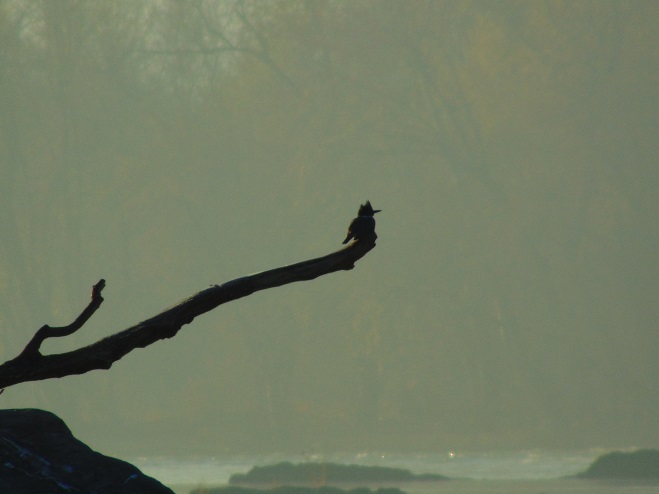


In the Riparian Woodland, small mixed flocks of winter resident and year-round resident birds were actively feeding. They must build and maintain a layer of body fat to survive blustery cold nights and the possible lack of access to food during snowstorms. There’s no time to waste; nasty weather could bring fatal hardship to these birds soon.
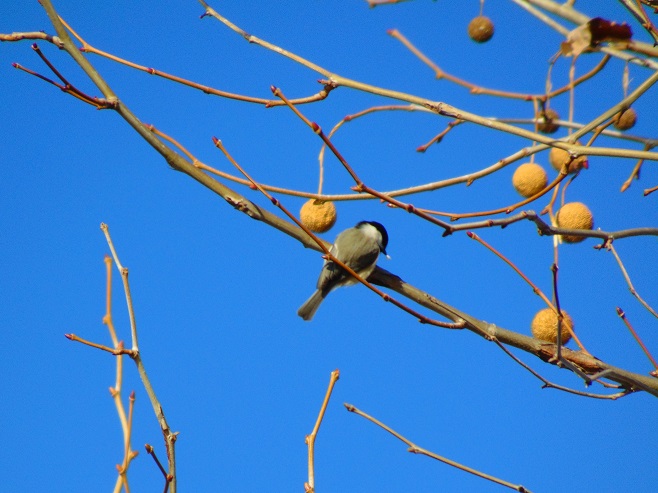
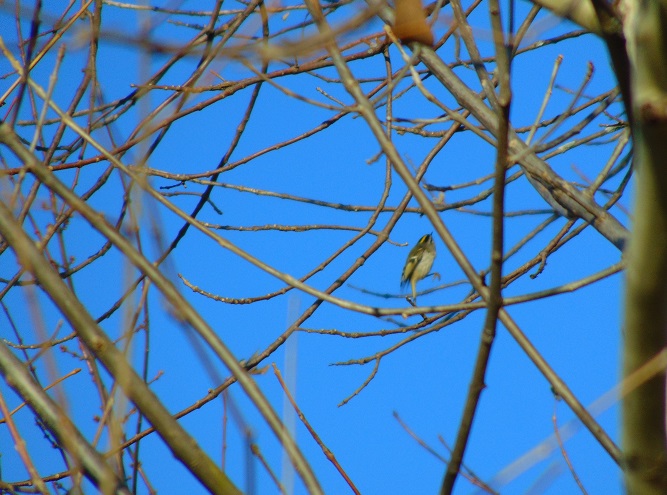
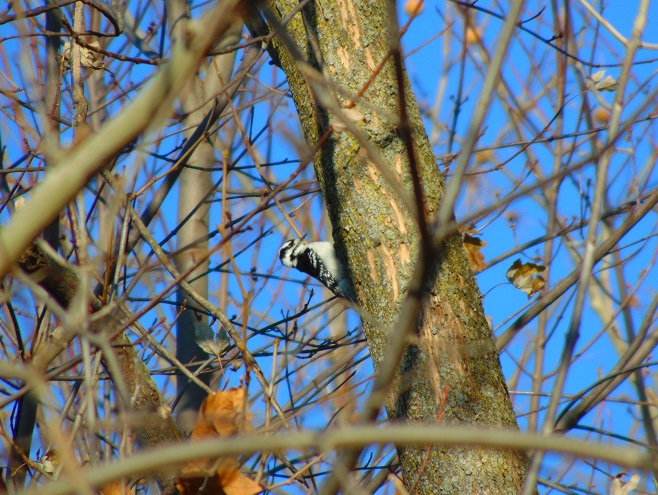
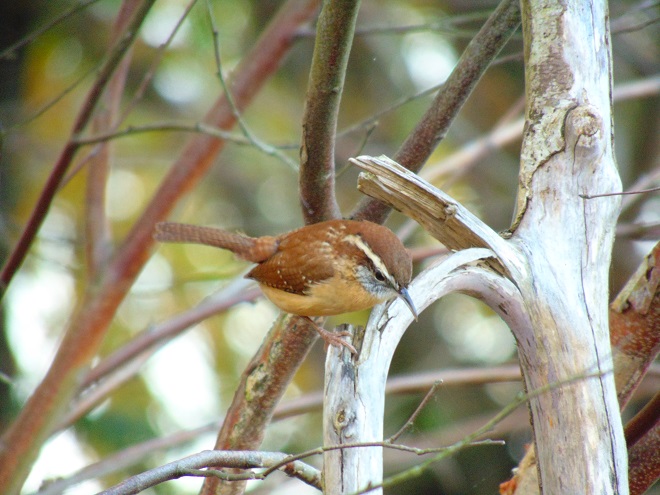
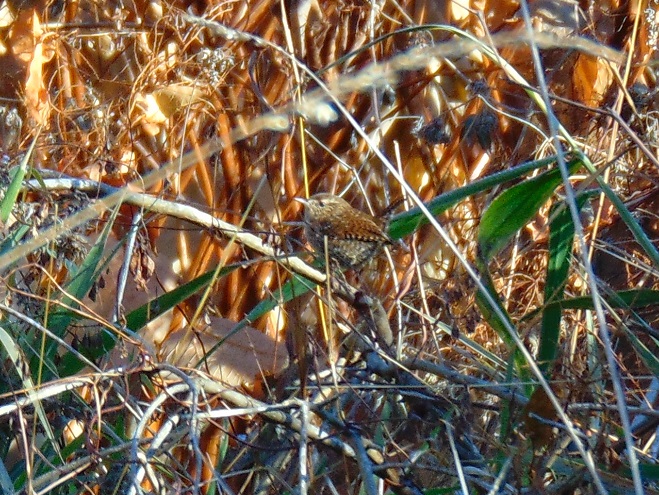
Living in the Shadows
They get a touch of it here, and a sparkle or two there. Maybe, for a couple of hours each day, the glorious life-giving glow of the sun finds an opening in the canopy to warm and nourish their leaves, then the rays of light creep away across the forest floor, and it’s shade for the remainder of the day.
The flowering plants which thrive in the understory of the Riparian Woodlands often escape much notice. They gather only a fraction of the daylight collected by species growing in full exposure to the sun. Yet, by season’s end, many produce showy flowers or nourishing fruits of great import to wildlife. While light may be sparingly rationed through the leaves of the tall trees overhead, moisture is nearly always assured in the damp soils of the riverside forest. For these plants, growth is slow, but continuous. And now, it’s show time.
So let’s take a late-summer stroll through the Riparian Woodlands of Conewago Falls, minus the face full of cobwebs, and have a look at some of the strikingly beautiful plants found living in the shadows.

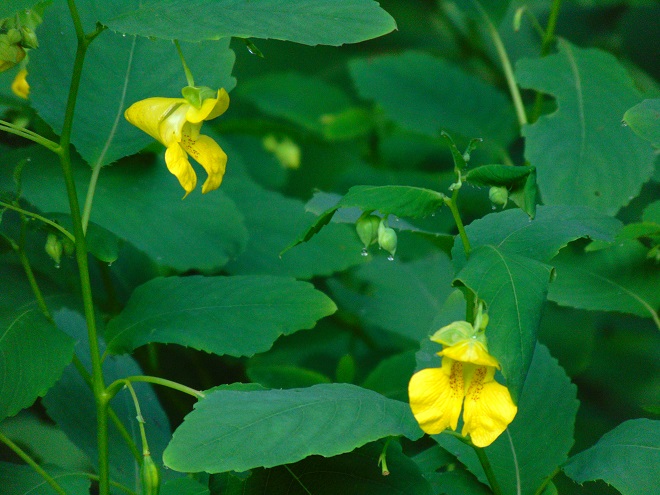
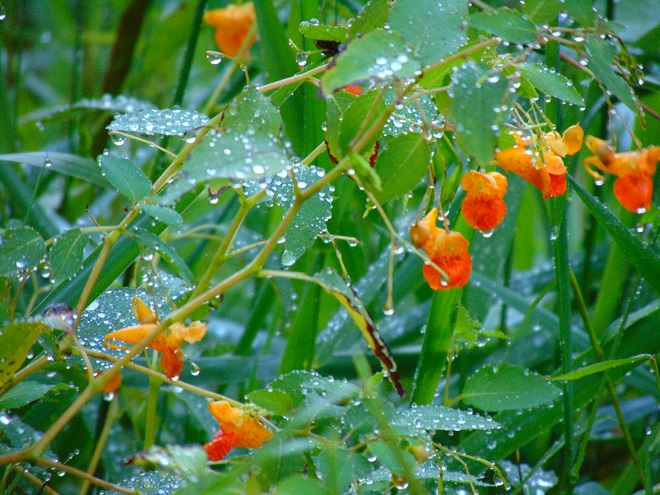
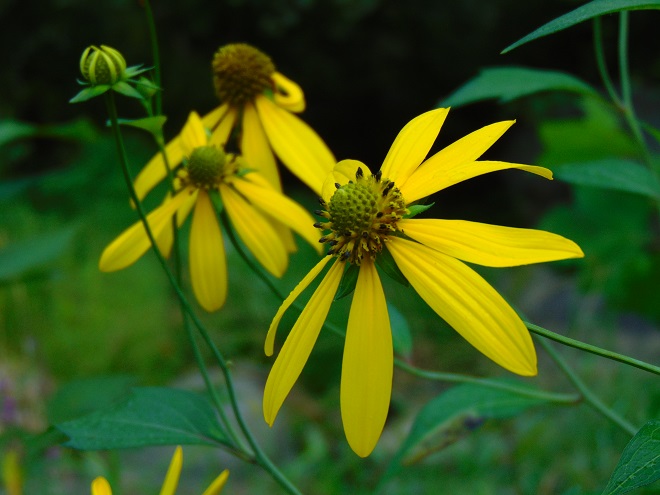
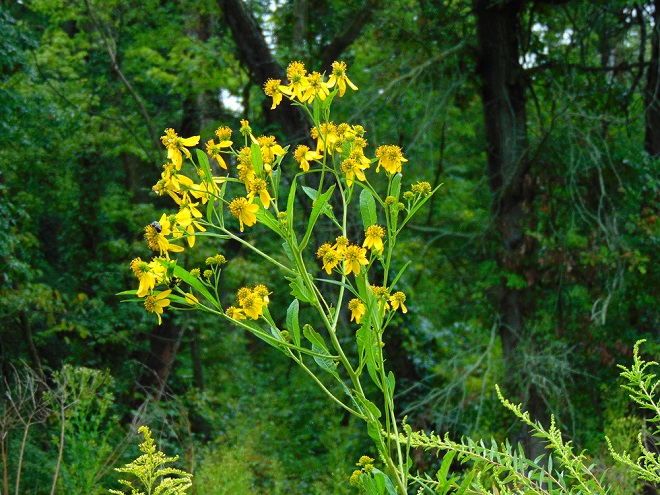
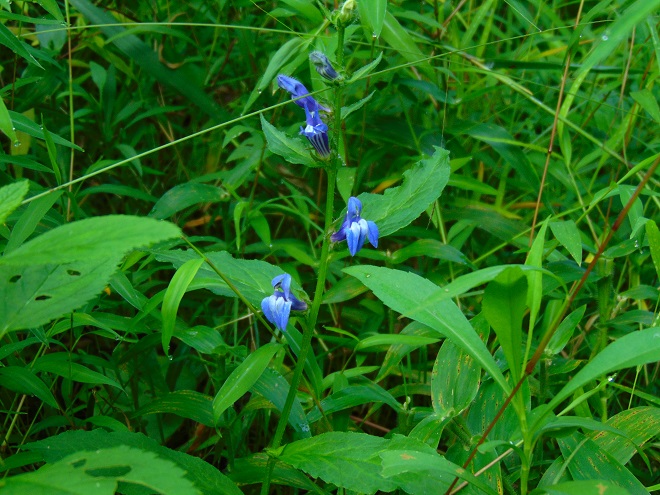
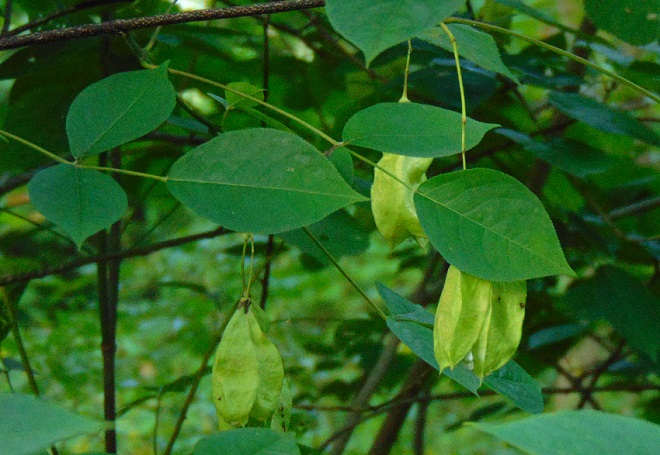
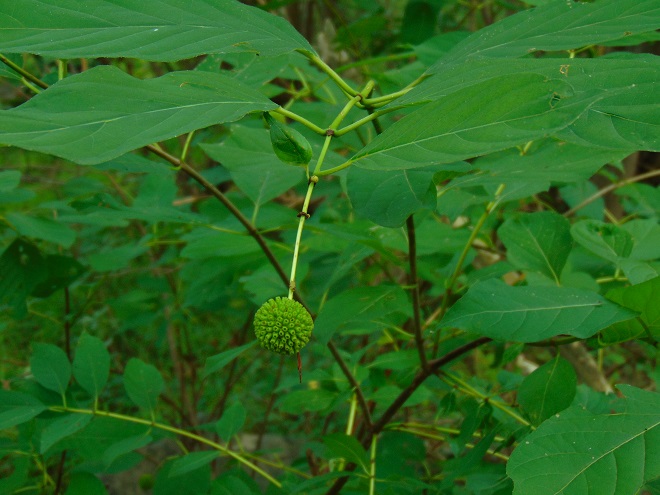
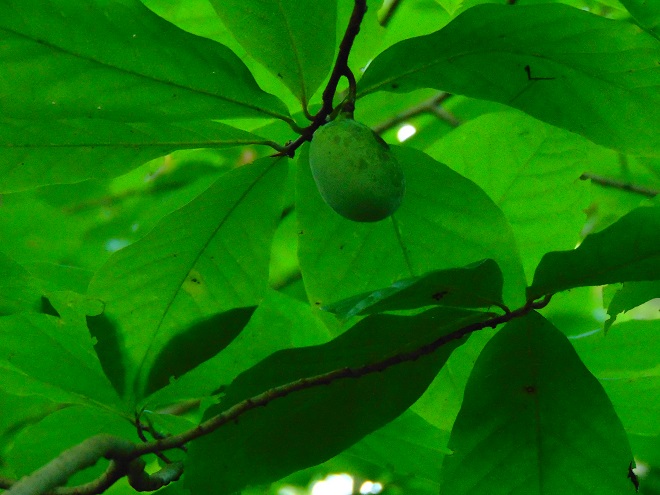
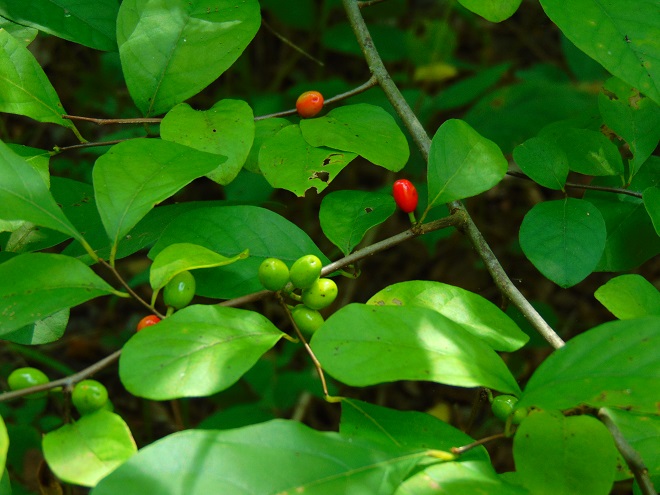
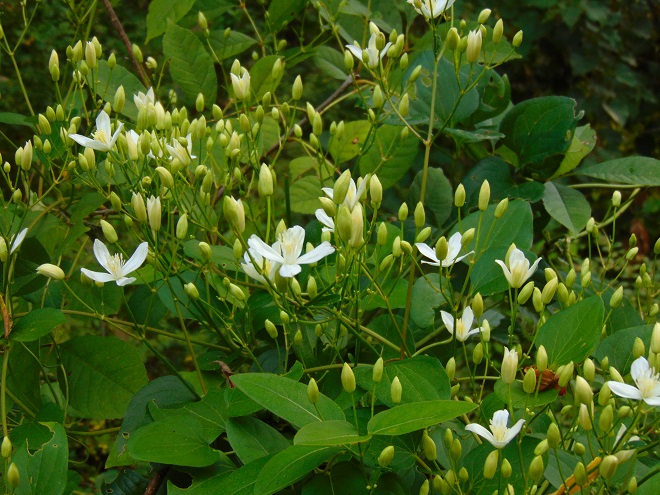
SOURCES
Long, David; Ballentine, Noel H.; and Marks, James G., Jr. 1997. Treatment of Poison Ivy/Oak Allergic Contact Dermatitis With an Extract of Jewelweed. American Journal of Contact Dermatitis. 8(3): pp. 150-153.
Newcomb, Lawrence. 1977. Newcomb’s Wildflower Guide. Little, Brown and Company. Boston, Massachusetts.
Piles of Green Tape
A couple of inches of rain this week caused a small increase in the flow of the river, just a burp, nothing major. This higher water coincided with some breezy days that kicked up some chop on the open waters of the Susquehanna upstream of Conewago Falls. Apparently it was just enough turbulence to uproot some aquatic plants and send them floating into the falls.
Piled against and upon the upstream side of many of the Pothole Rocks were thousands of two to three feet-long flat ribbon-like opaque green leaves of Tapegrass, also called Wild Celery, but better known as American Eelgrass (Vallisneria americana). Some leaves were still attached to a short set of clustered roots. It appears that most of the plants broke free from creeping rootstock along the edge of one of this species’ spreading masses which happened to thrive during the second half of the summer. You’ll recall that persistent high water through much of the growing season kept aquatic plants beneath a blanket of muddy current. The American Eelgrass colonies from which these specimens originated must have grown vigorously during the favorable conditions in the month of August. A few plants bore the long thread-like pistillate flower stems with a fruit cluster still intact. During the recent few weeks, there have been mats of American Eelgrass visible, the tops of their leaves floating on the shallow river surface, near the east and west shorelines of the Susquehanna where it begins its pass through the Gettysburg Basin near the Pennsylvania Turnpike bridge at Highspire. This location is a probable source of the plants found in the falls today.

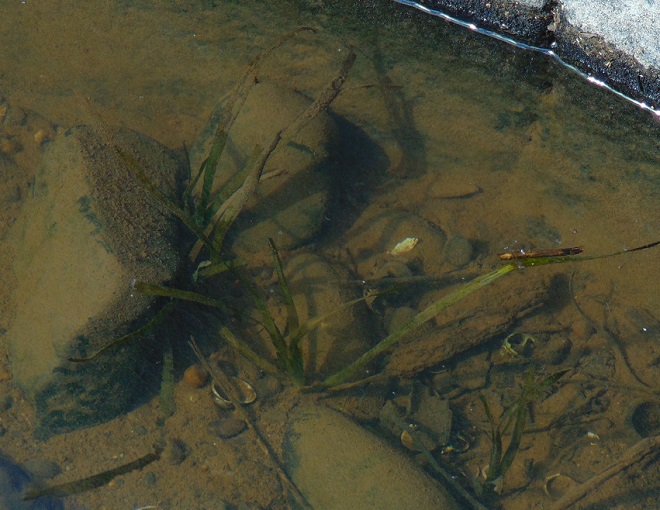
The cool breeze from the north was a perfect fit for today’s migration count. Nocturnal migrants settling down for the day in the Riparian Woodlands at sunrise included more than a dozen warblers and some Gray Catbirds (Dumetella carolinensis). Diurnal migration was underway shortly thereafter.
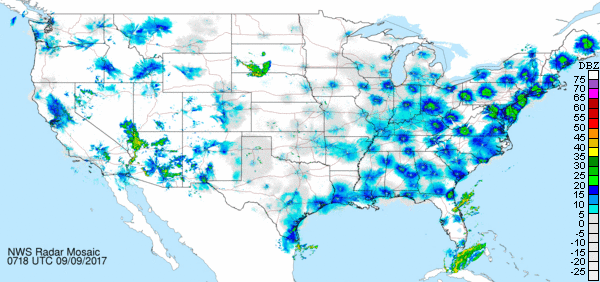
Four Bald Eagles were counted as migrants this morning. Based on plumage, two were first-year eagles (Juvenile) seen up high and flying the river downstream, one was a second-year bird (Basic I) with a jagged-looking wing molt, and a third was probably a fourth year (Basic III) eagle looking much like an adult with the exception of a black terminal band on the tail. These birds were the only ones which could safely be differentiated from the seven or more Bald Eagles of varying ages found within the past few weeks to be lingering at Conewago Falls. There were as many as a dozen eagles which appeared to be moving through the falls area that may have been migrating, but the four counted were the only ones readily separable from the locals.
Red-tailed Hawks (Buteo jamaicensis) were observed riding the wind to journey not on a course following the river, but flying across it and riding the updraft on the York Haven Diabase ridge from northeast to southwest.
Bank Swallows (Riparia riparia) seem to have moved on. None were discovered among the swarms of other species today.
Ruby-throated Hummingbirds, Caspian Terns, Cedar Waxwings (Bombycilla cedrorum), and Chimney Swifts (Chaetura pelagica) were migrating today, as were Monarch butterflies.
Not migrating, but always fun to have around, all four wise guys were here today. I’m referring to the four members of the Corvid family regularly found in the Mid-Atlantic states: Blue Jay (Cyanocitta cristata), American Crow (Corvus brachyrhynchos), Fish Crow (Corvus ossifragus), and Common Raven (Corvus corax).
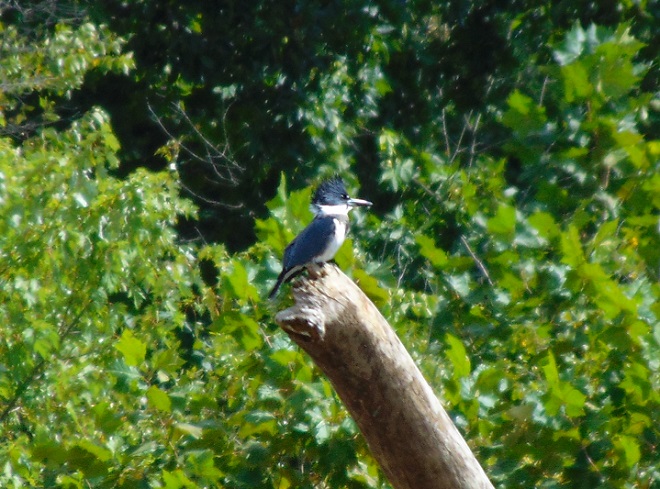

SOURCES
Klots, Elsie B. 1966. The New Field Book of Freshwater Life. G. P. Putnam’s Sons. New York, NY.

